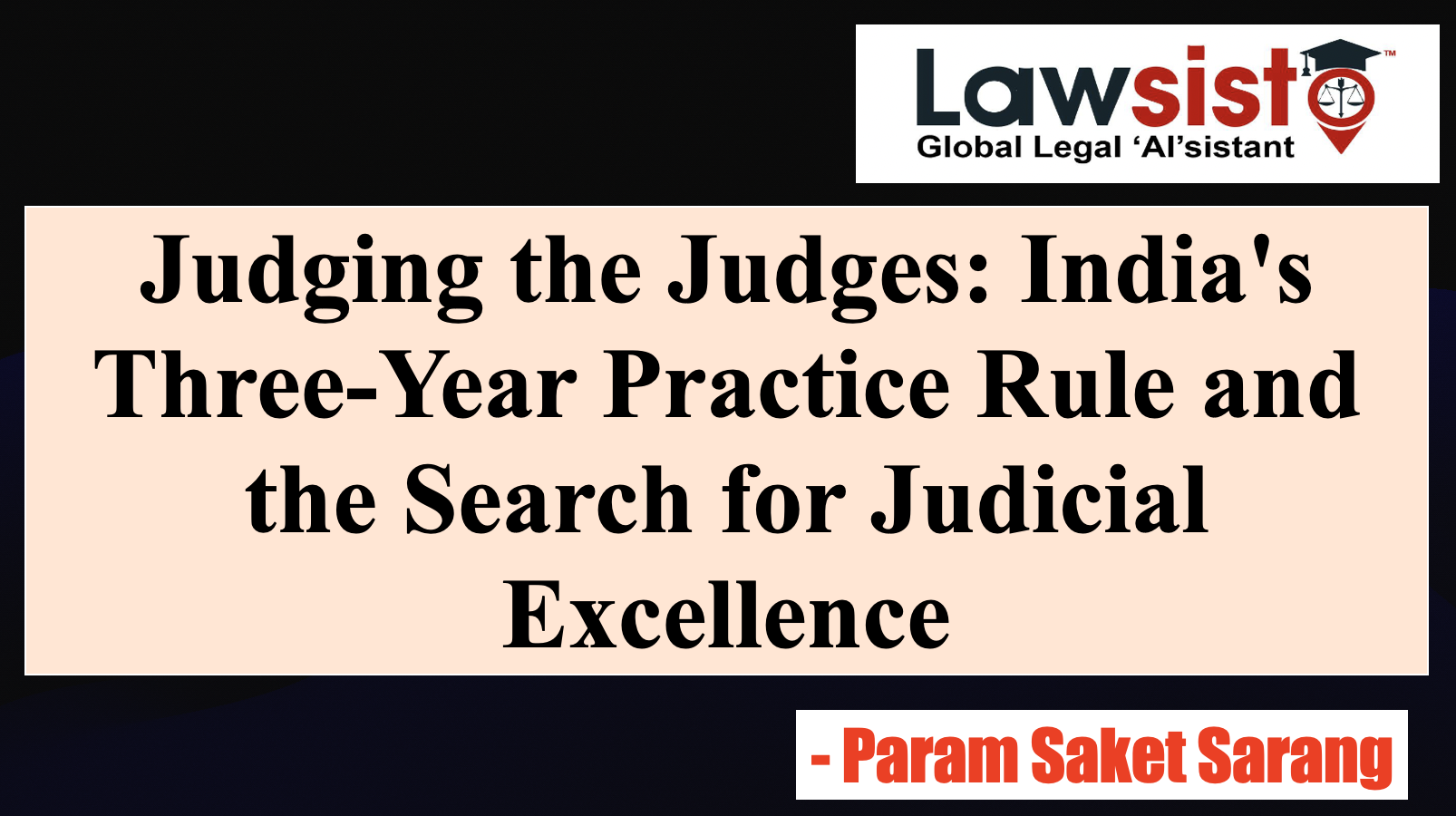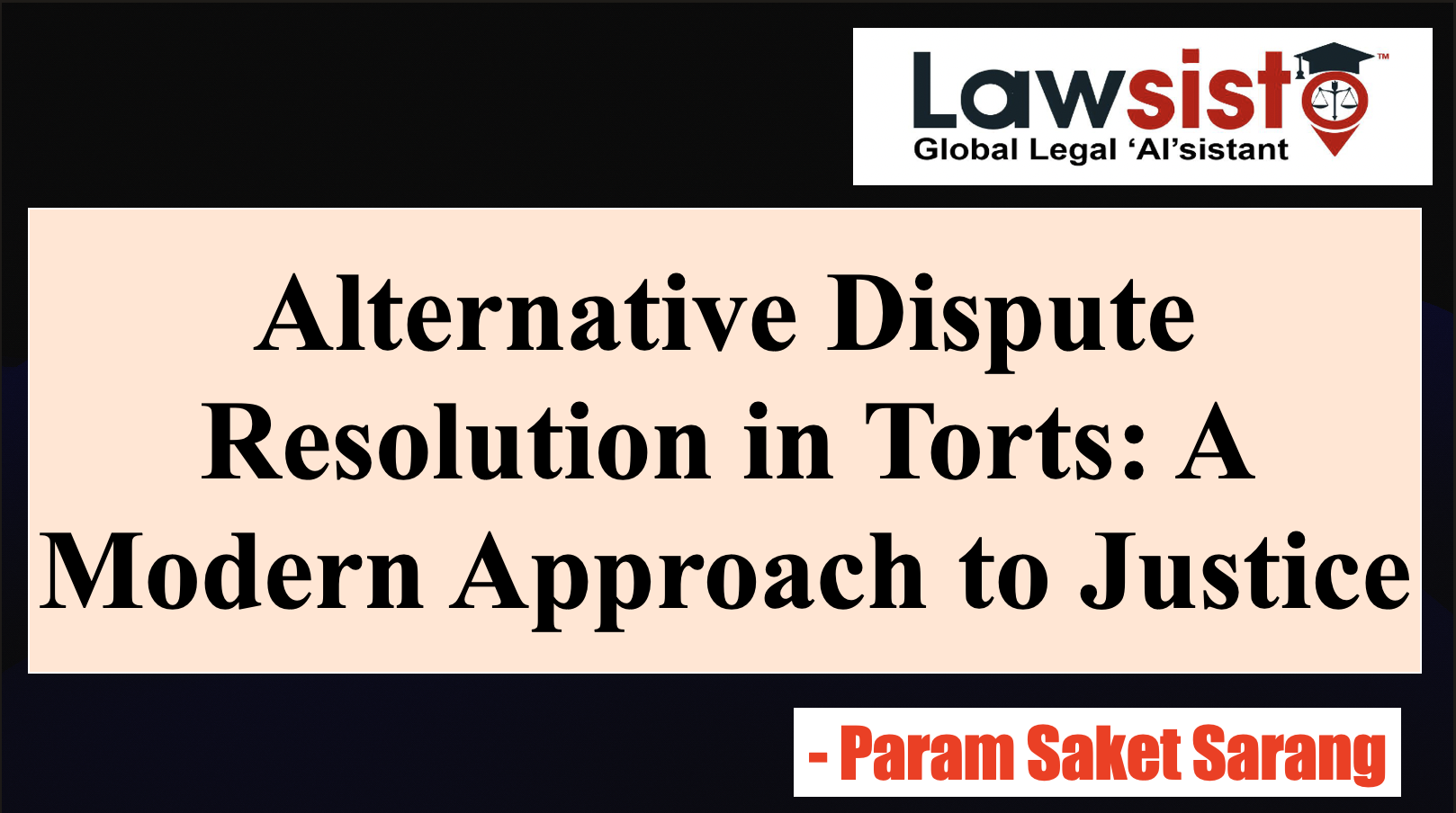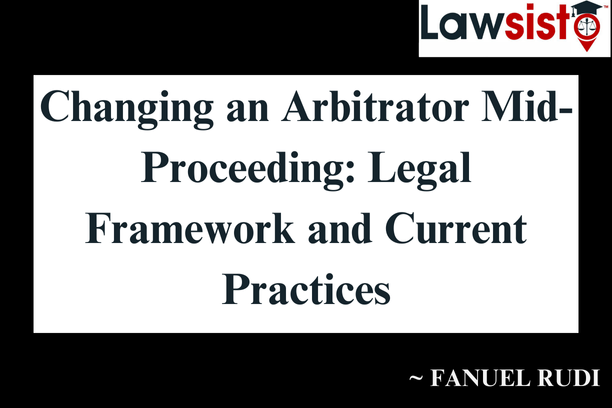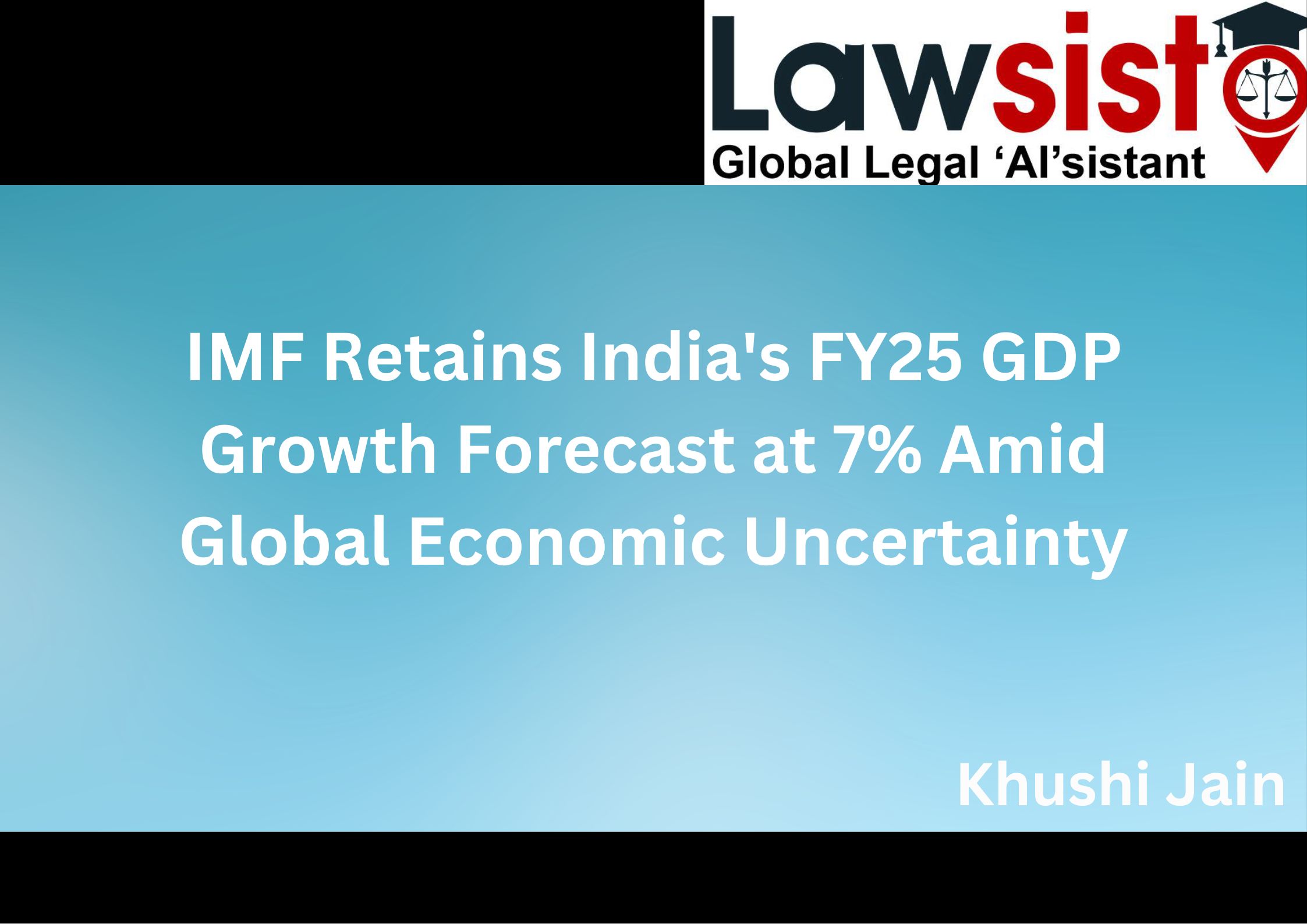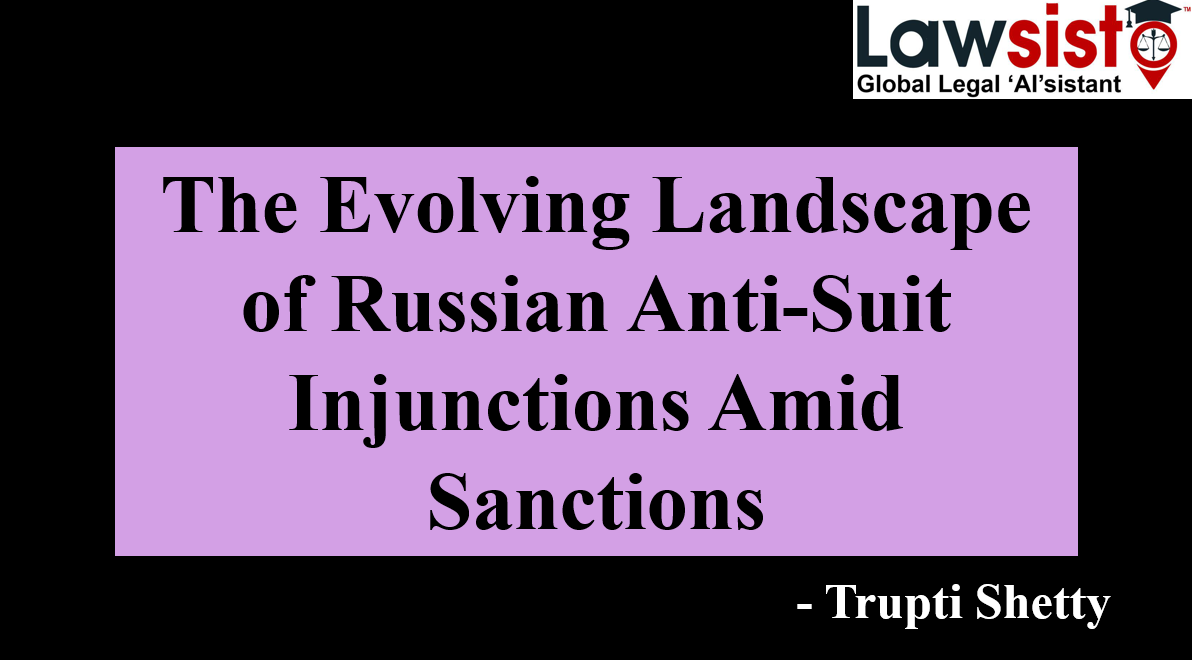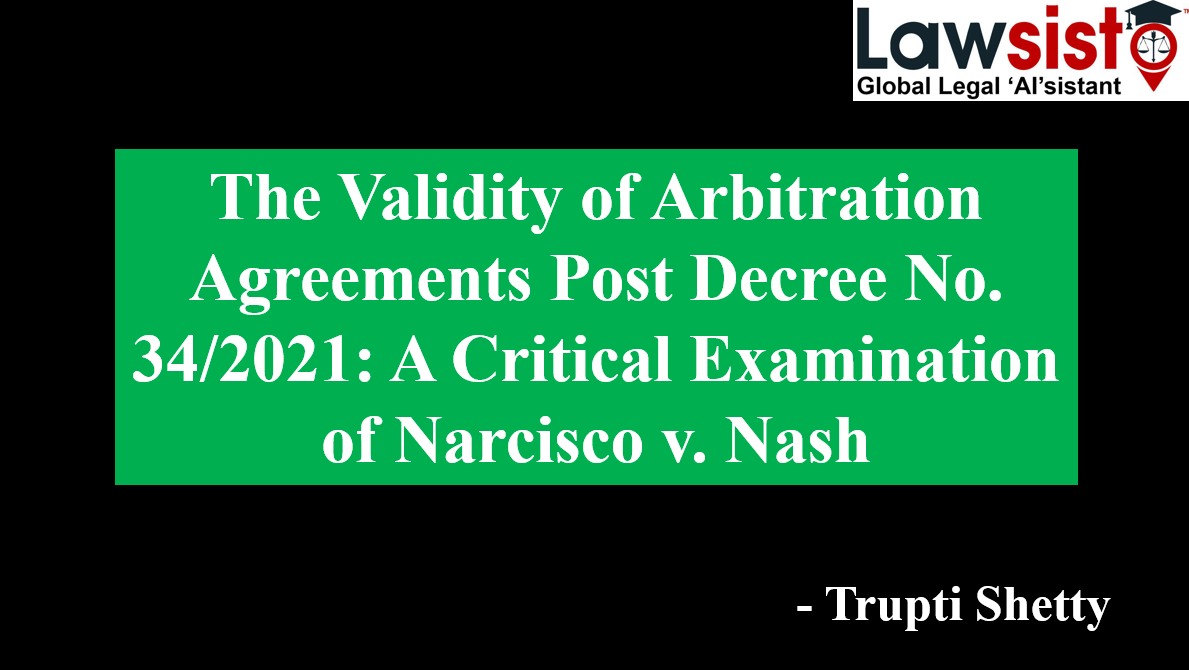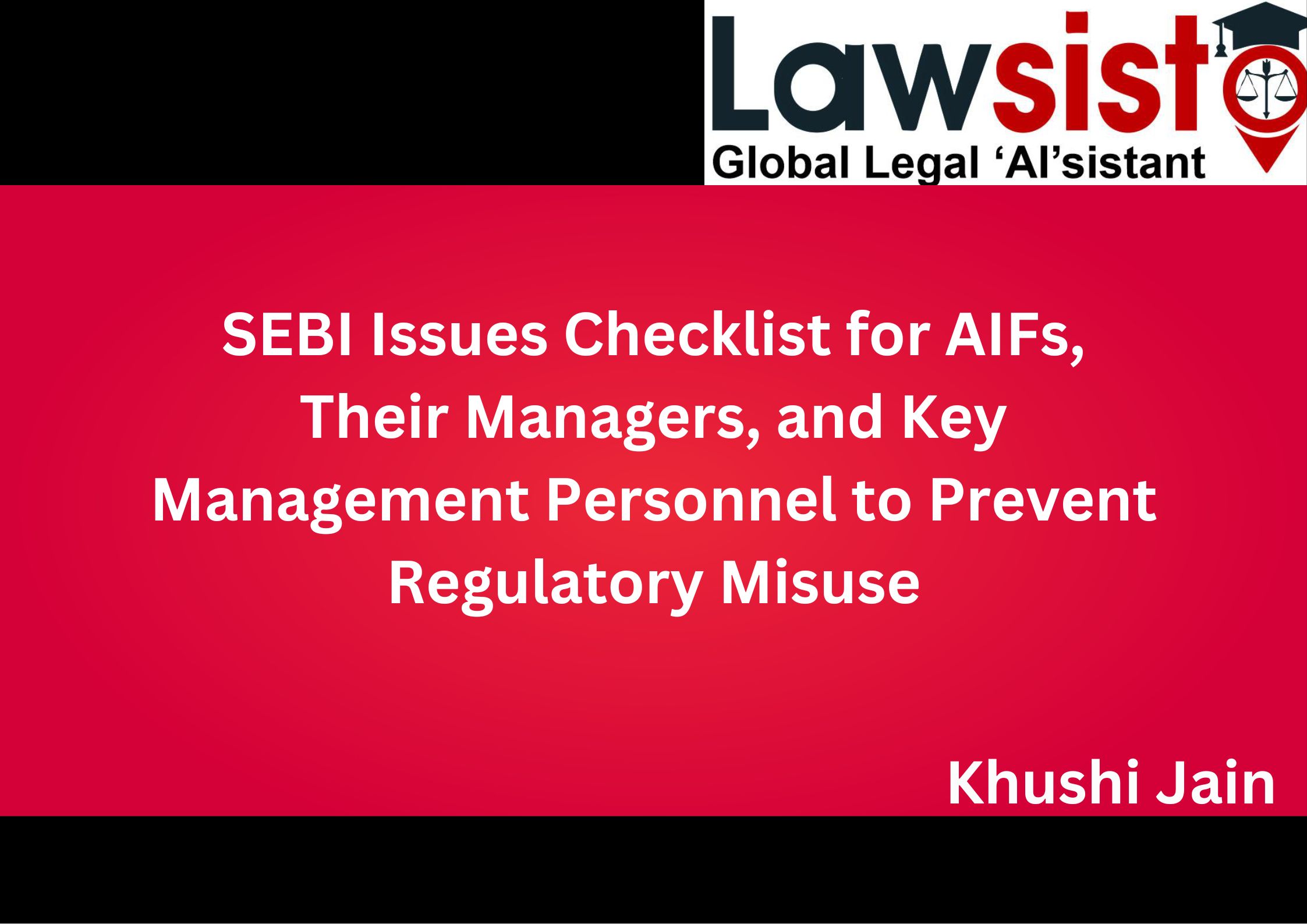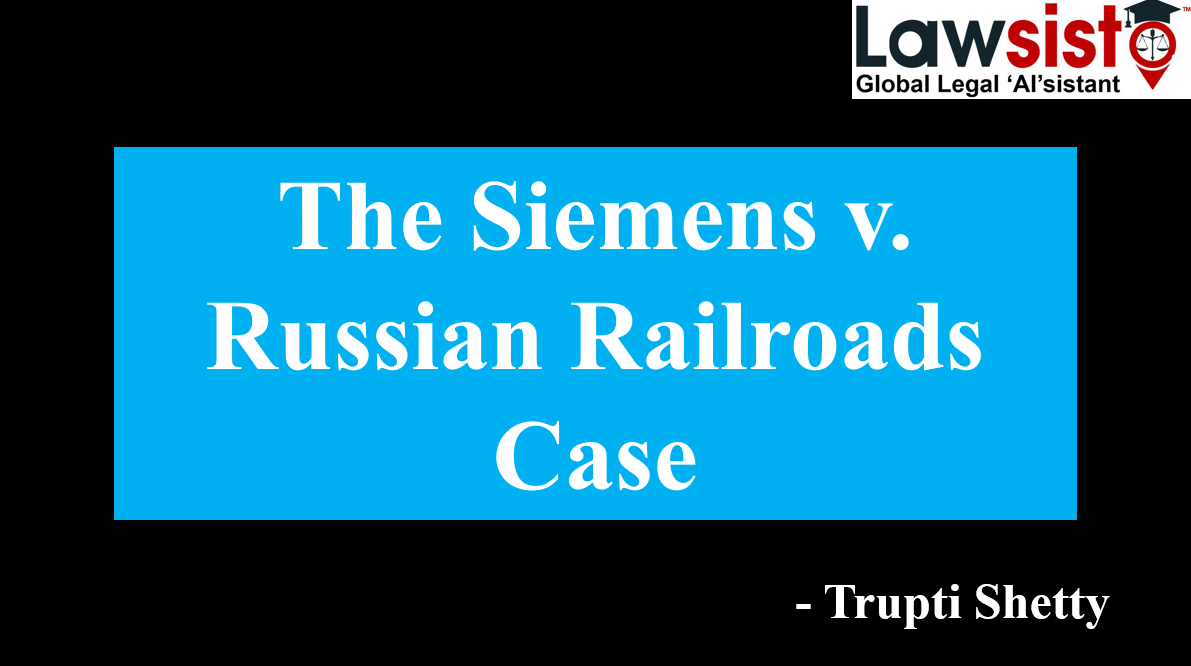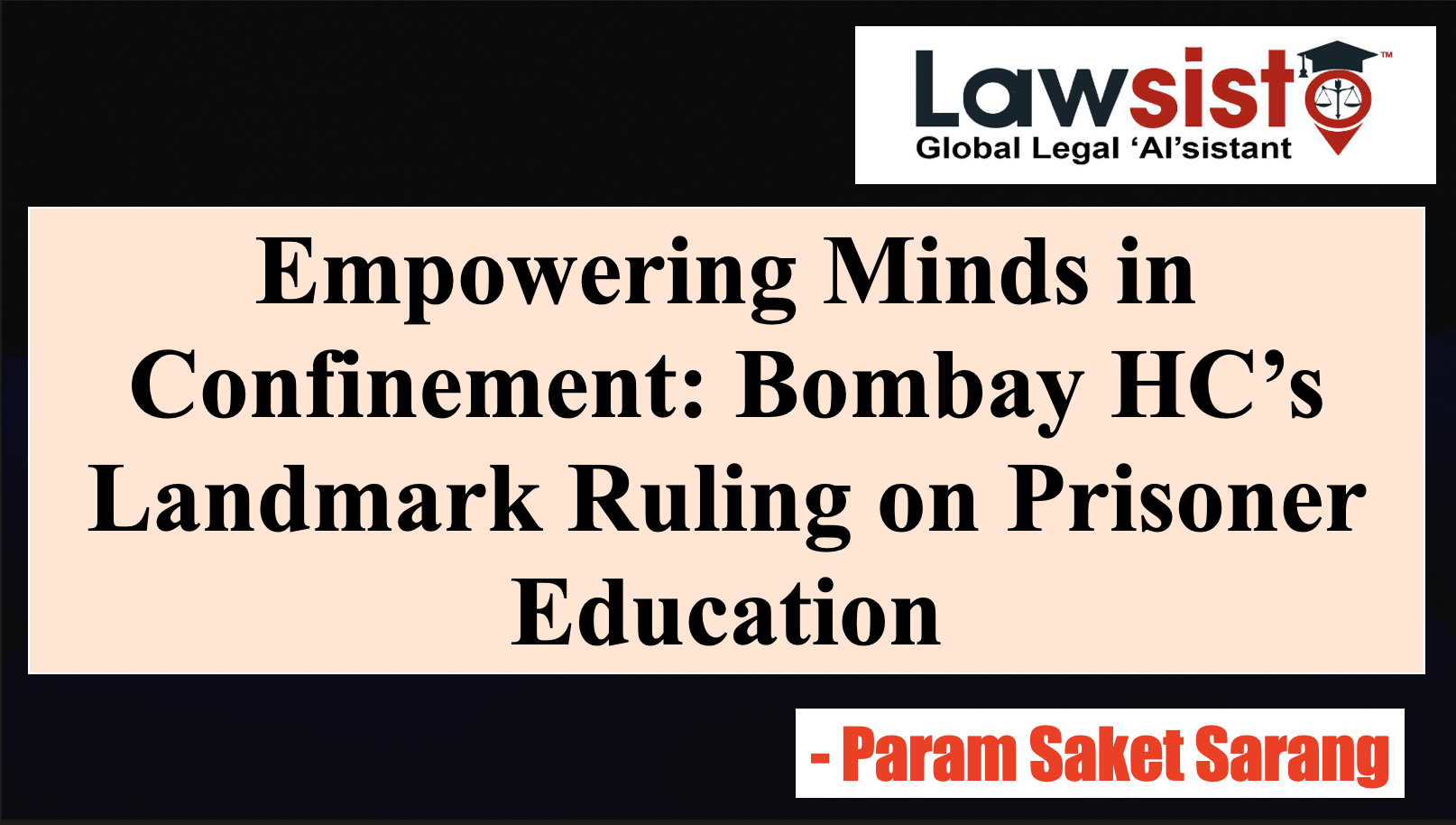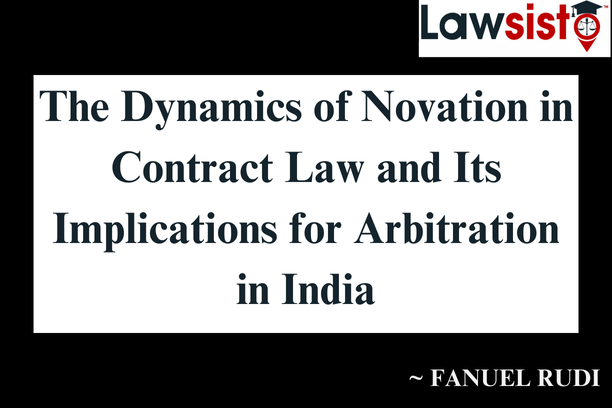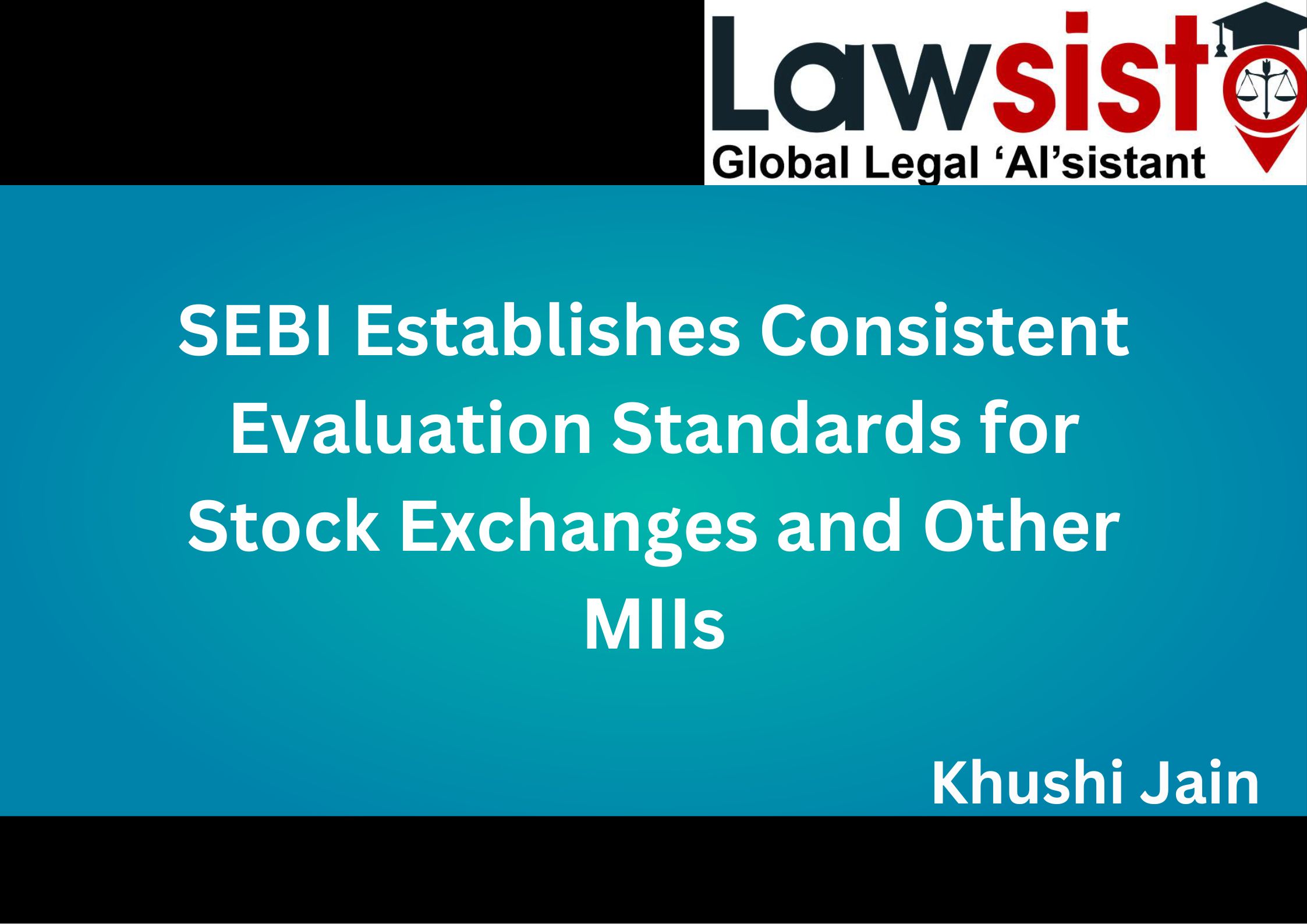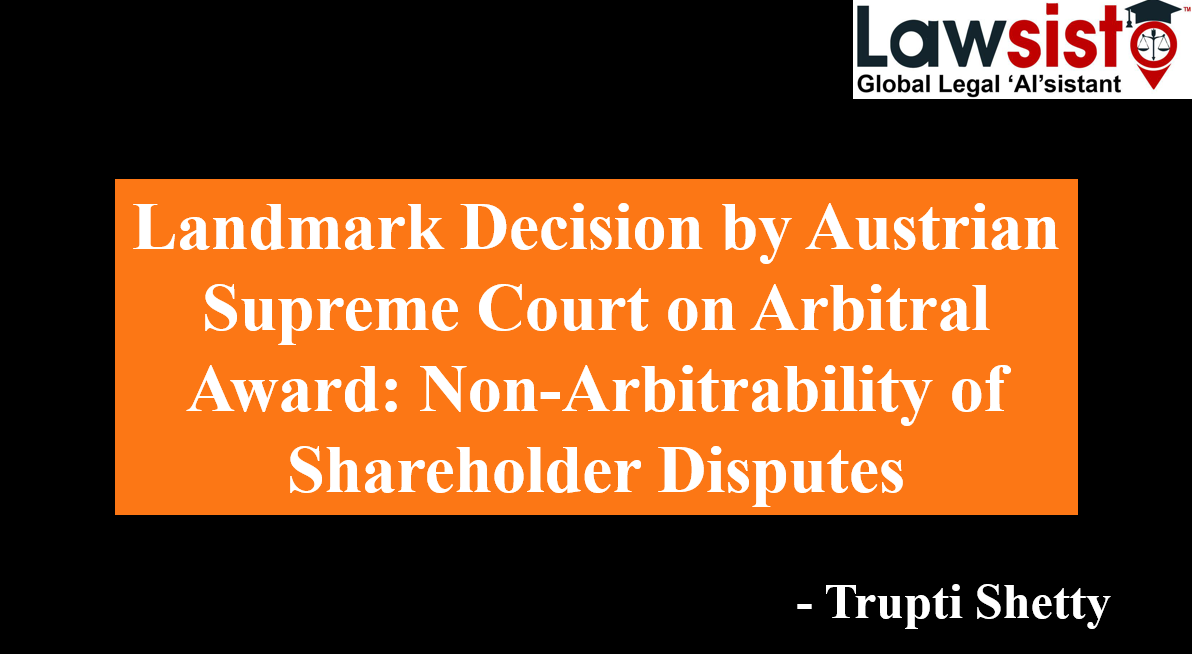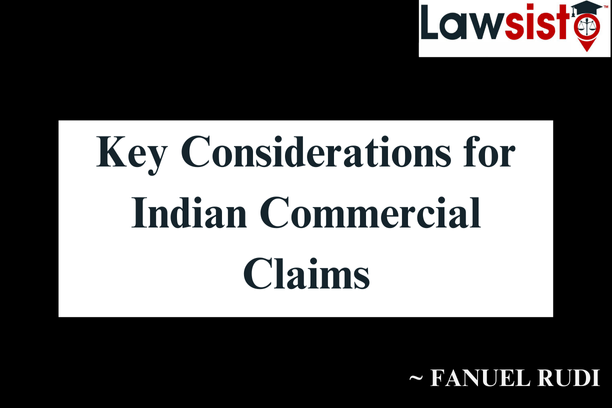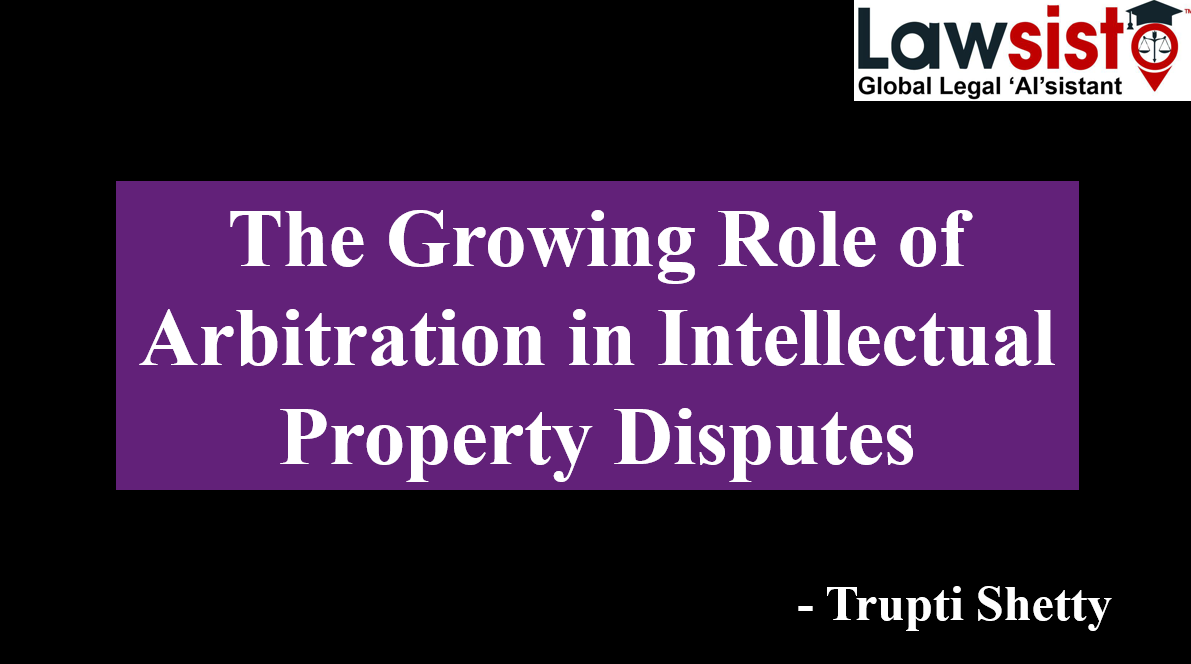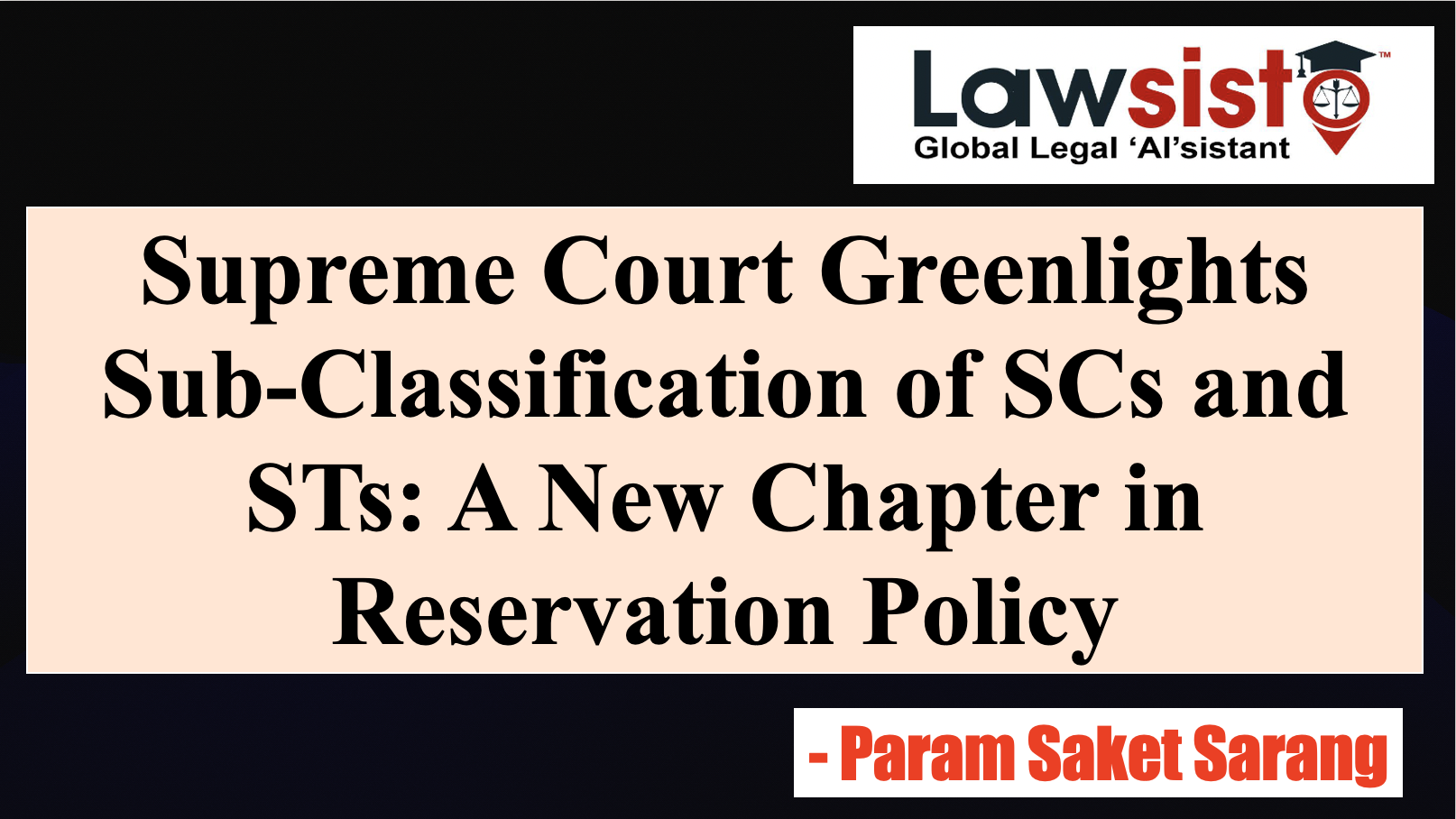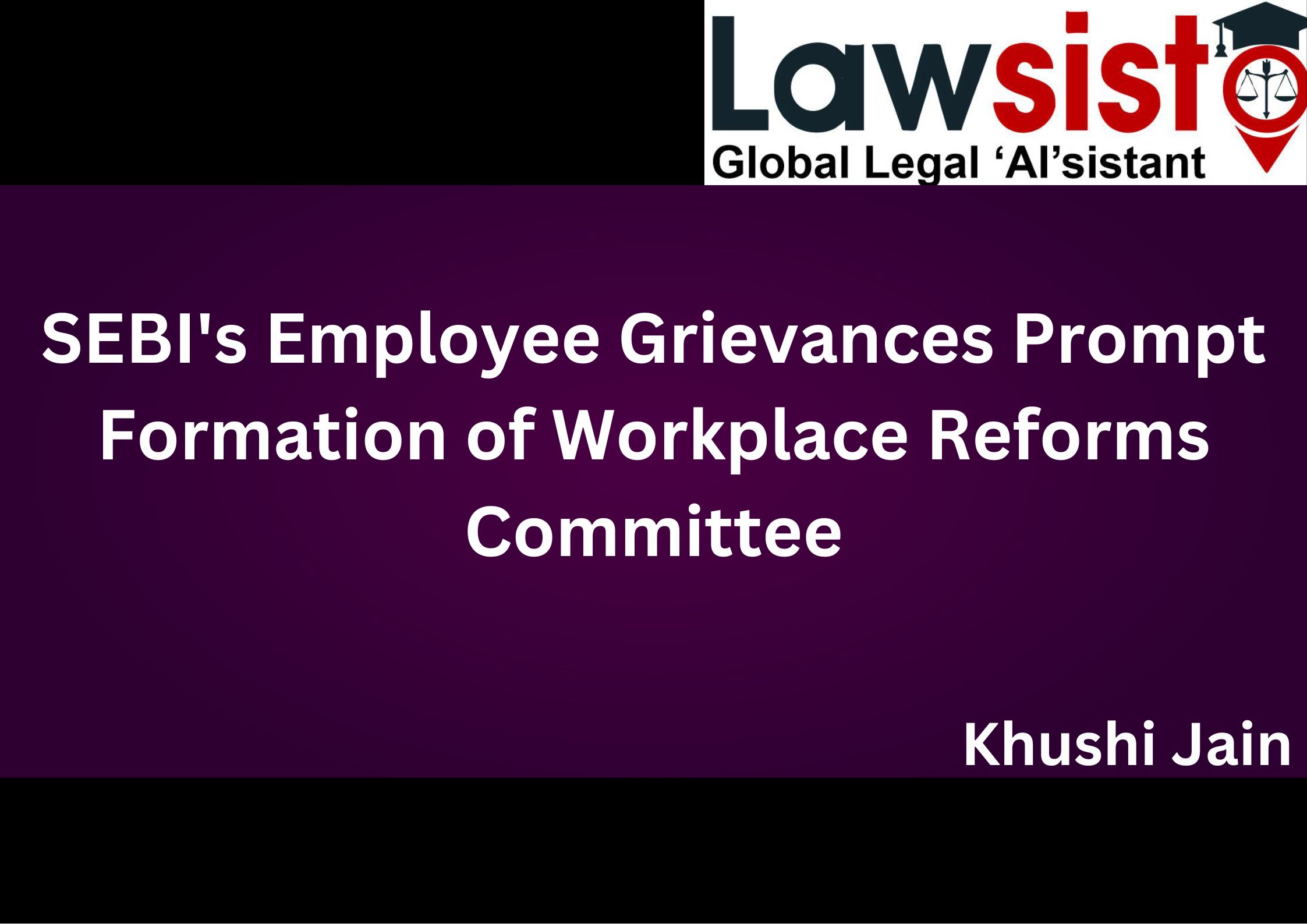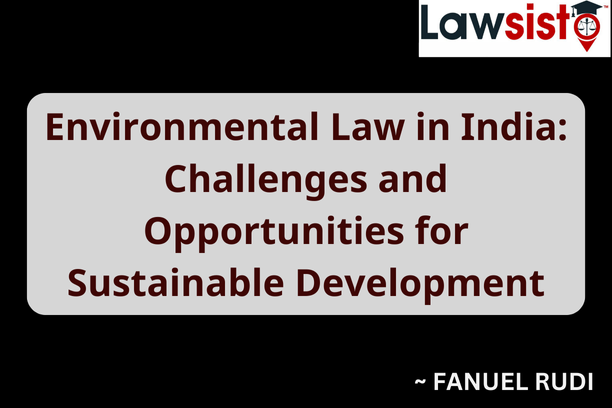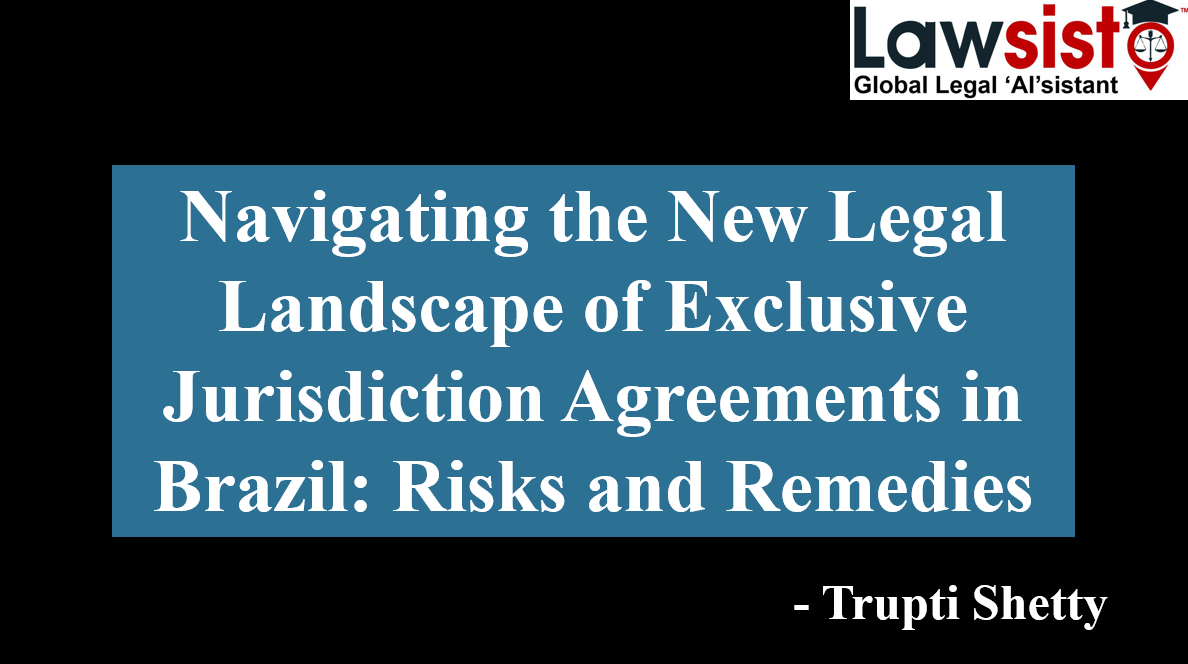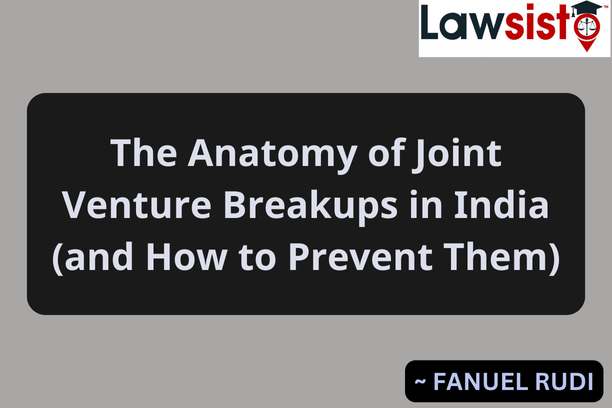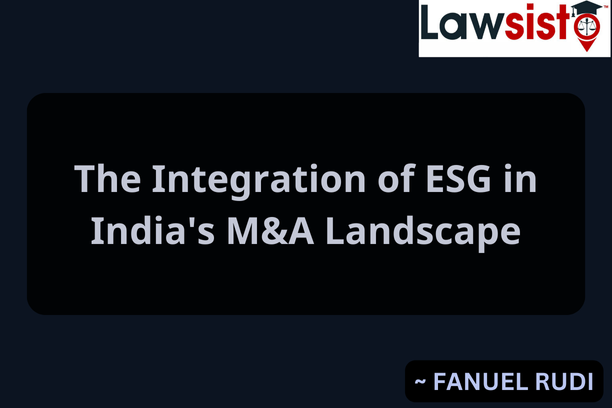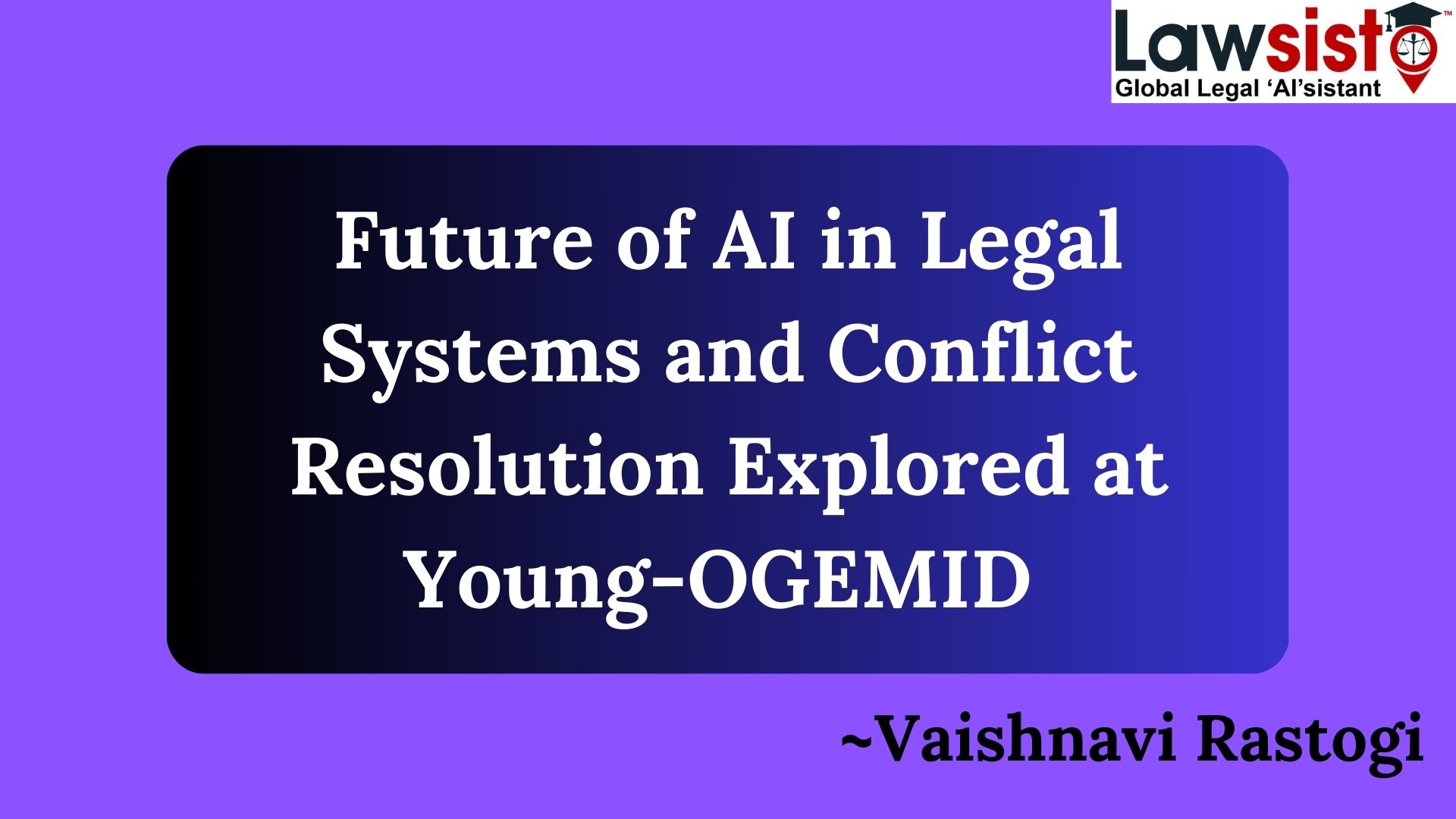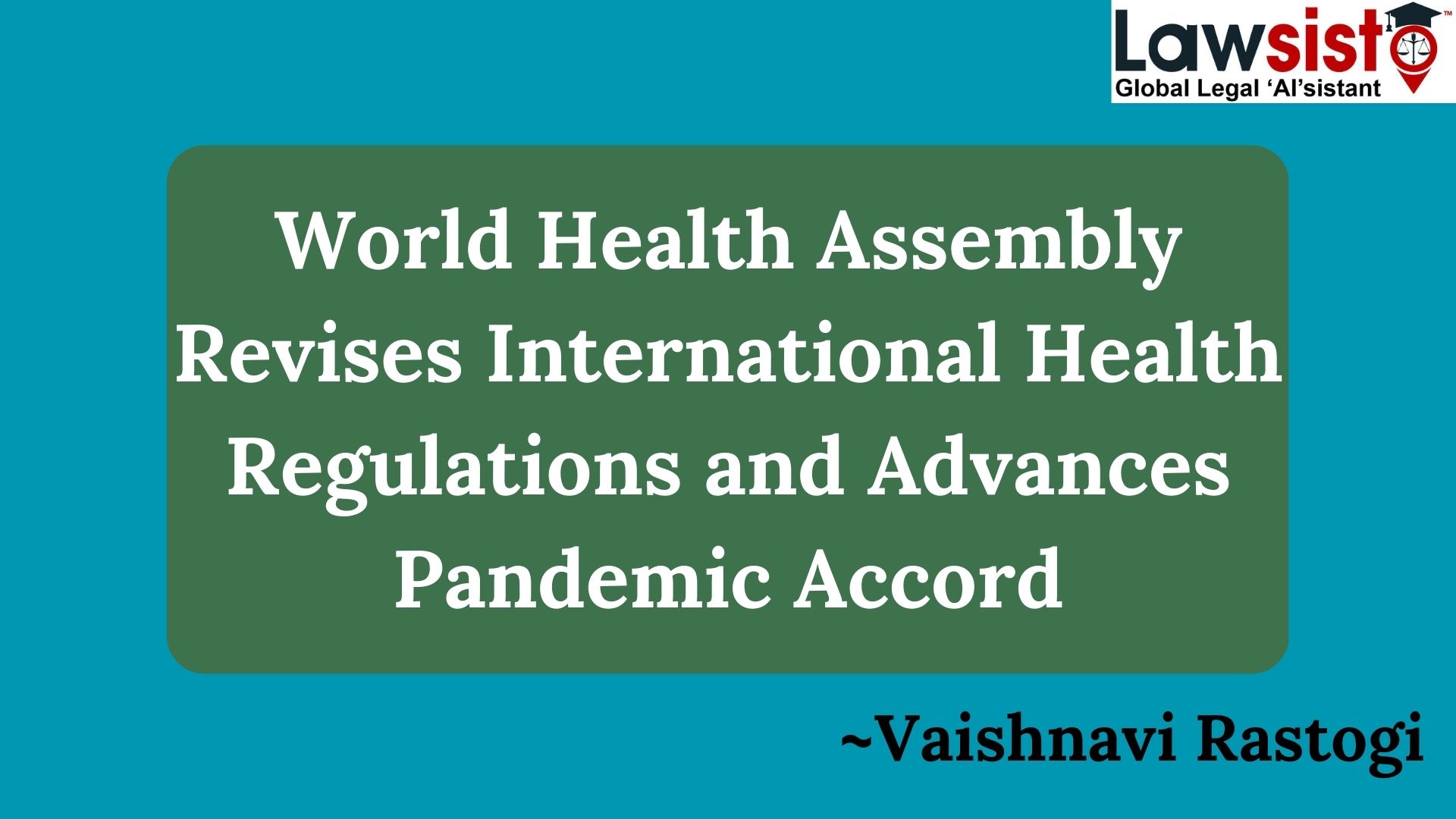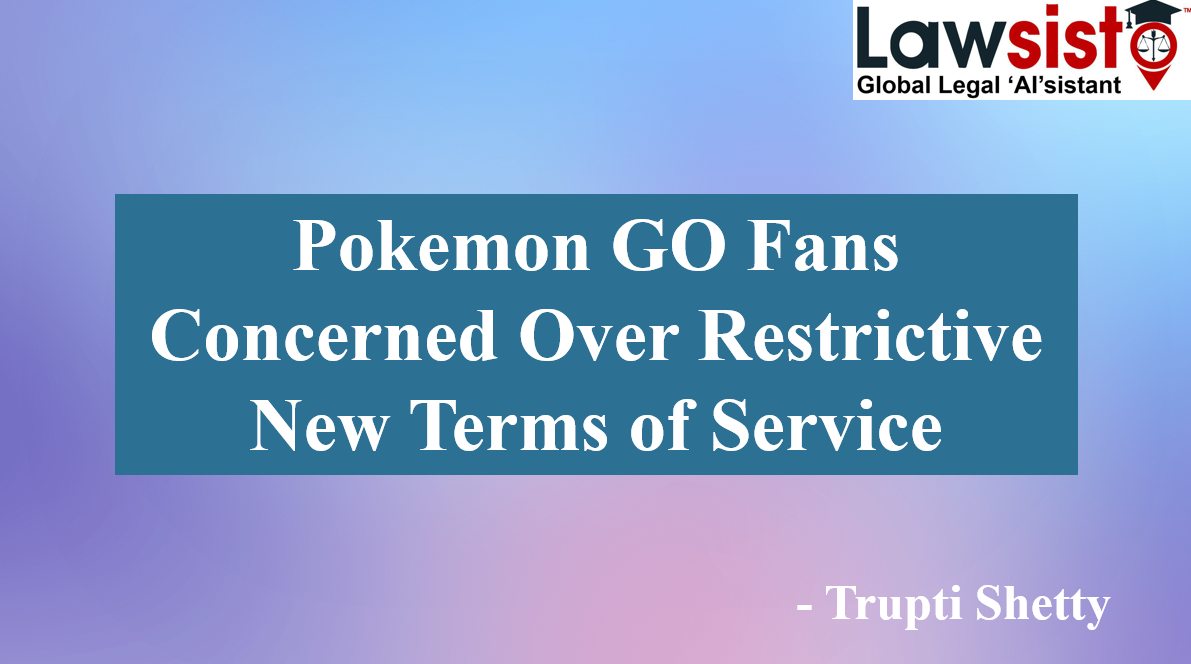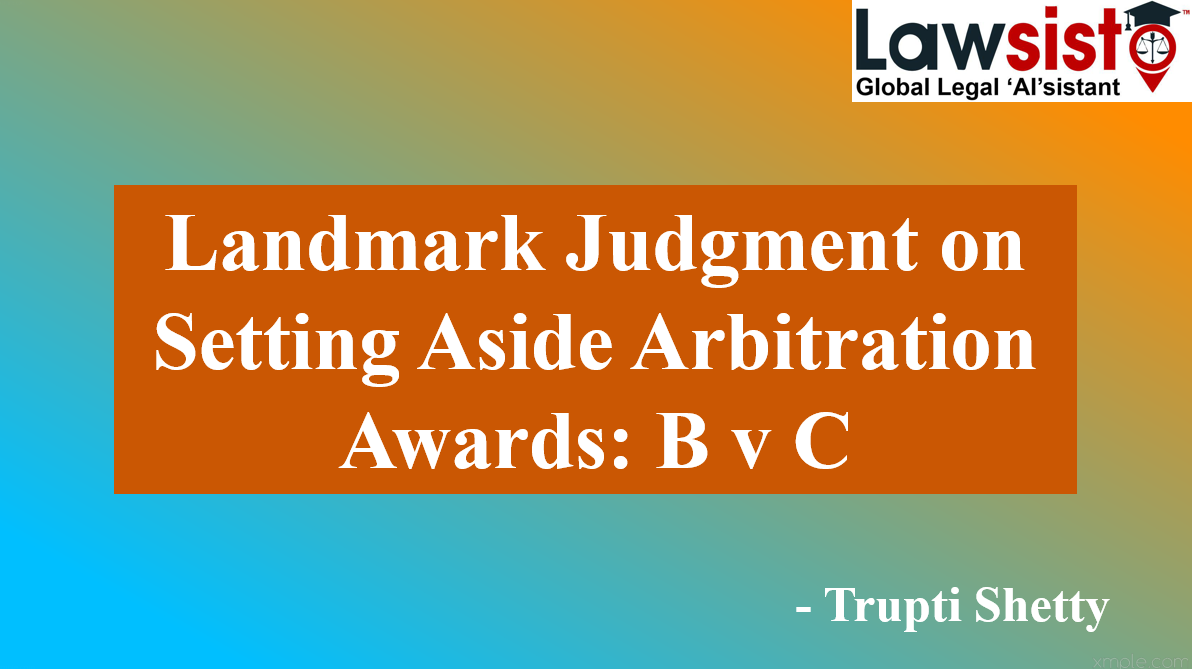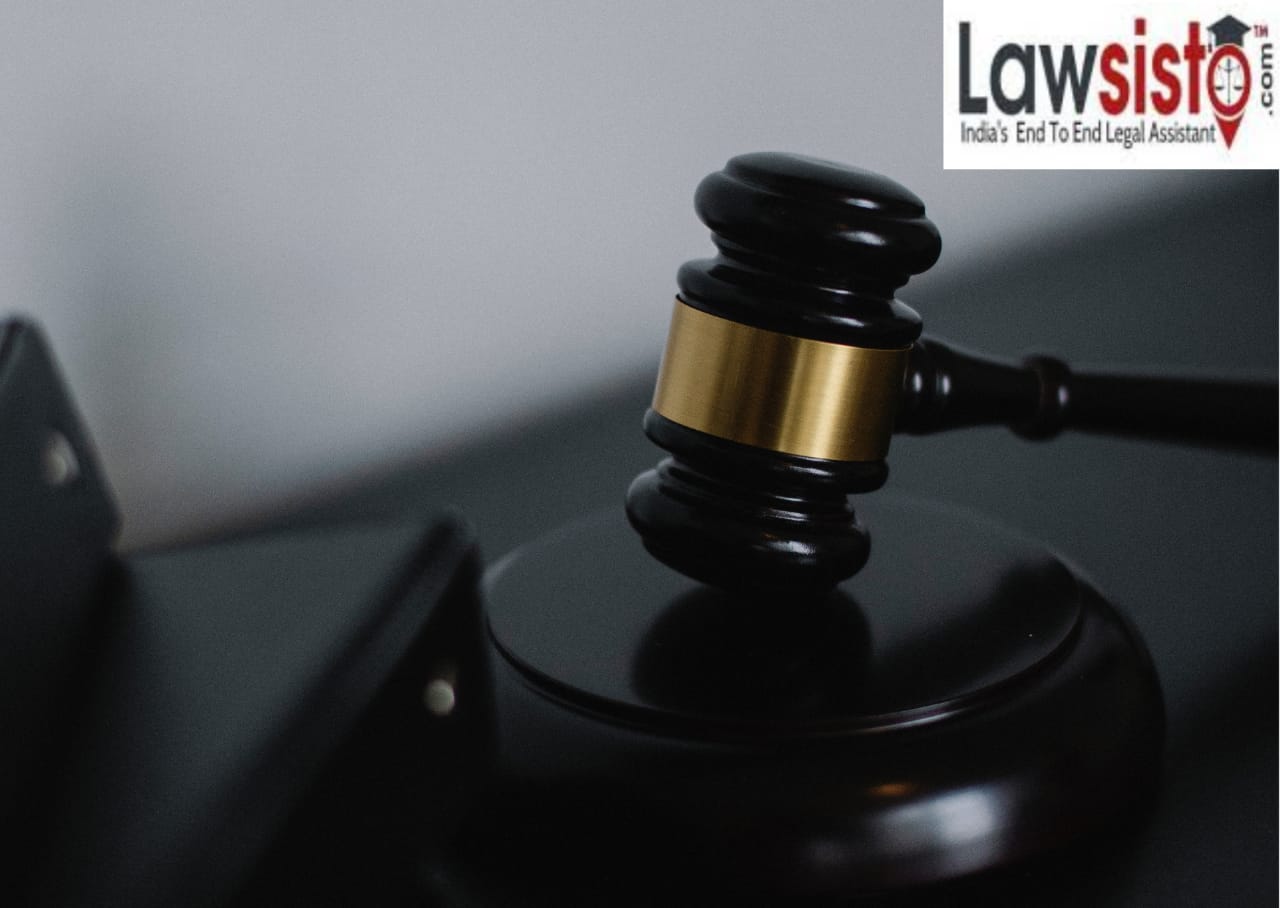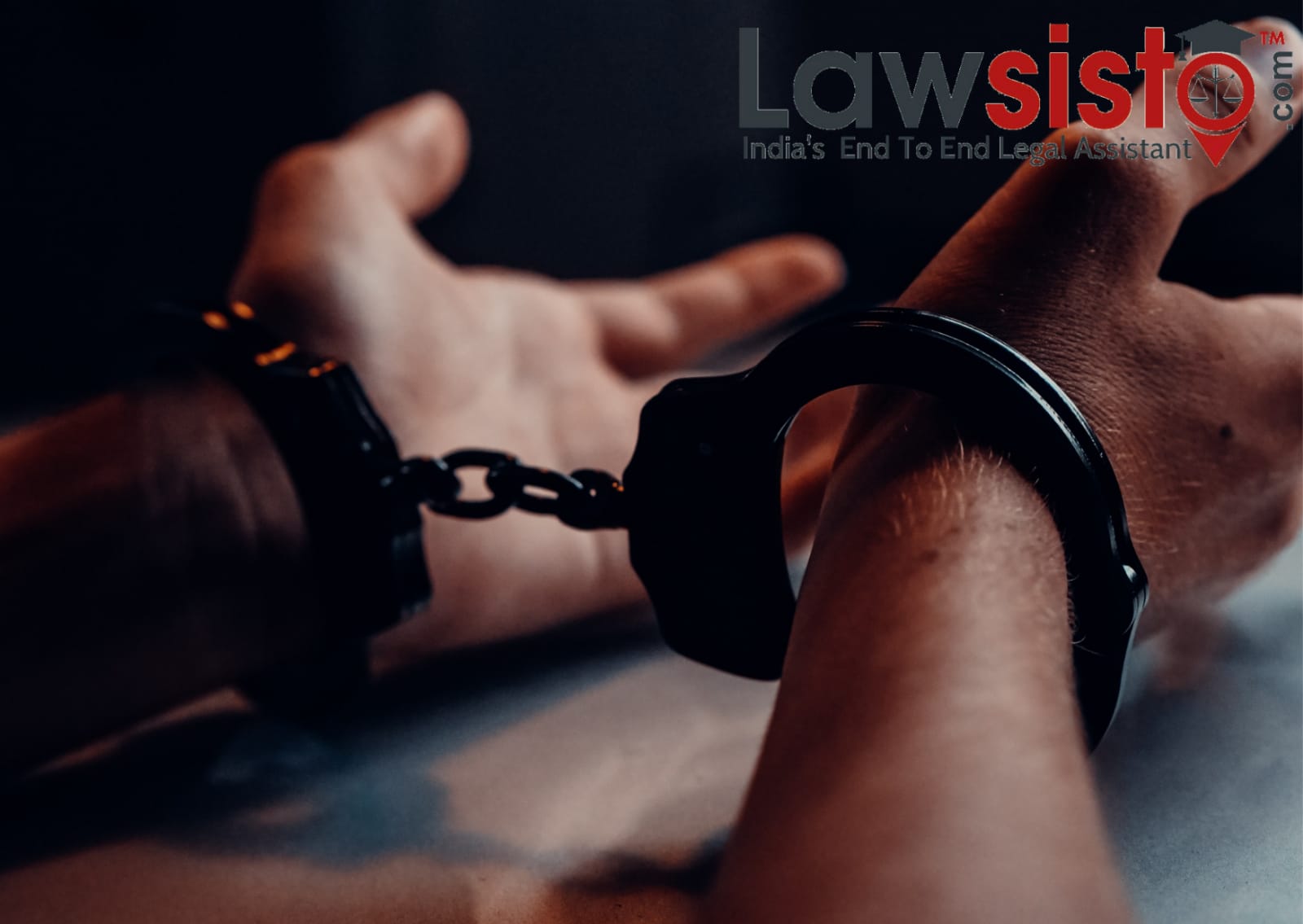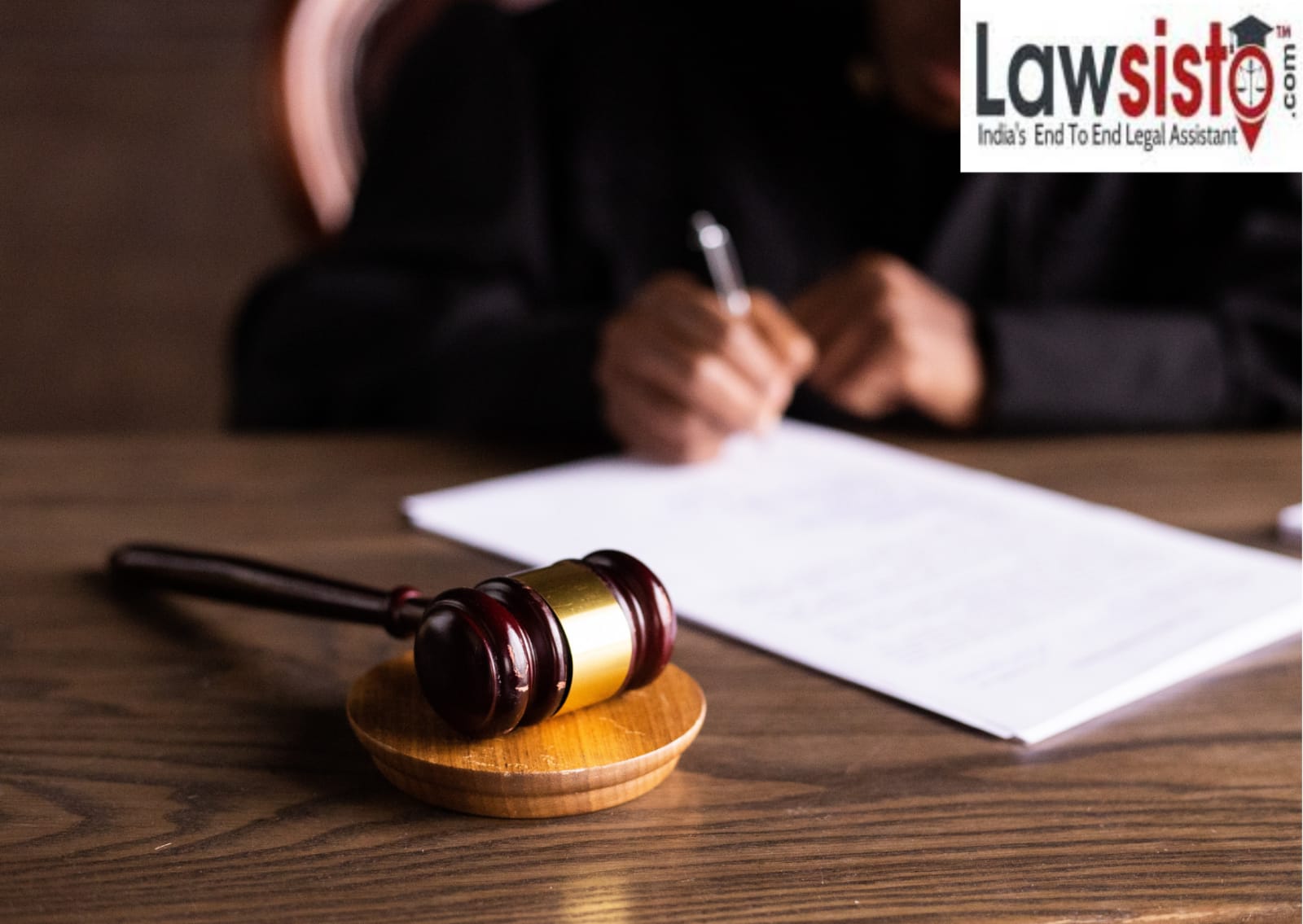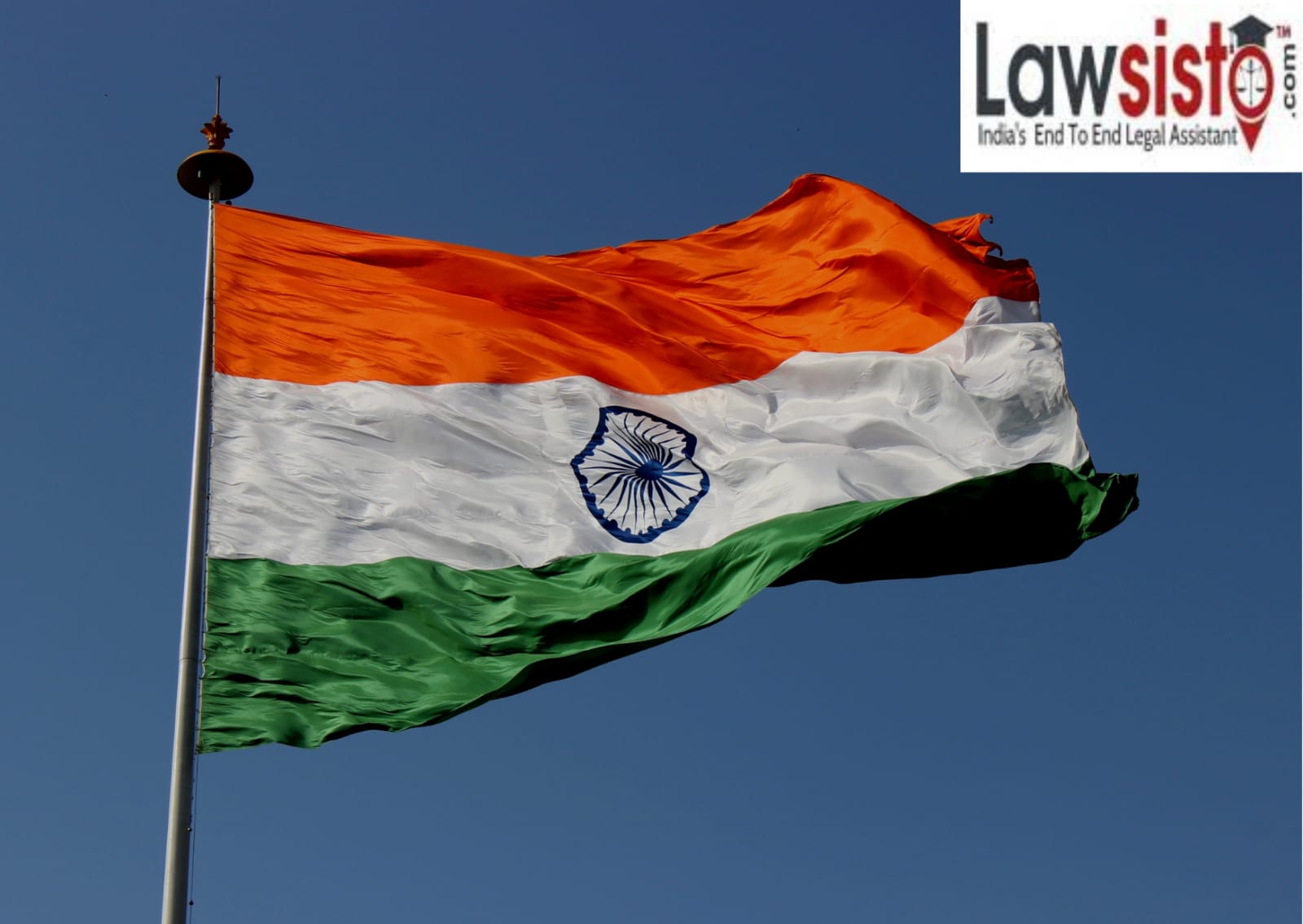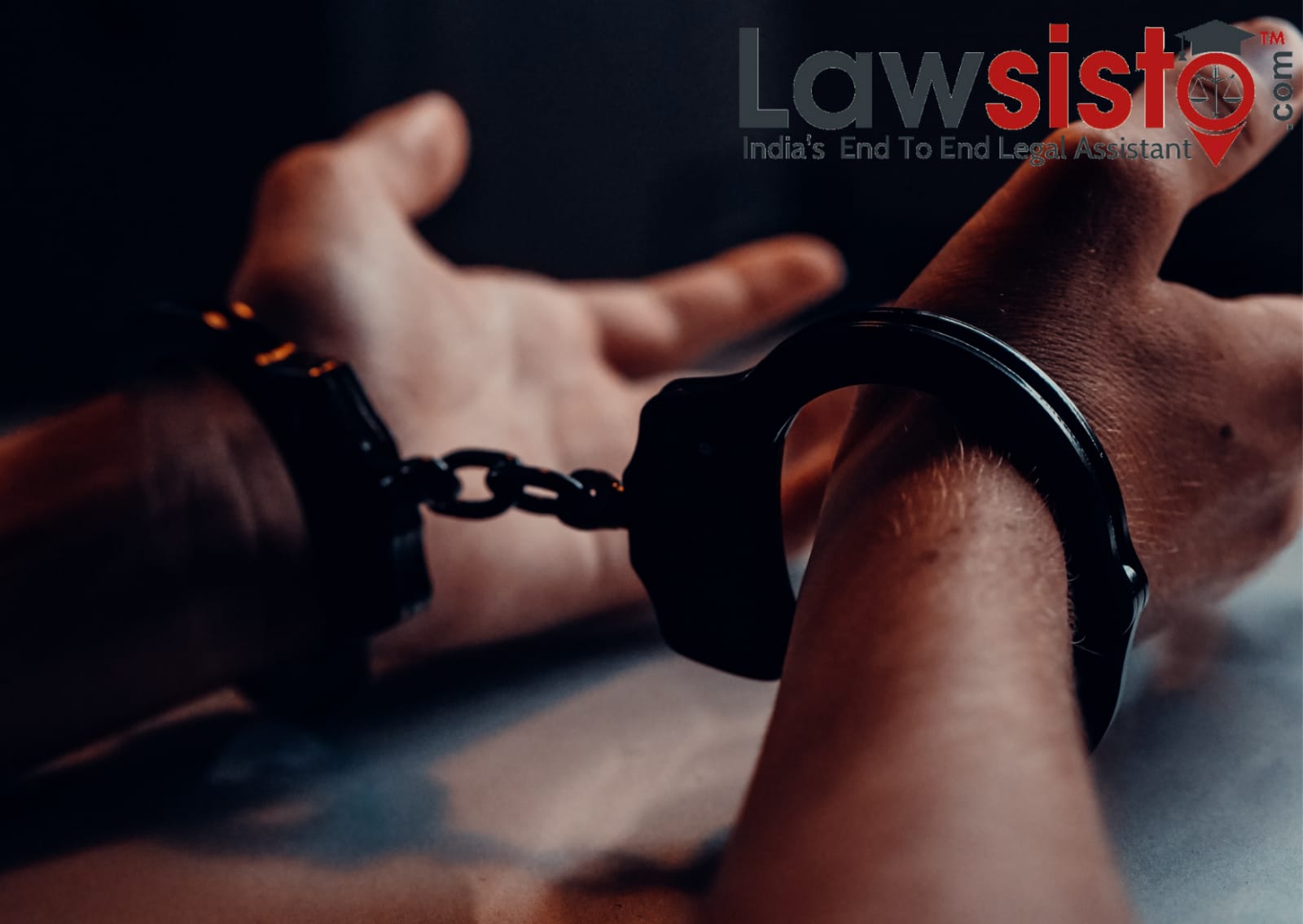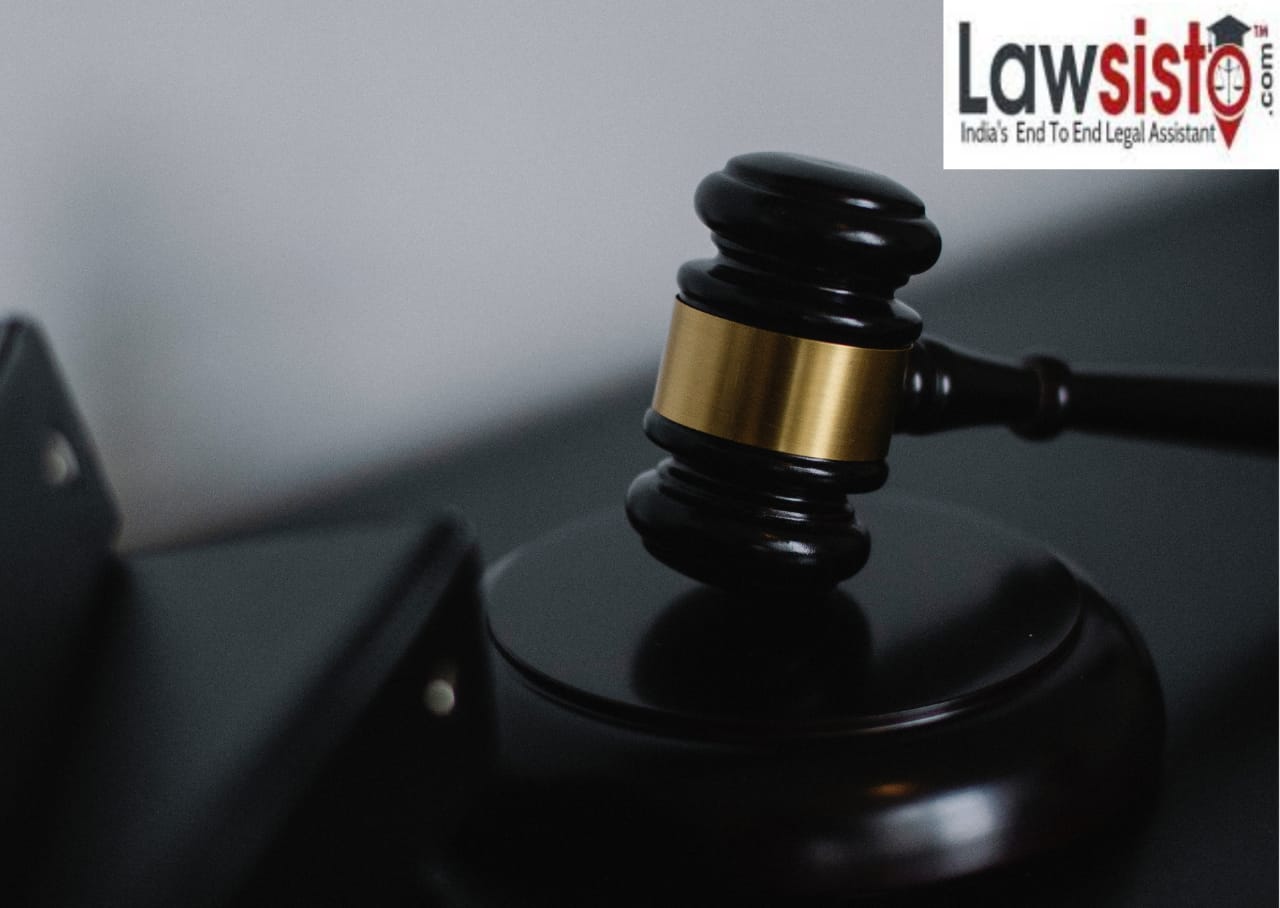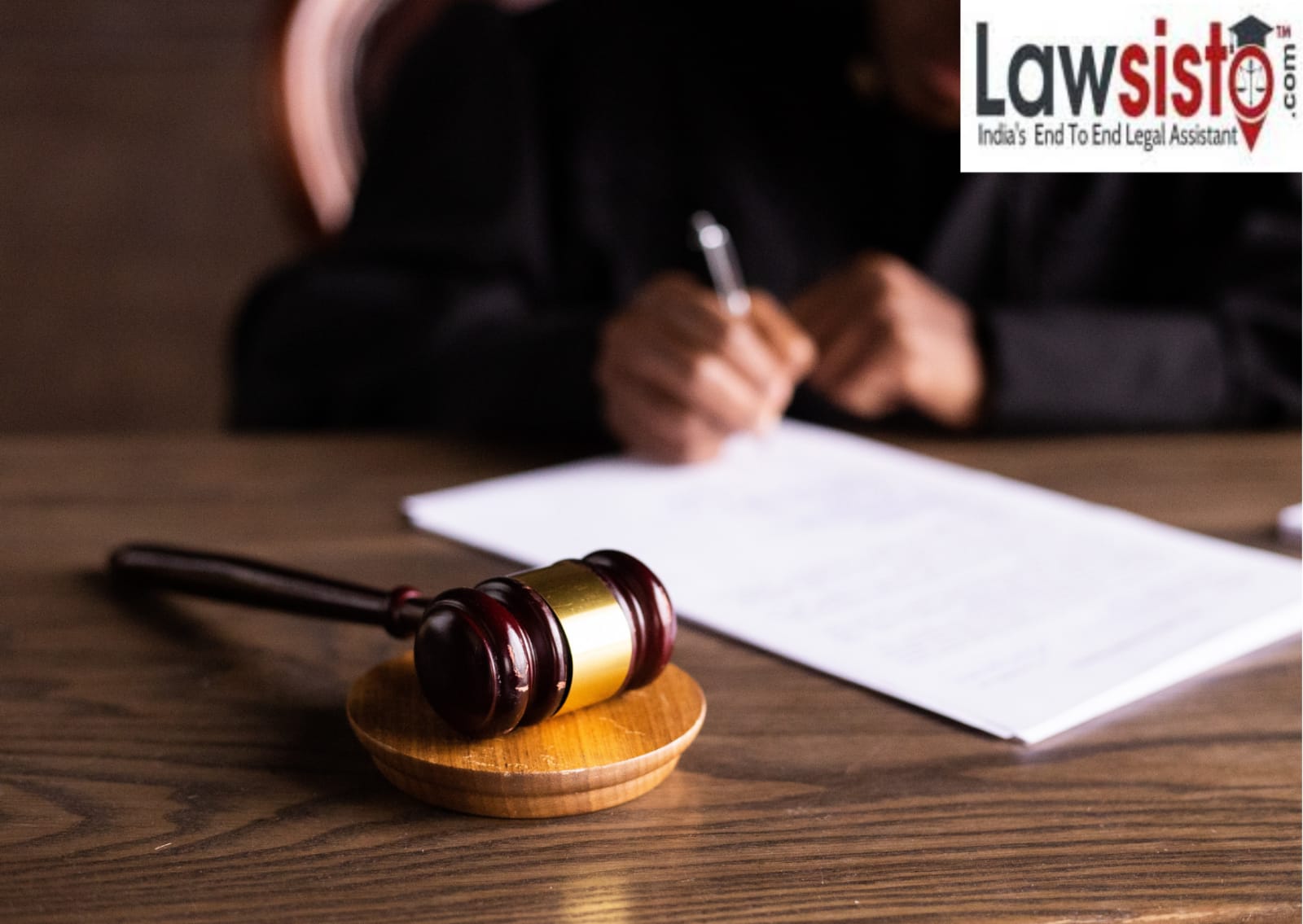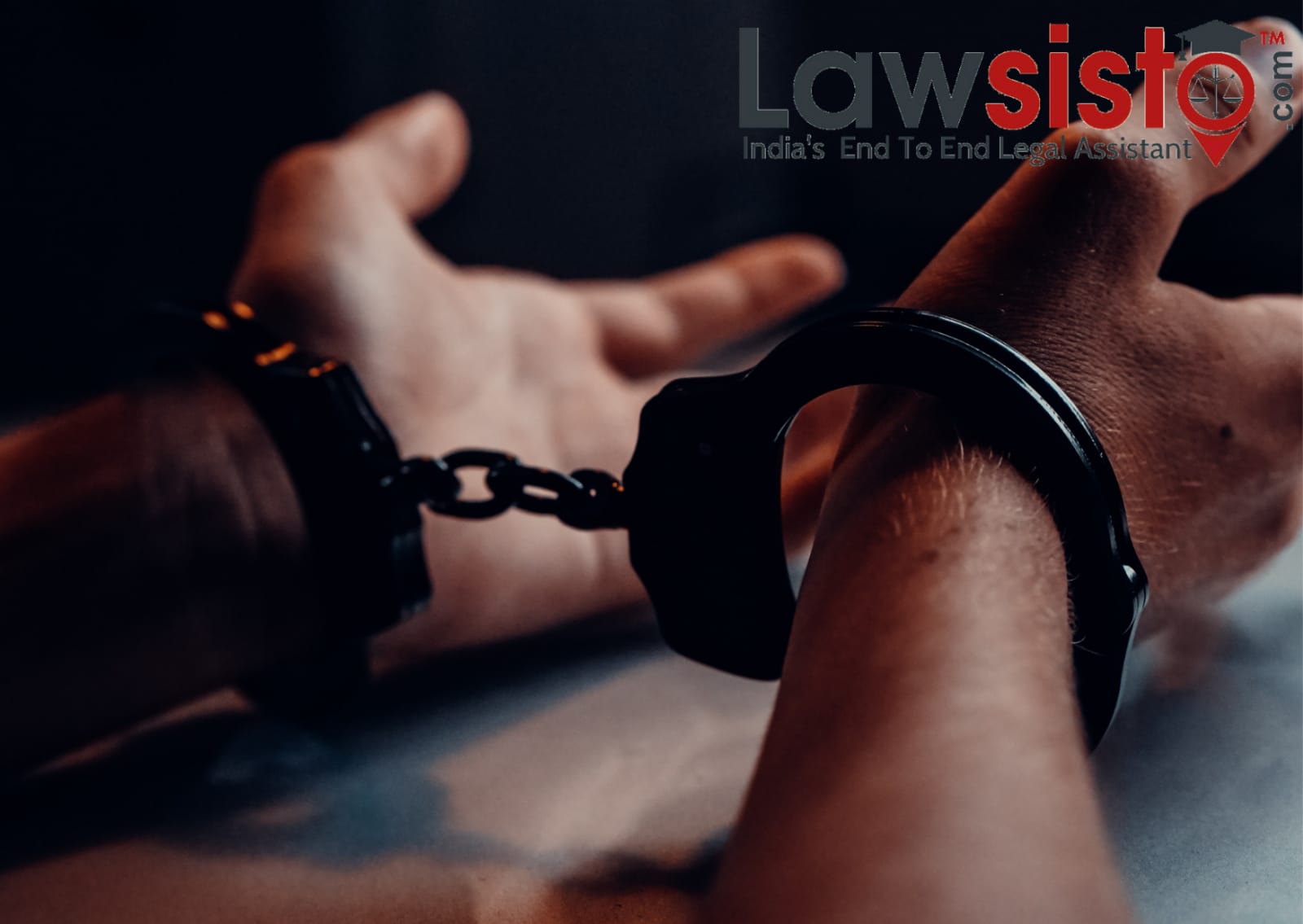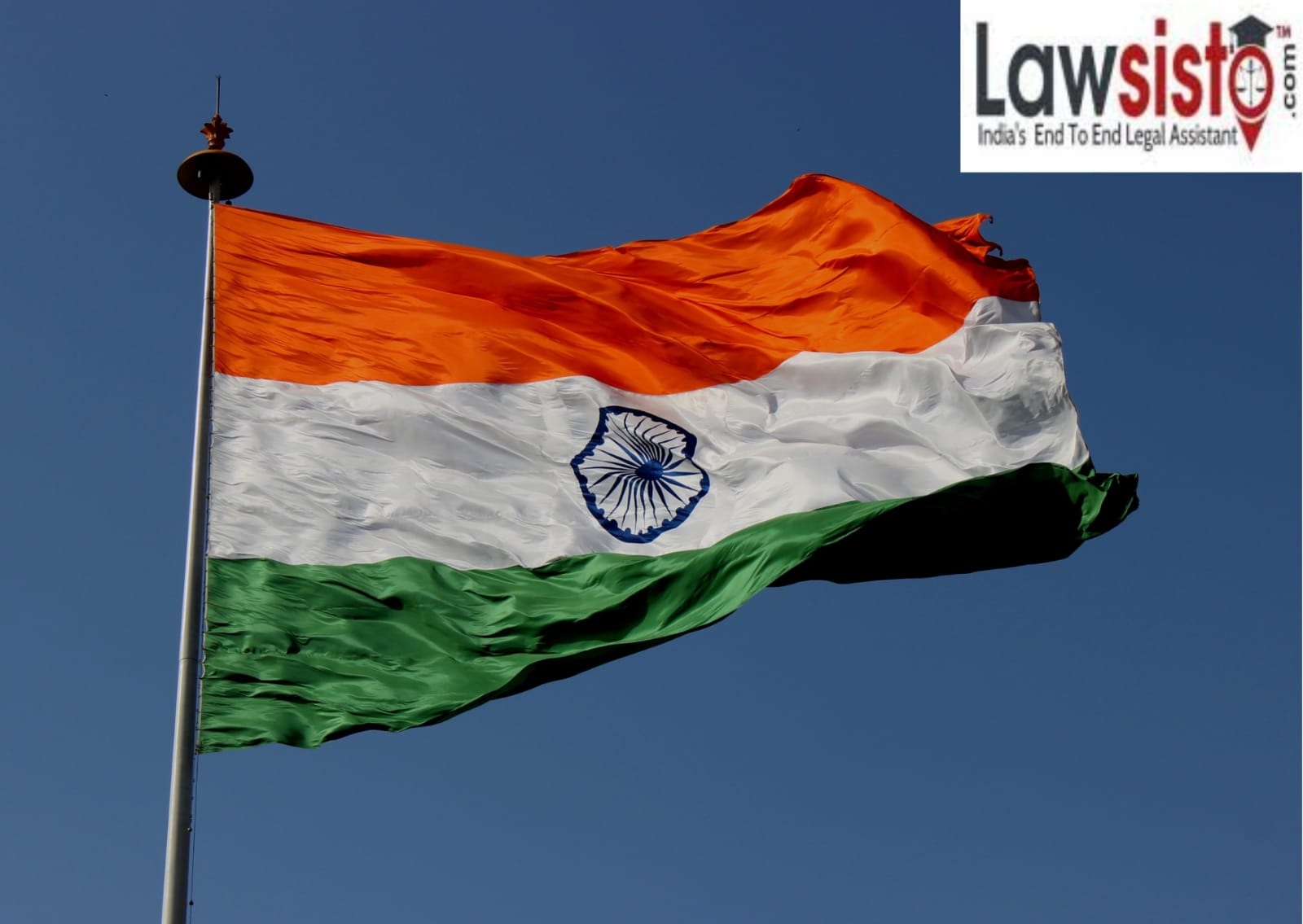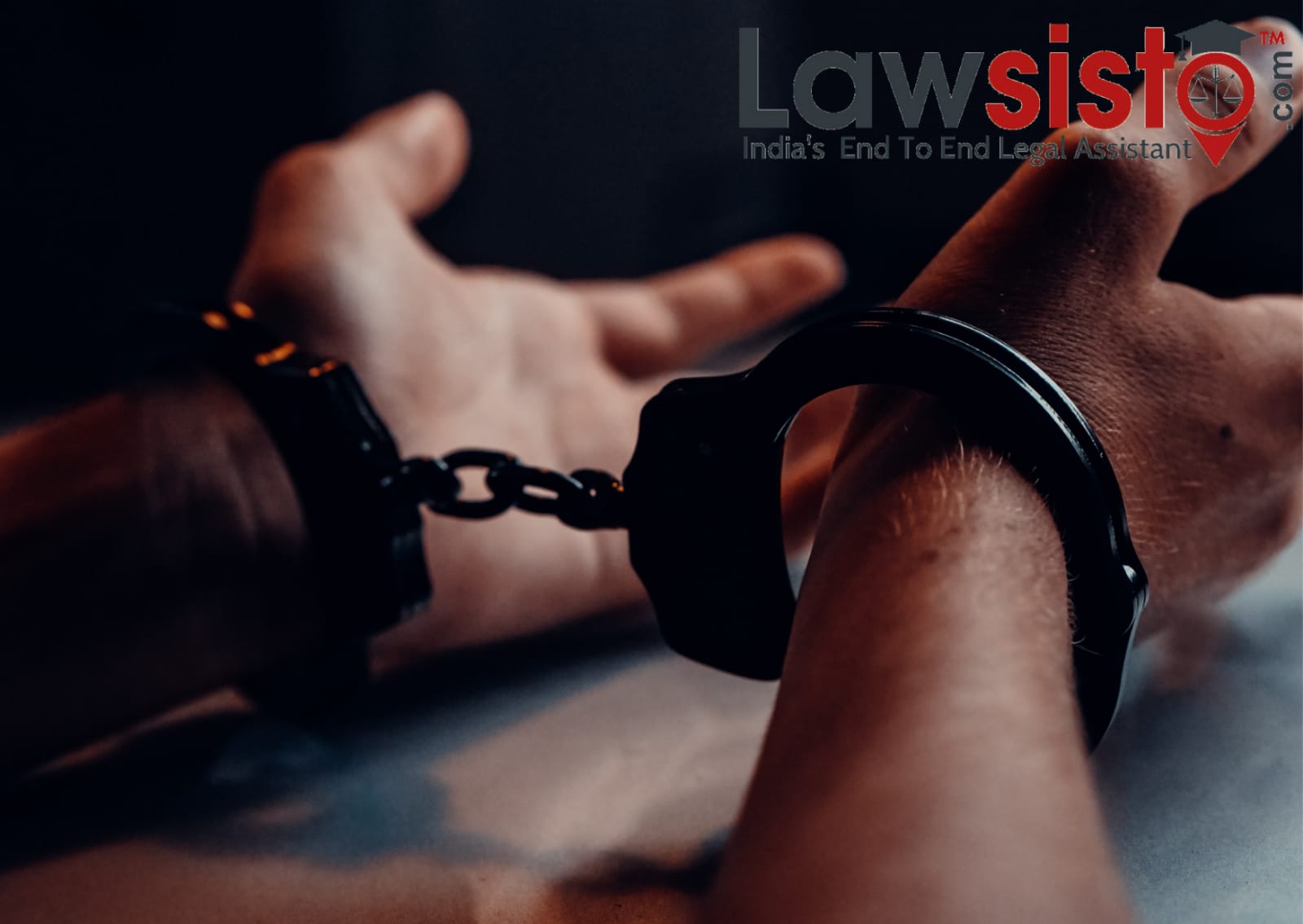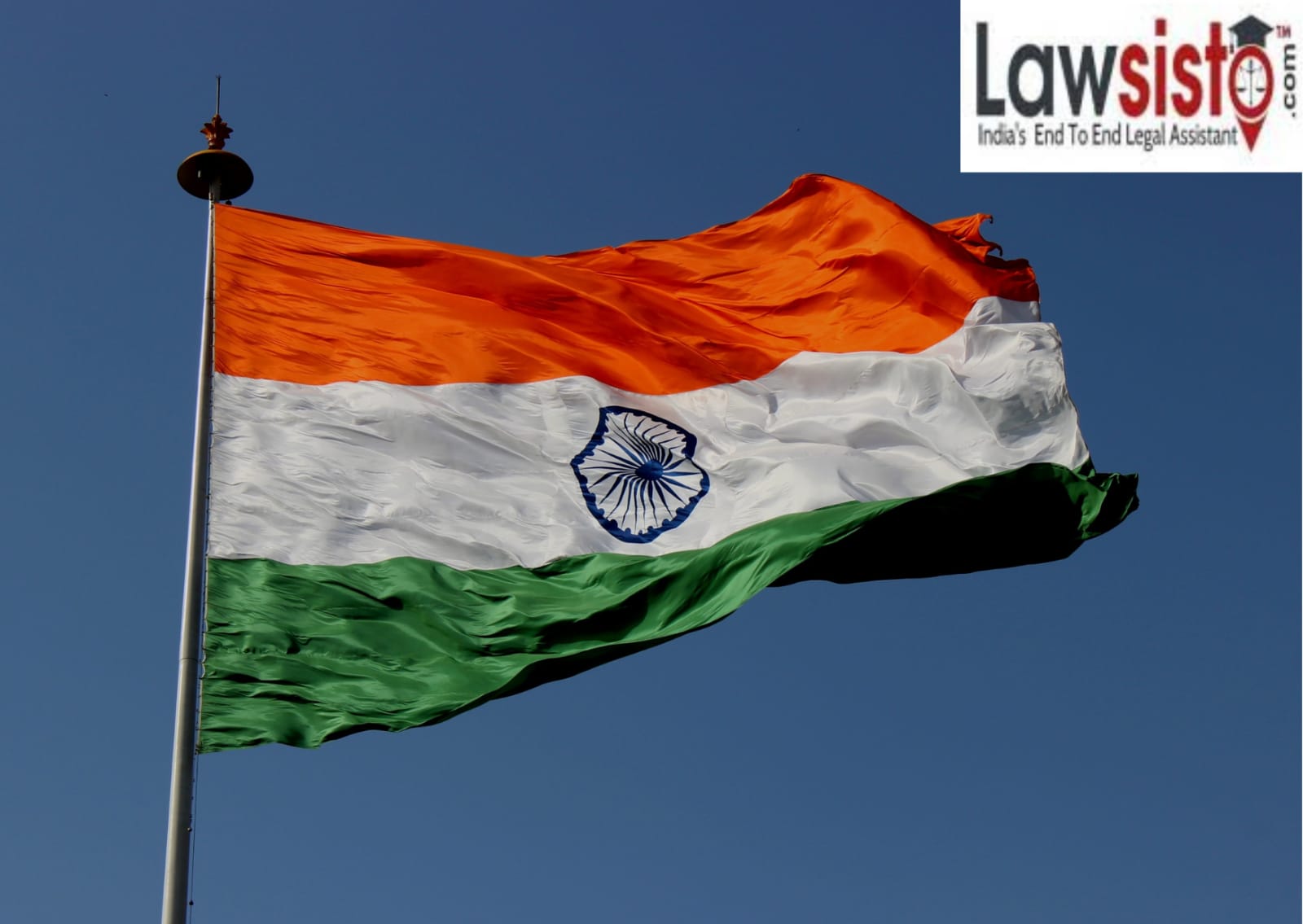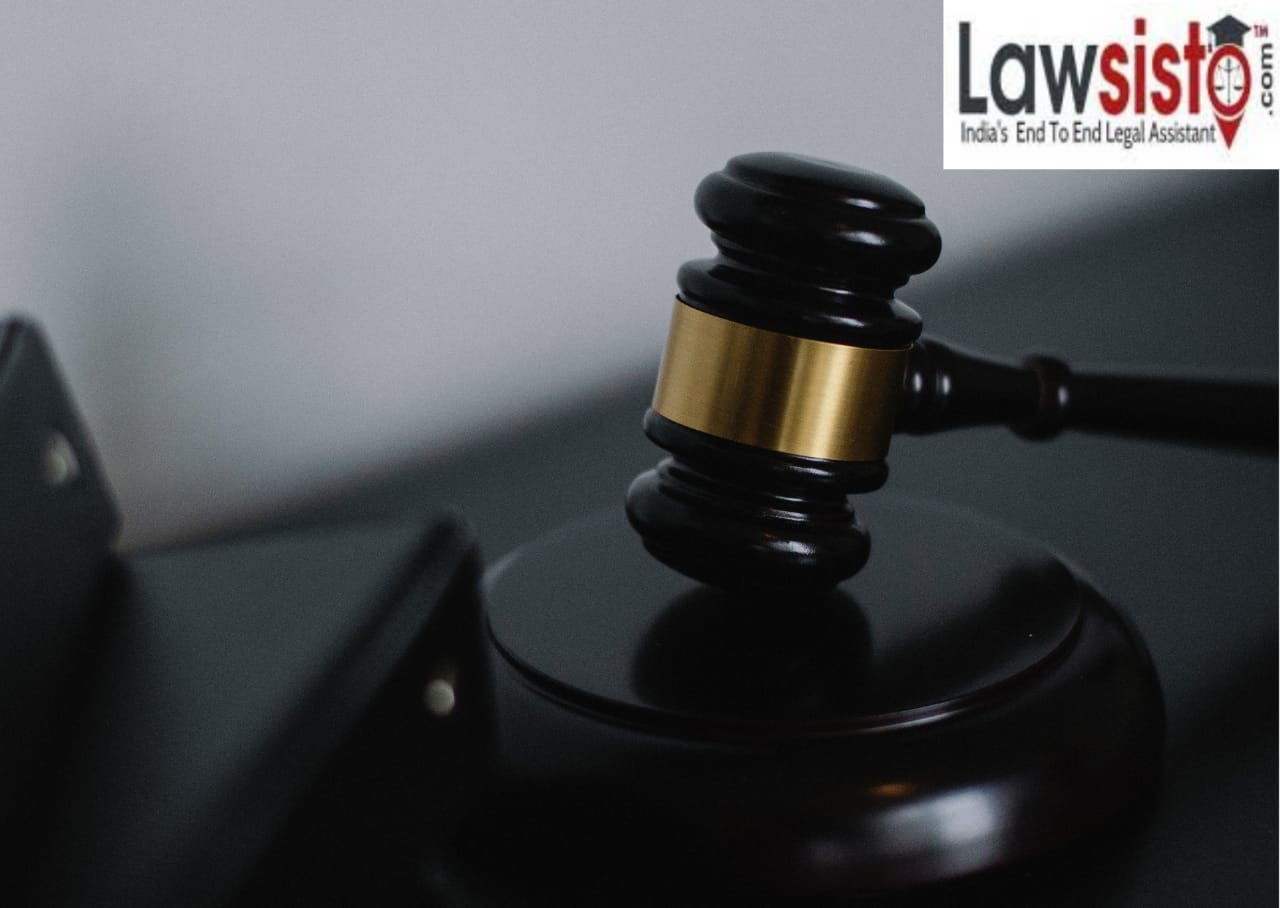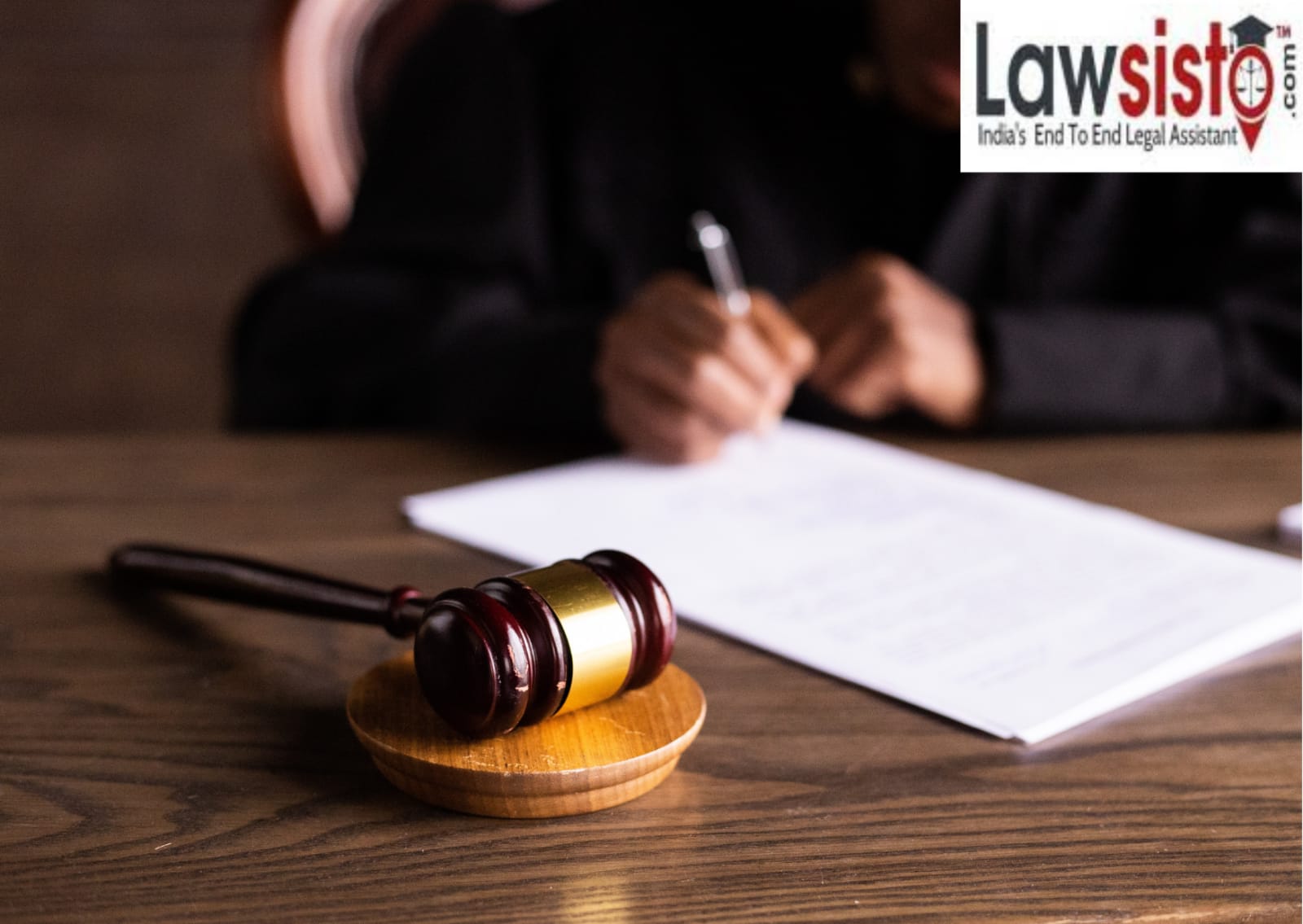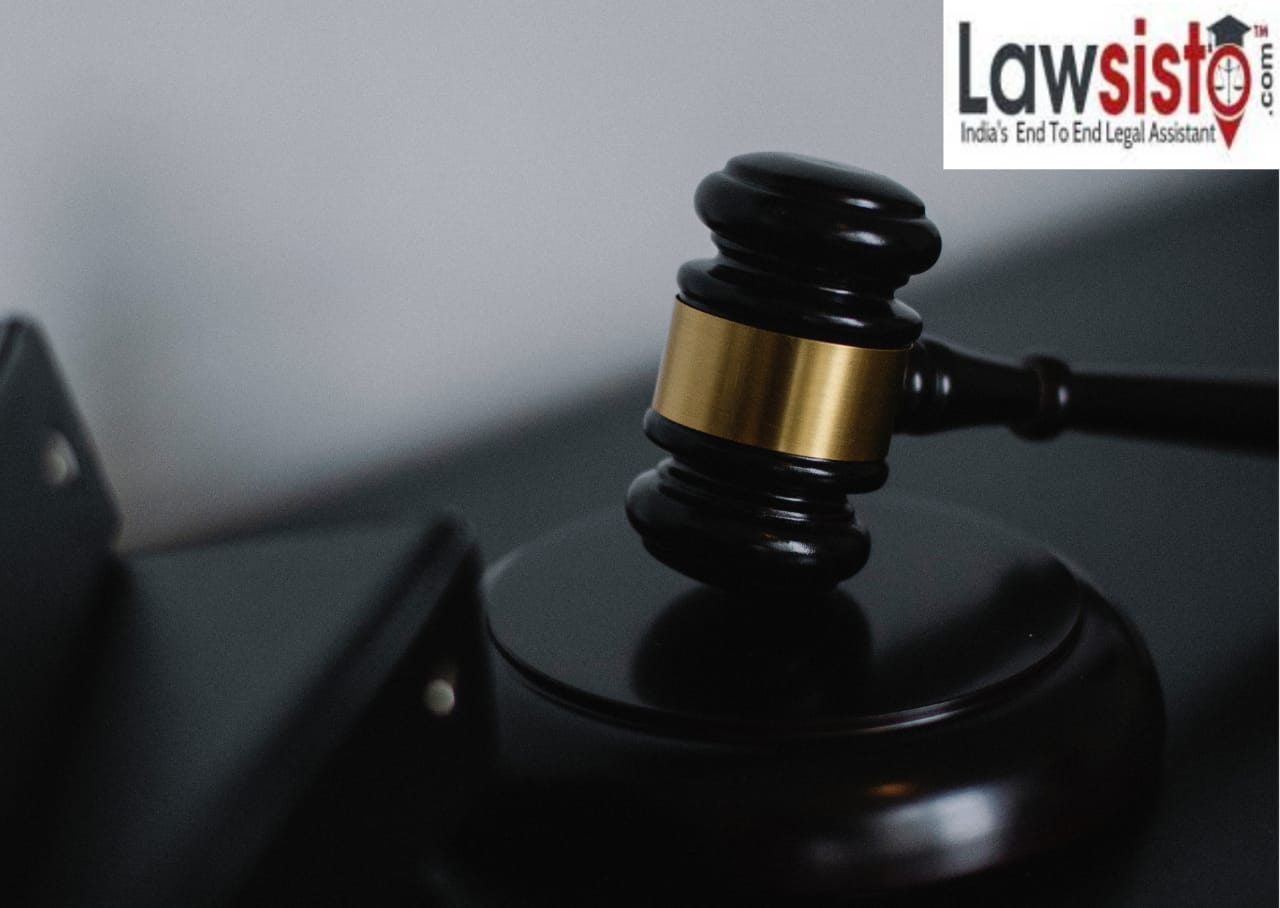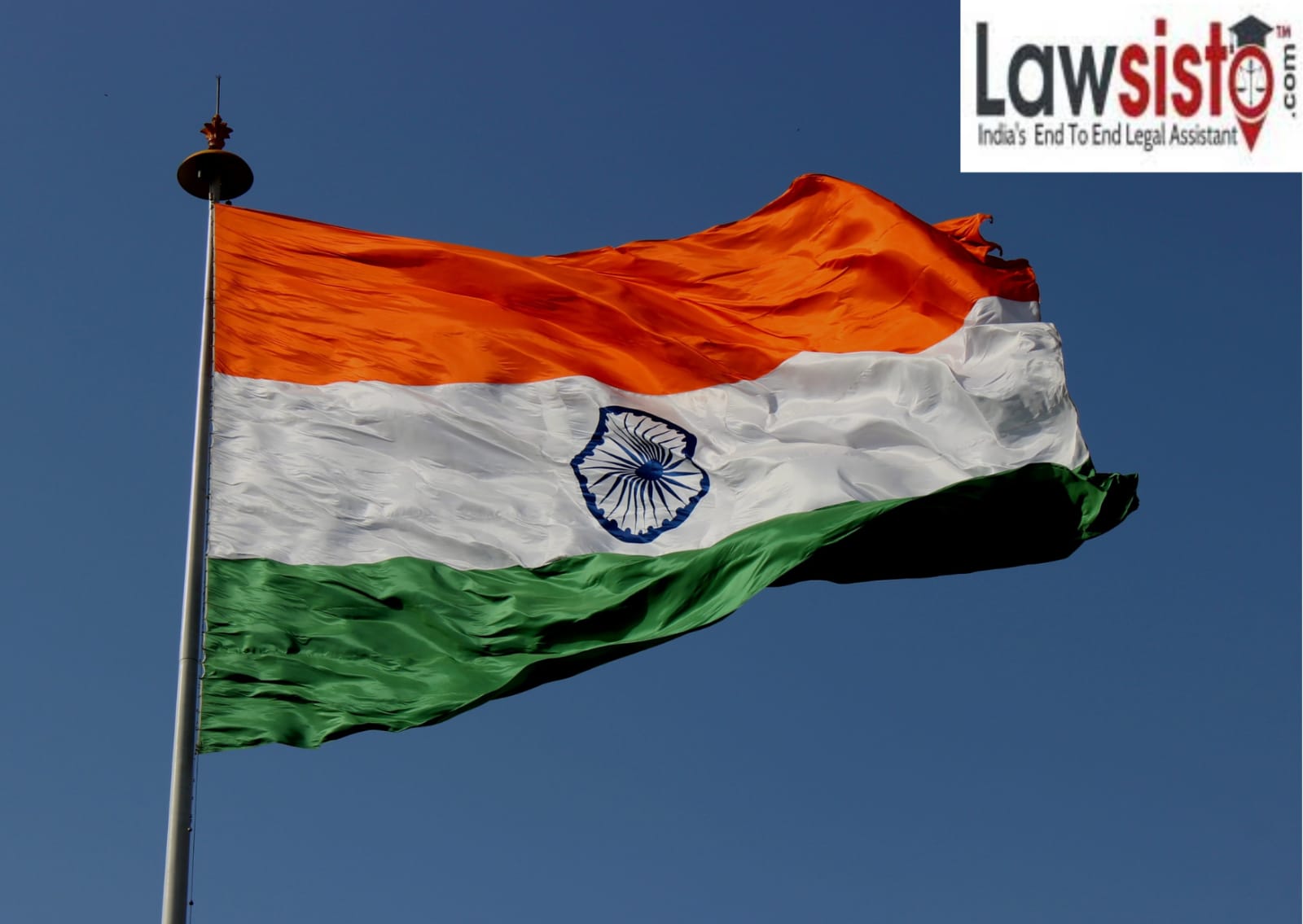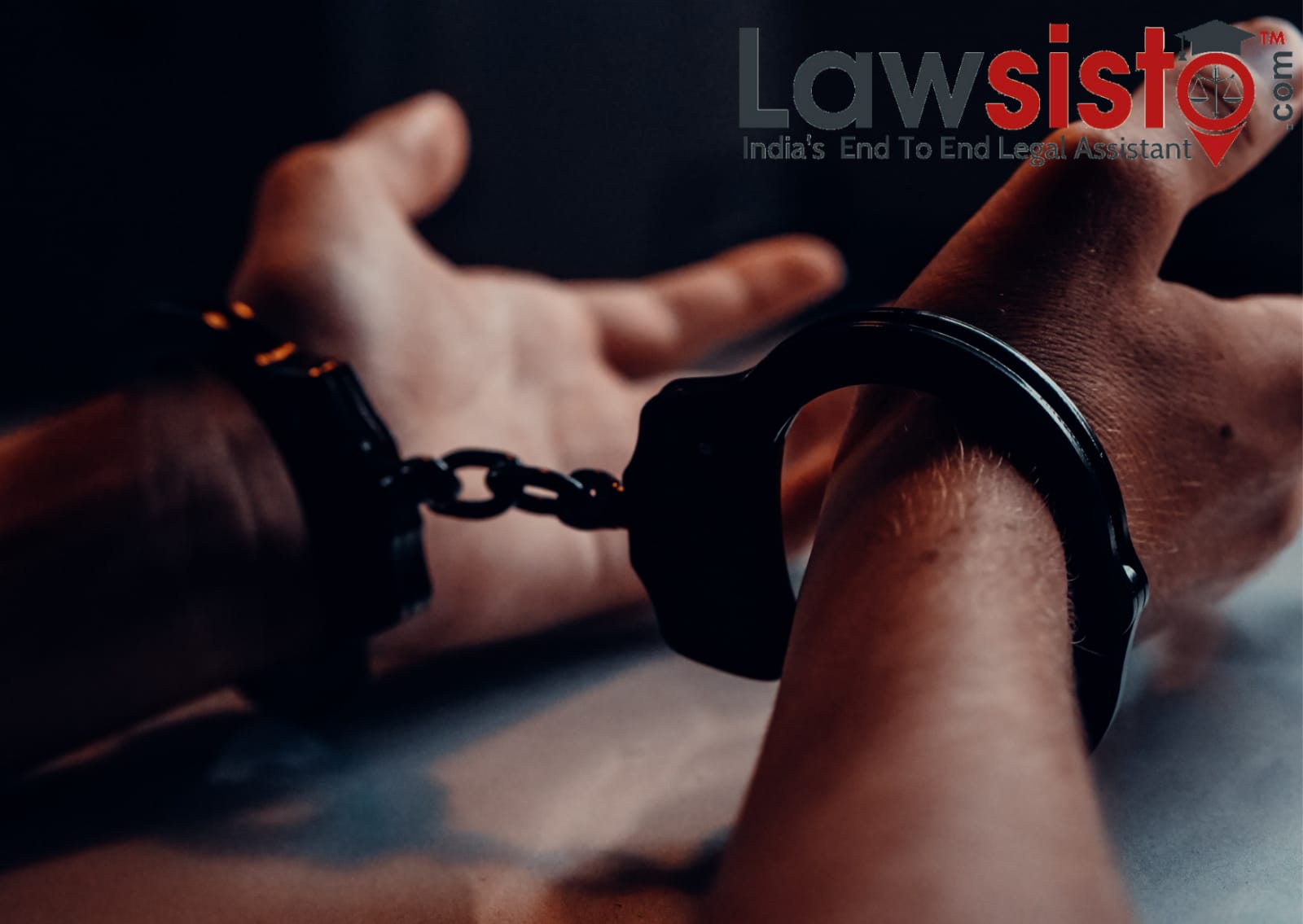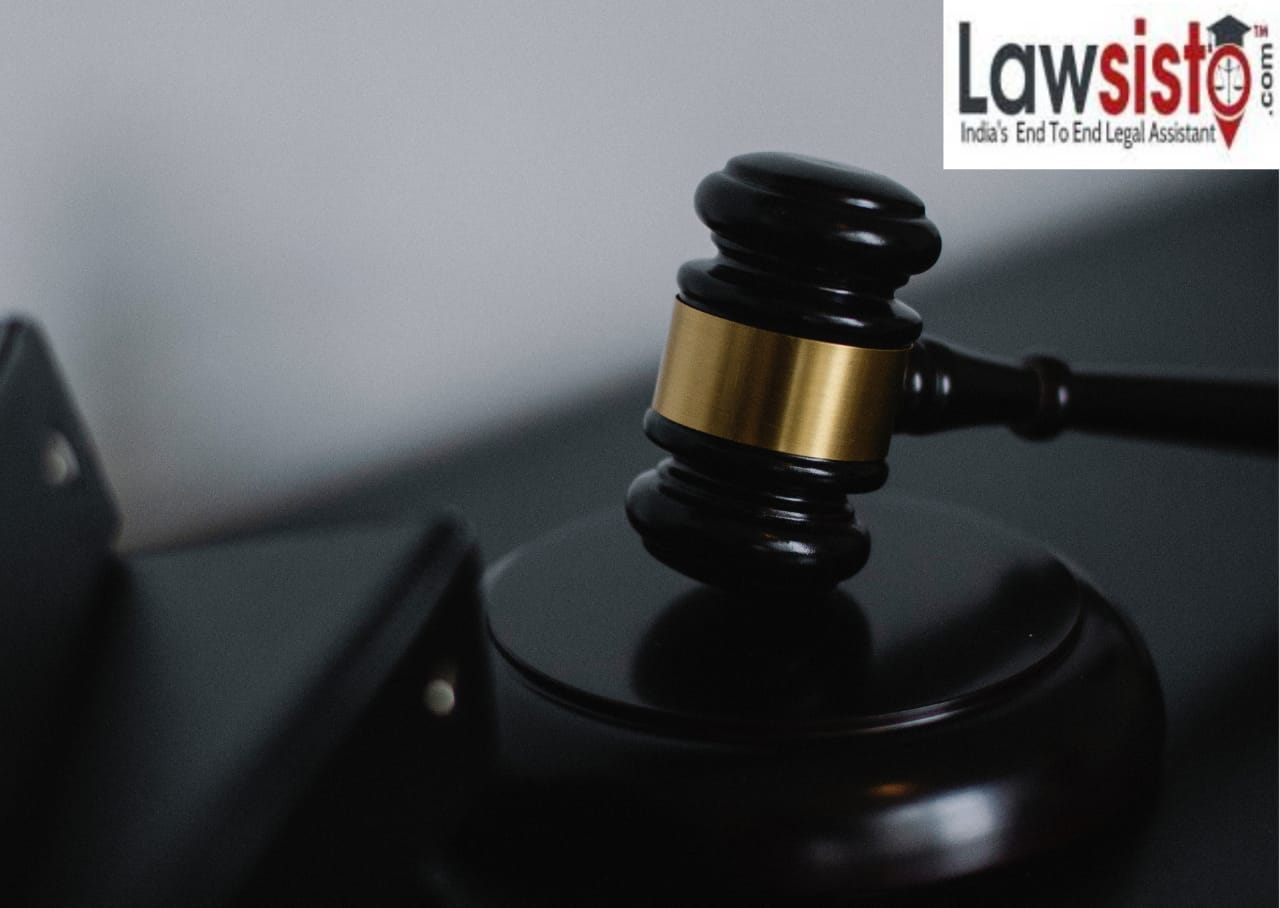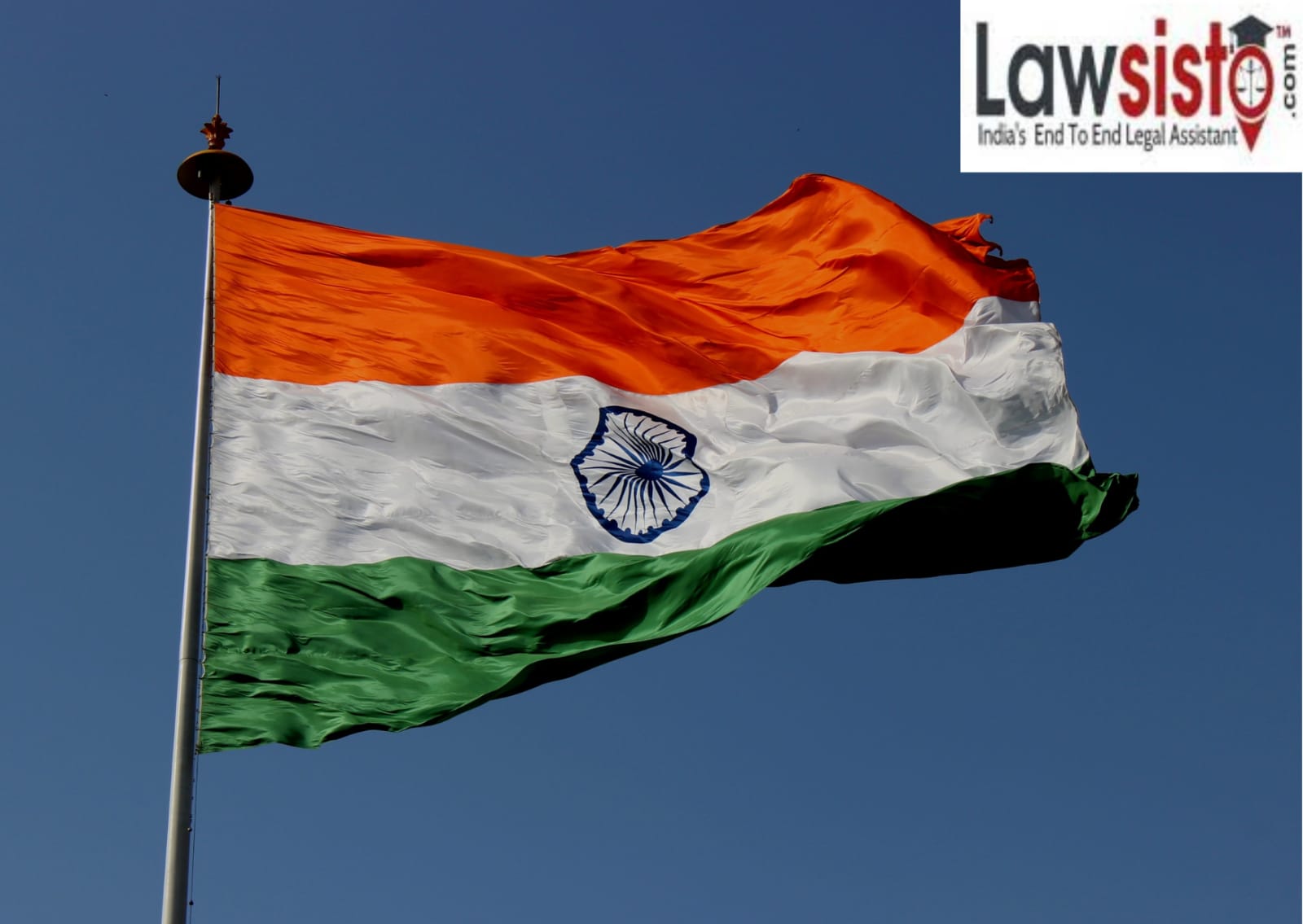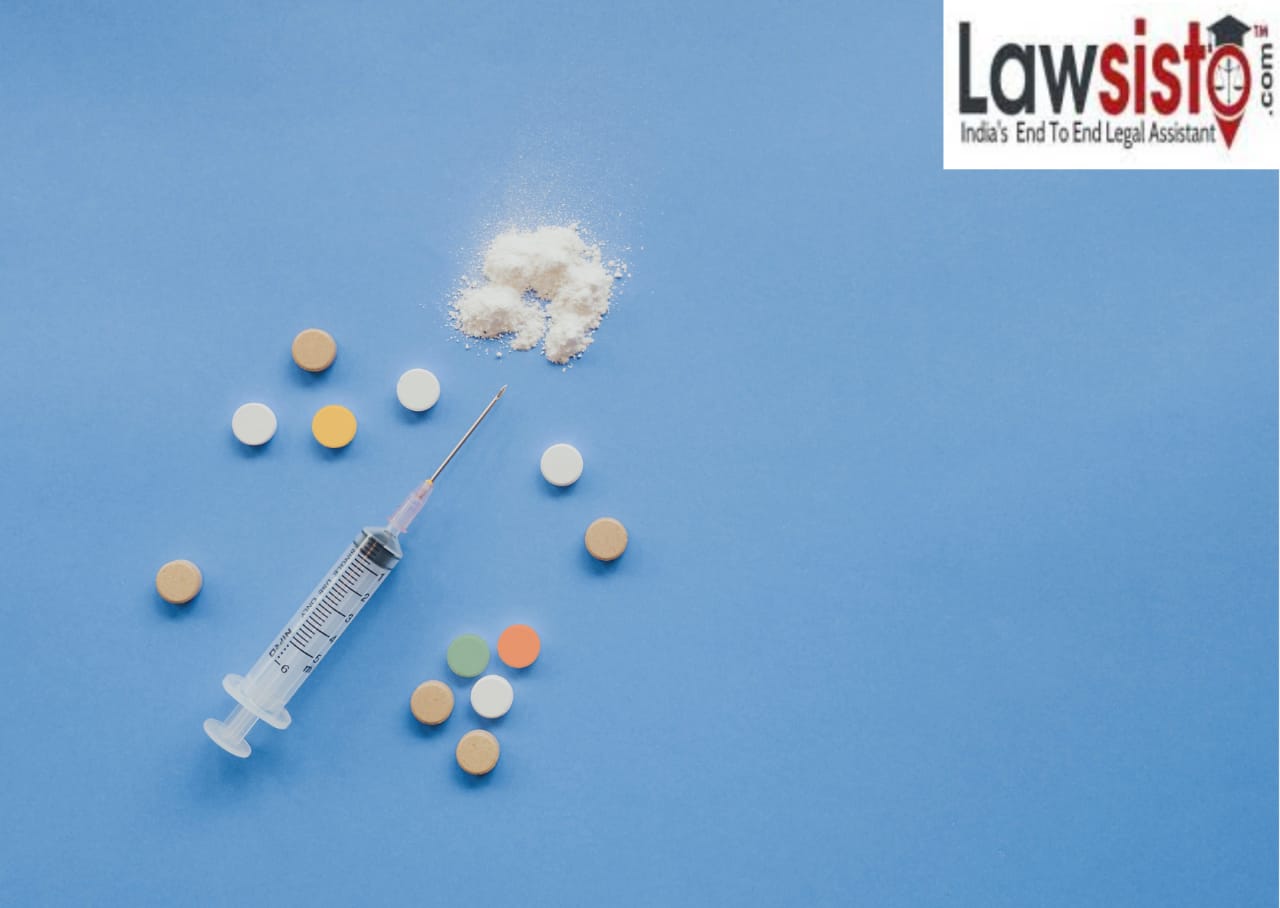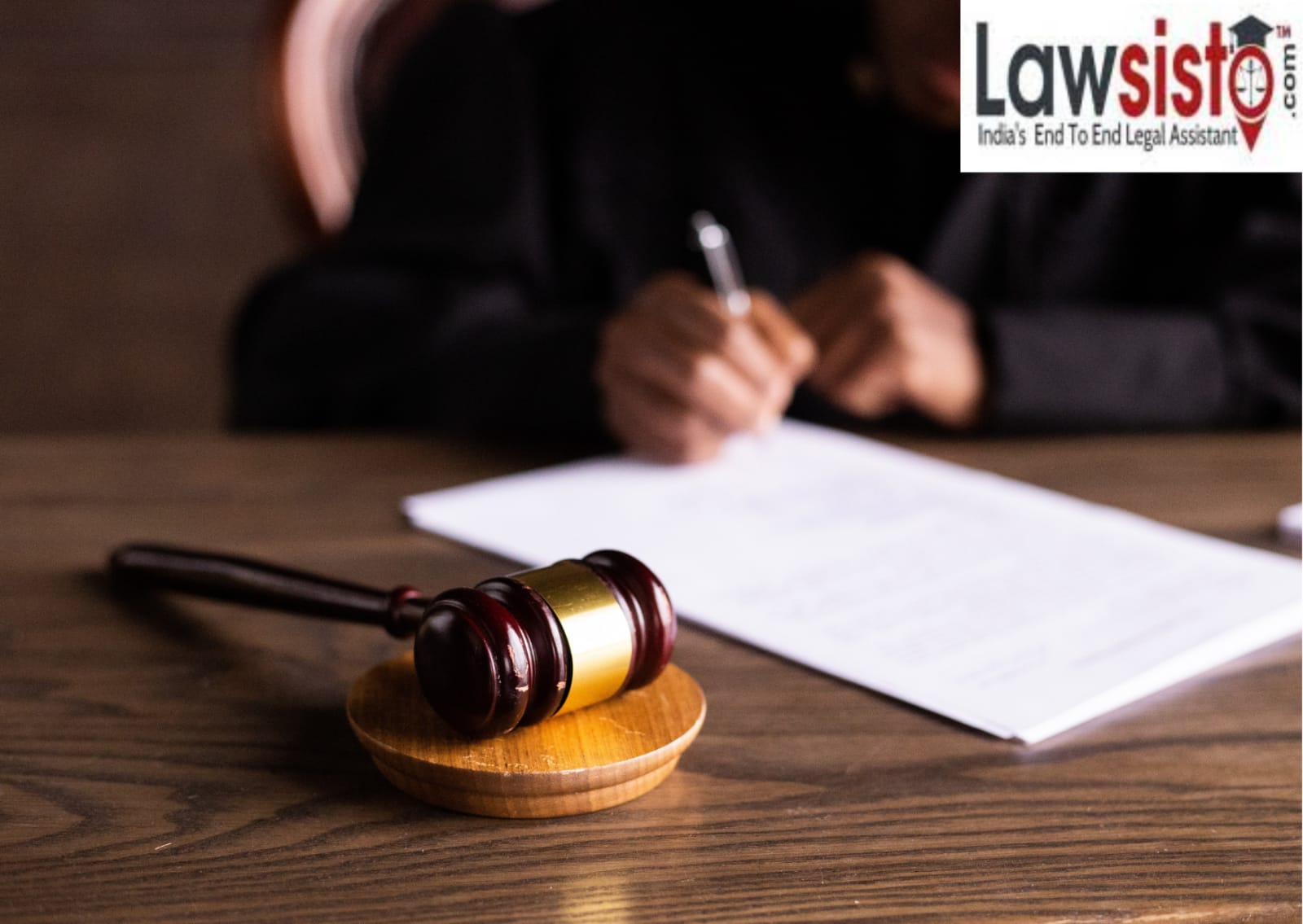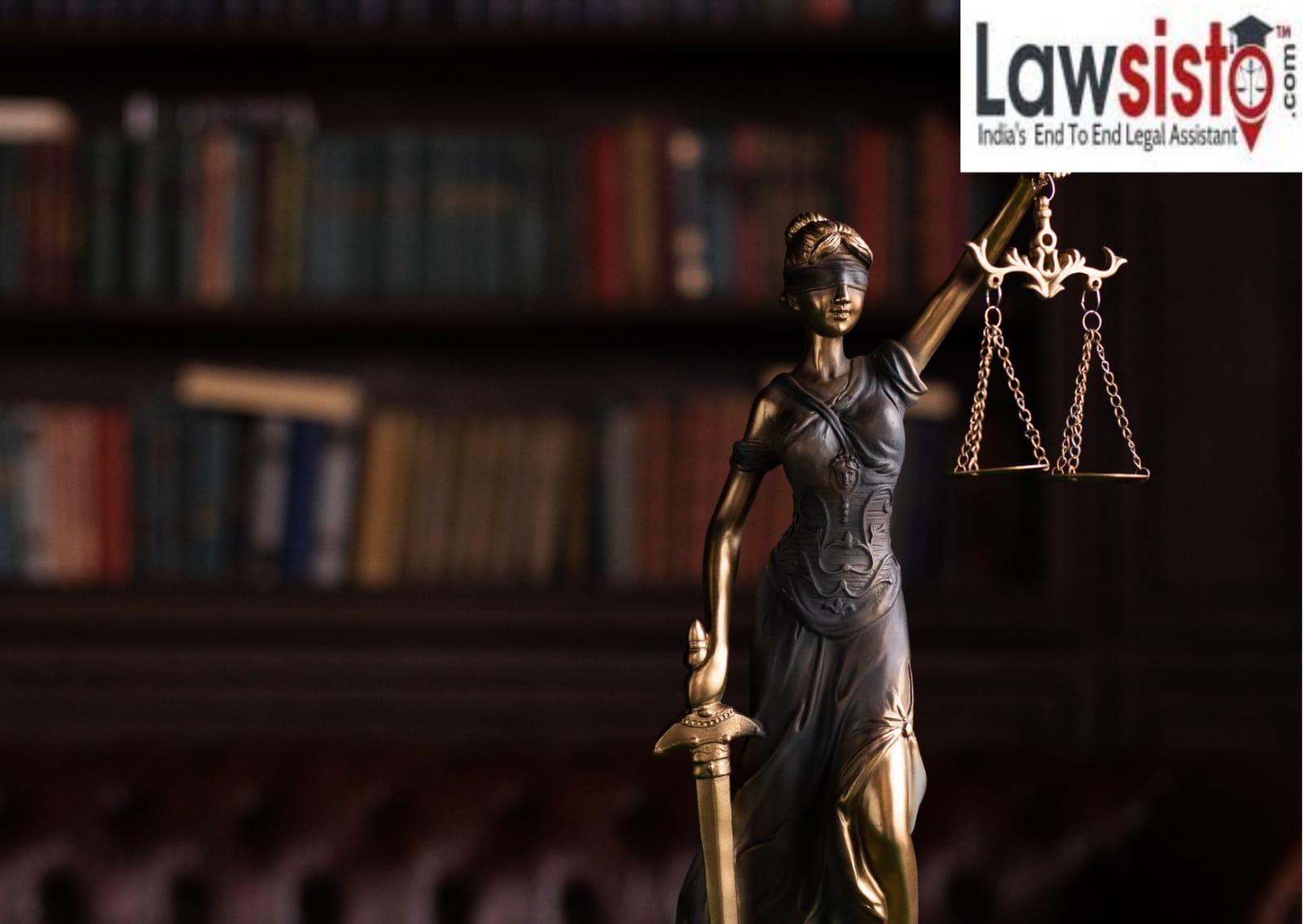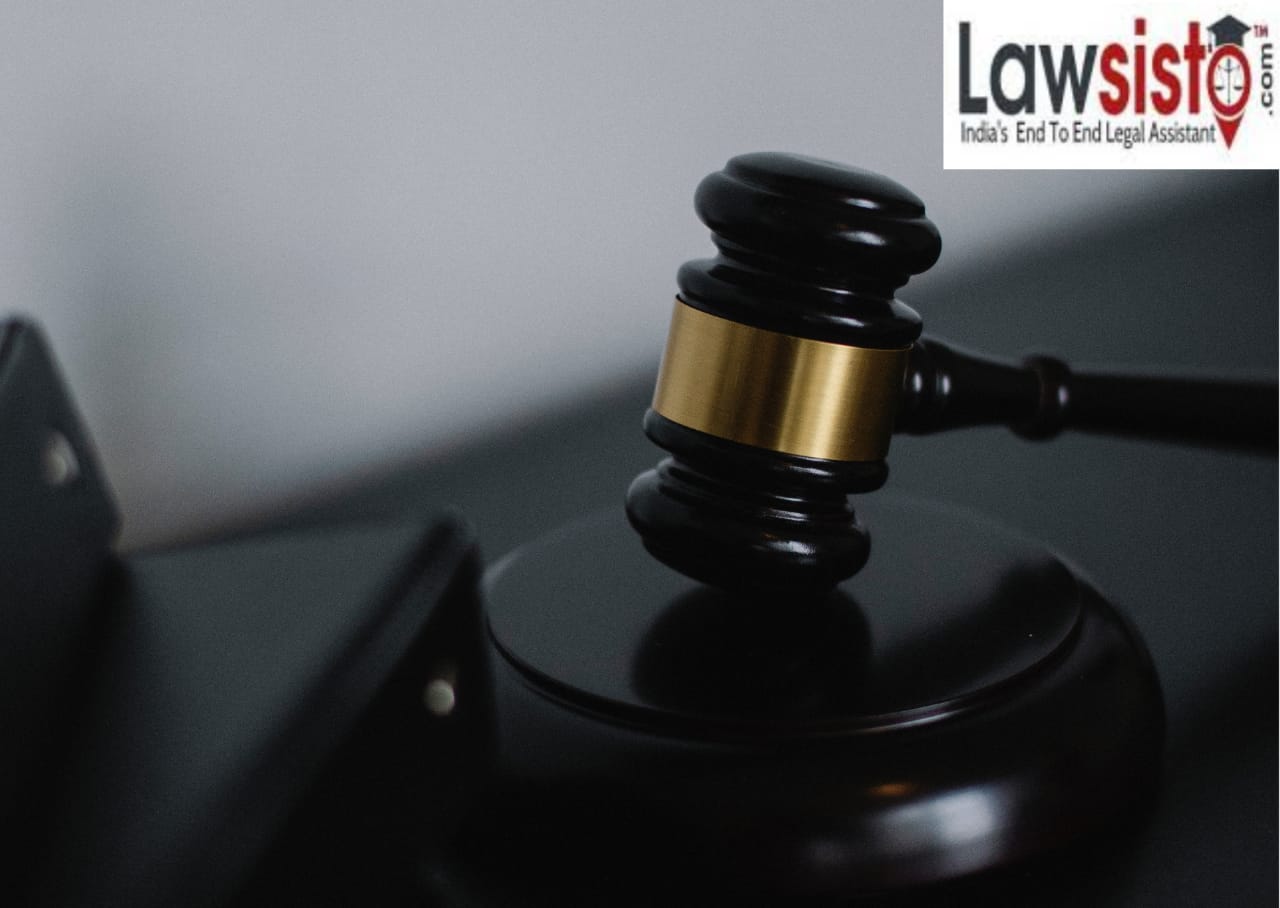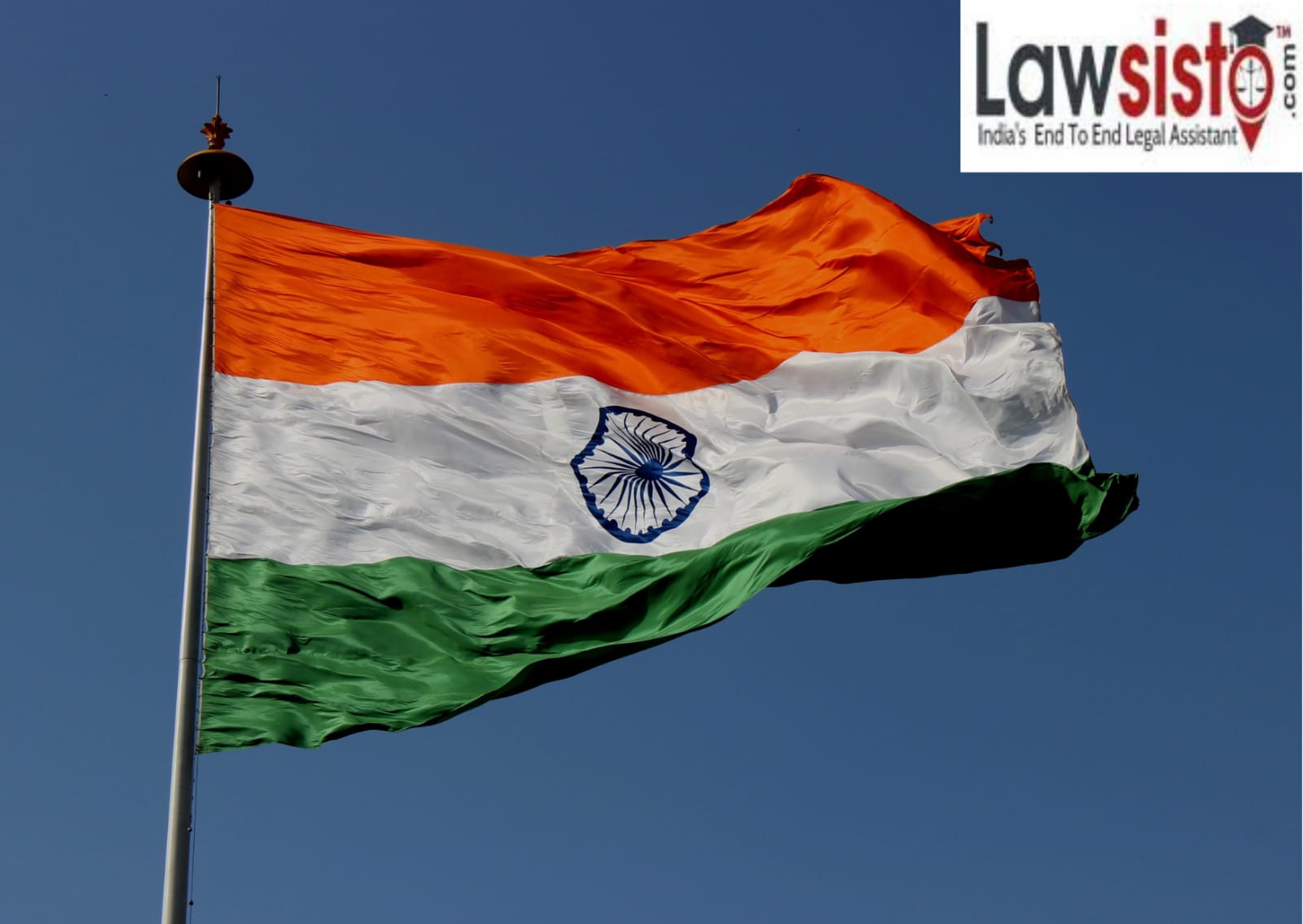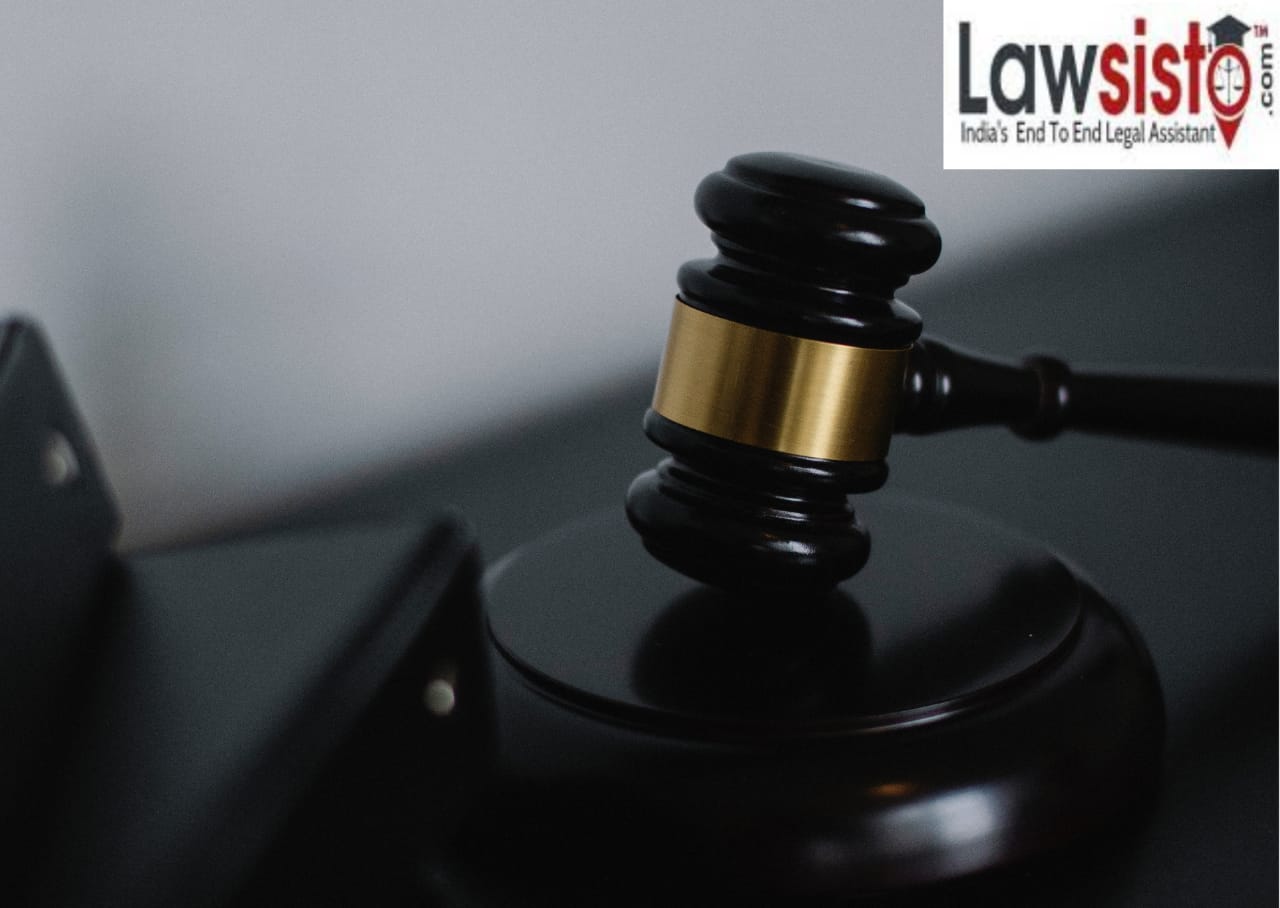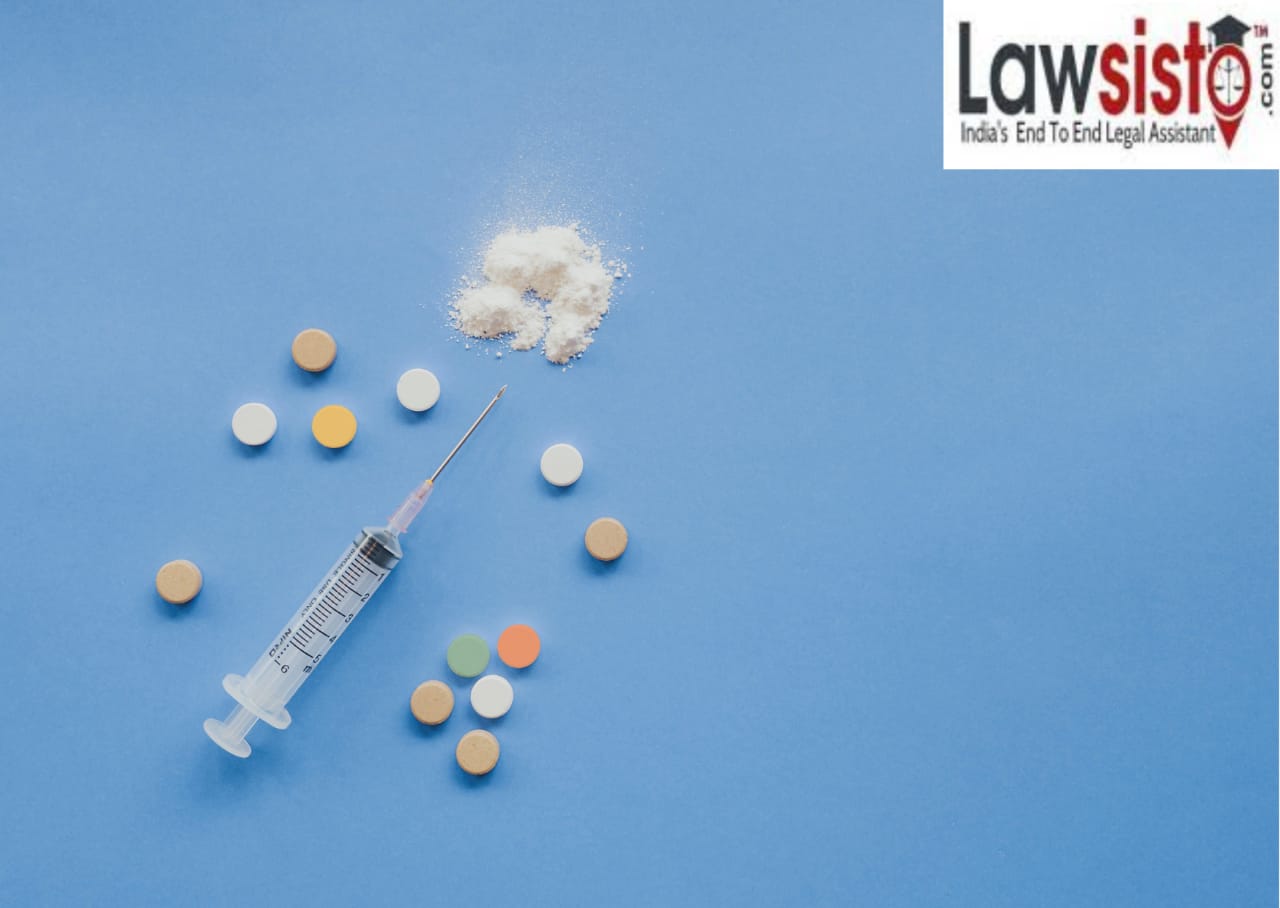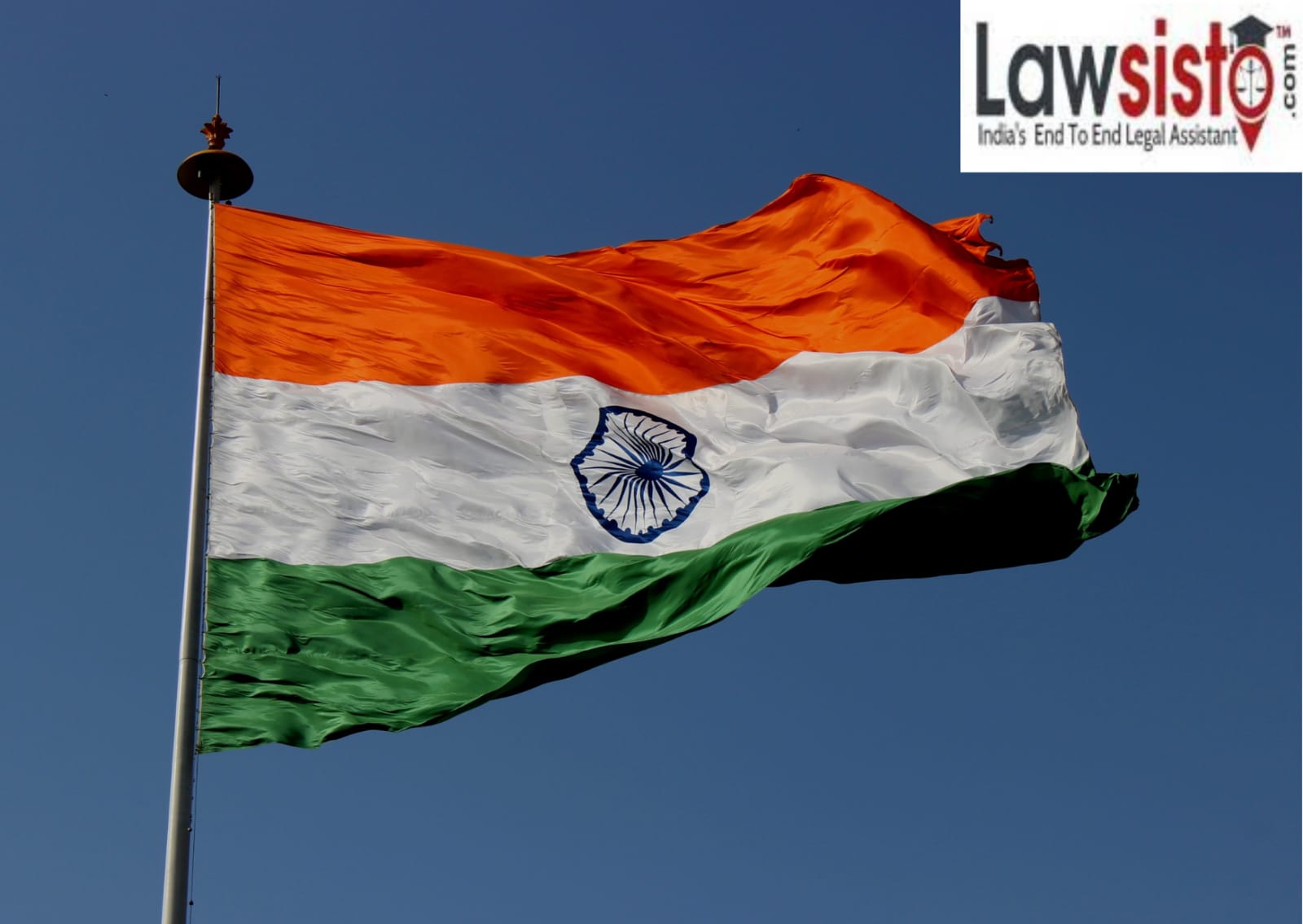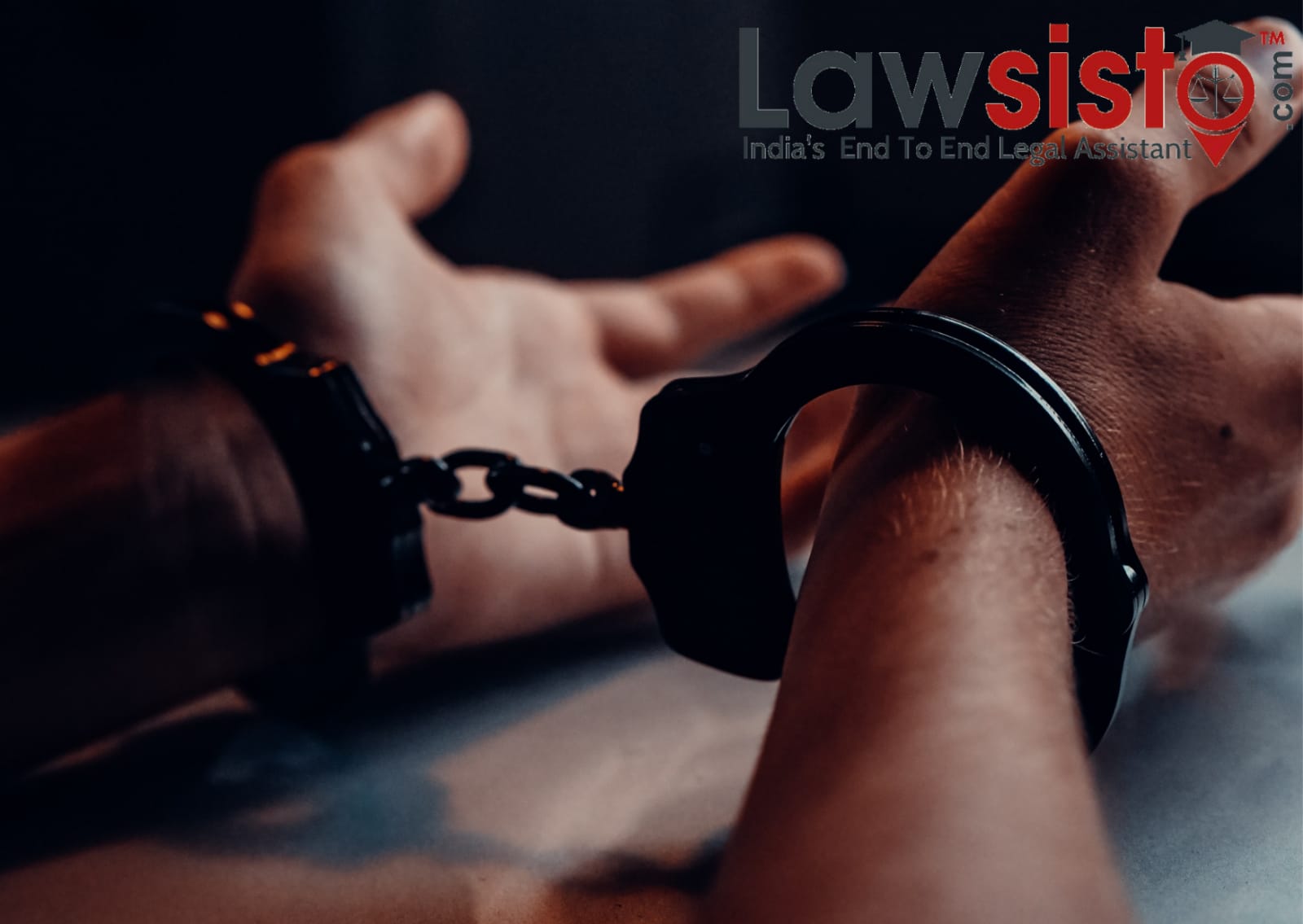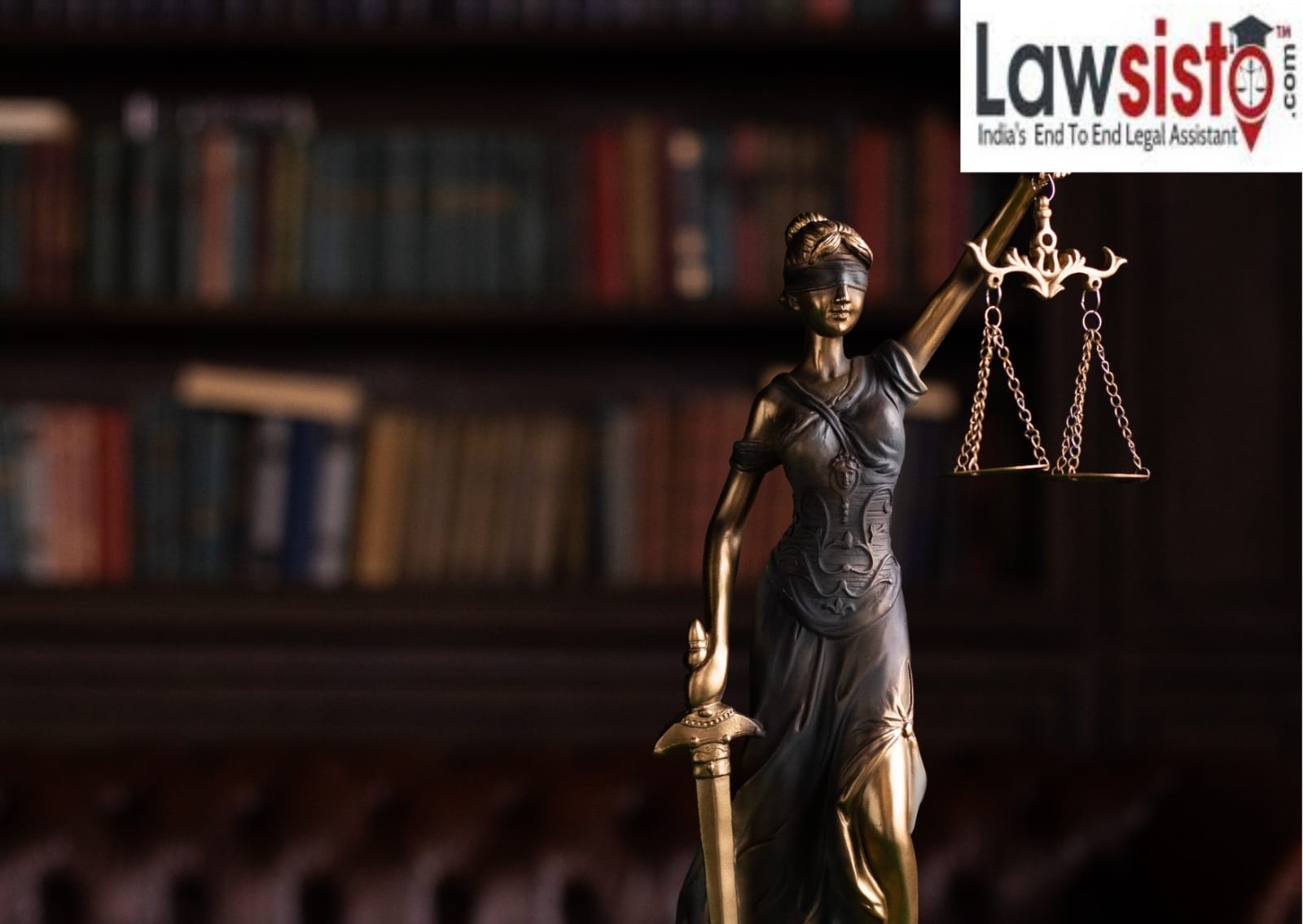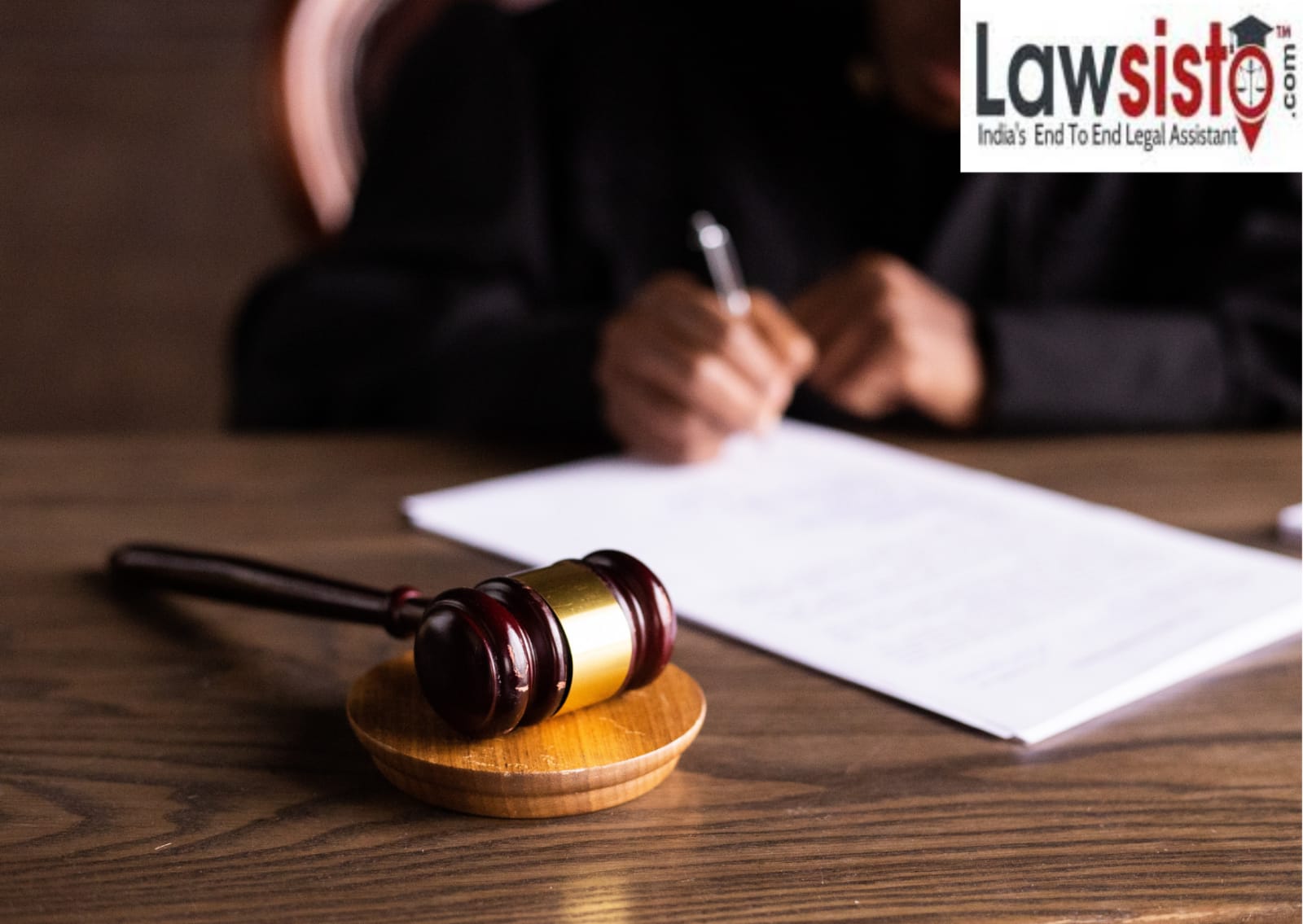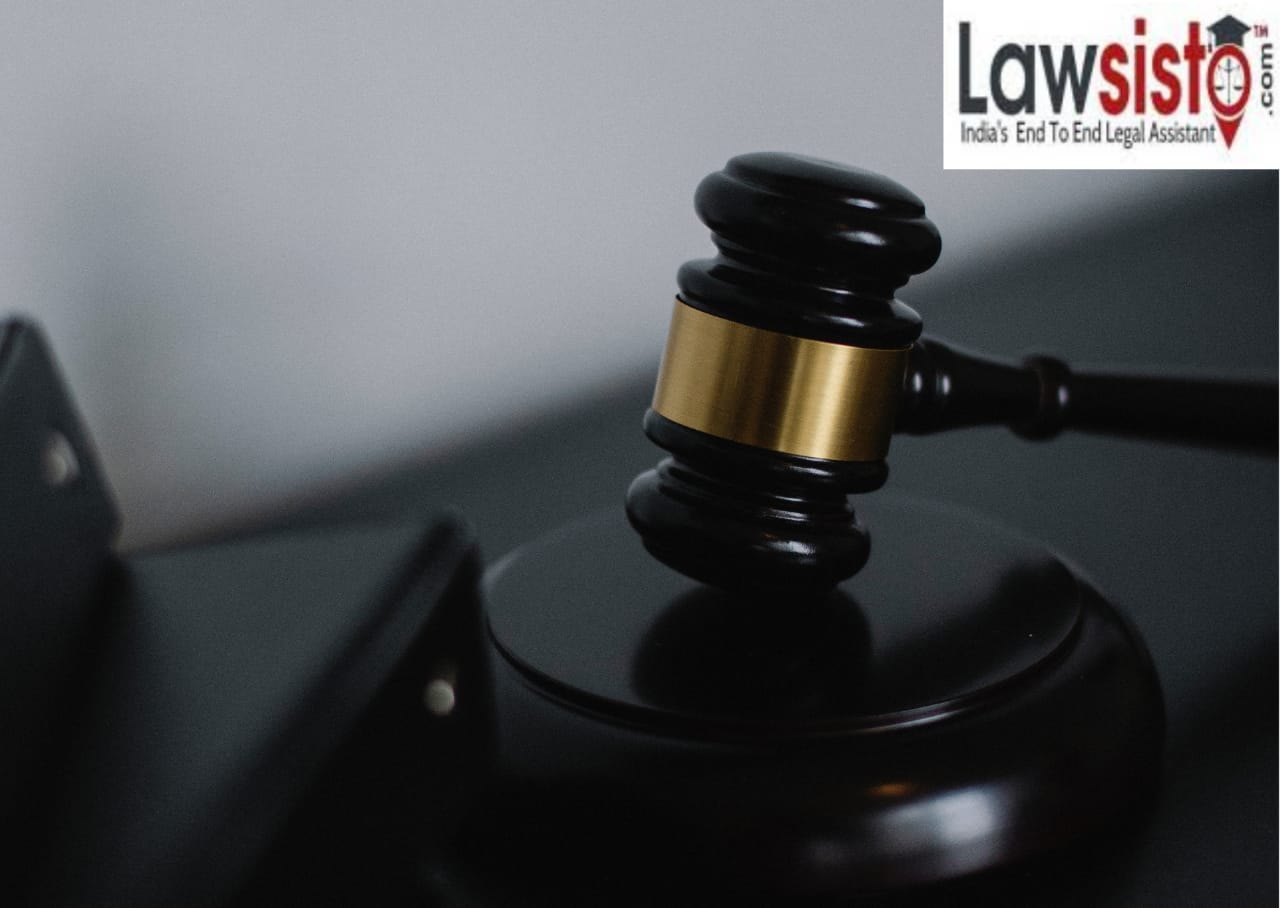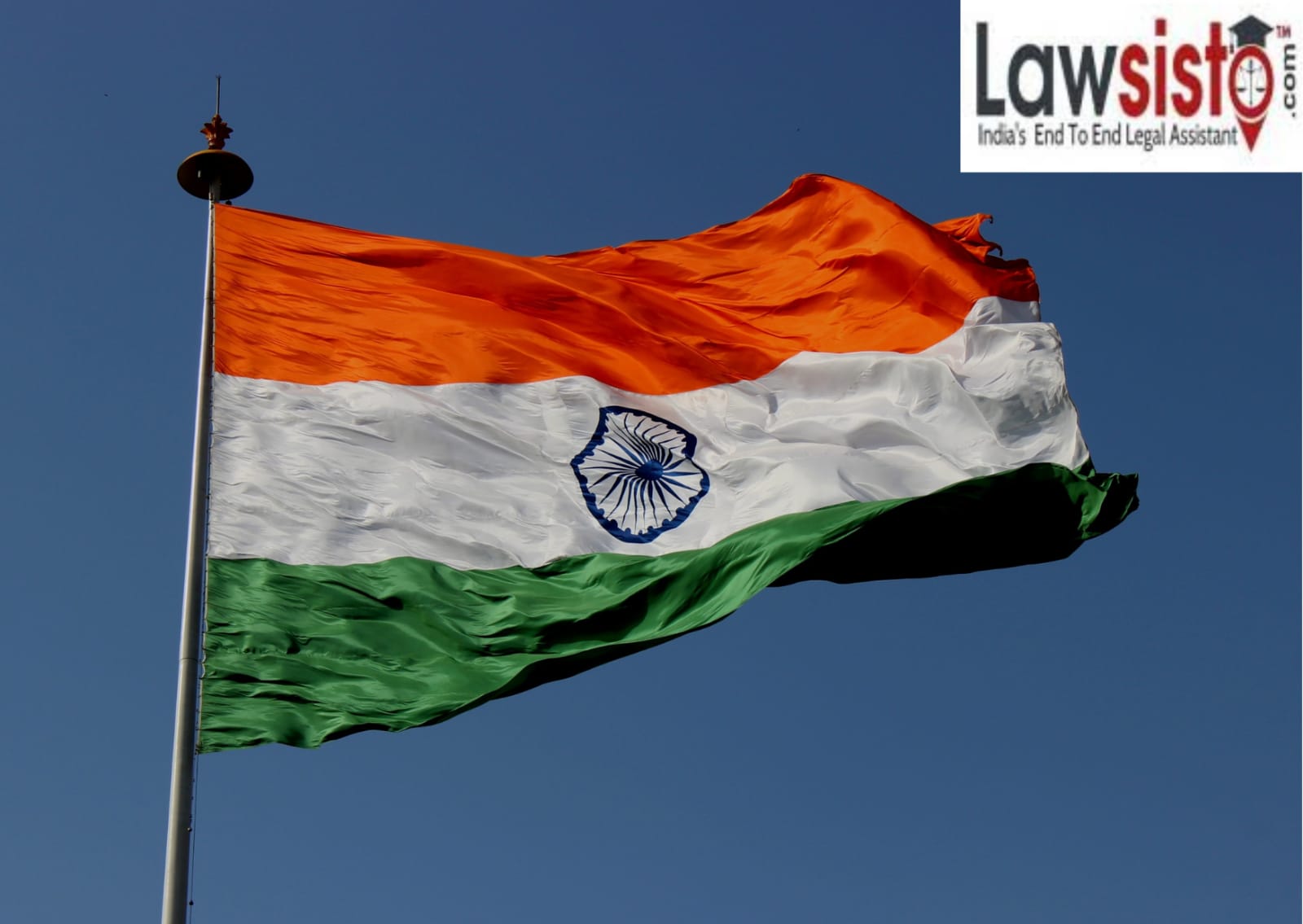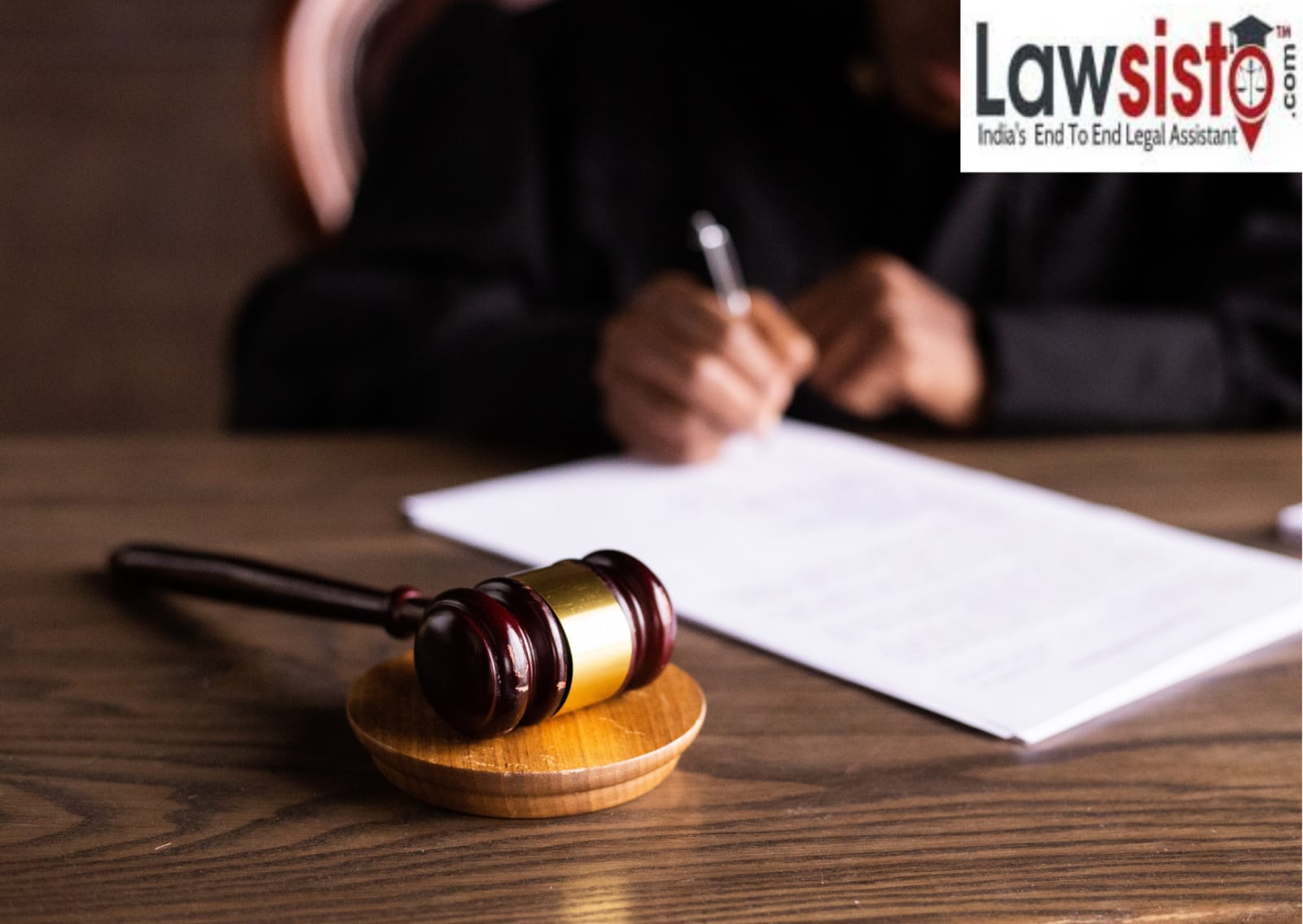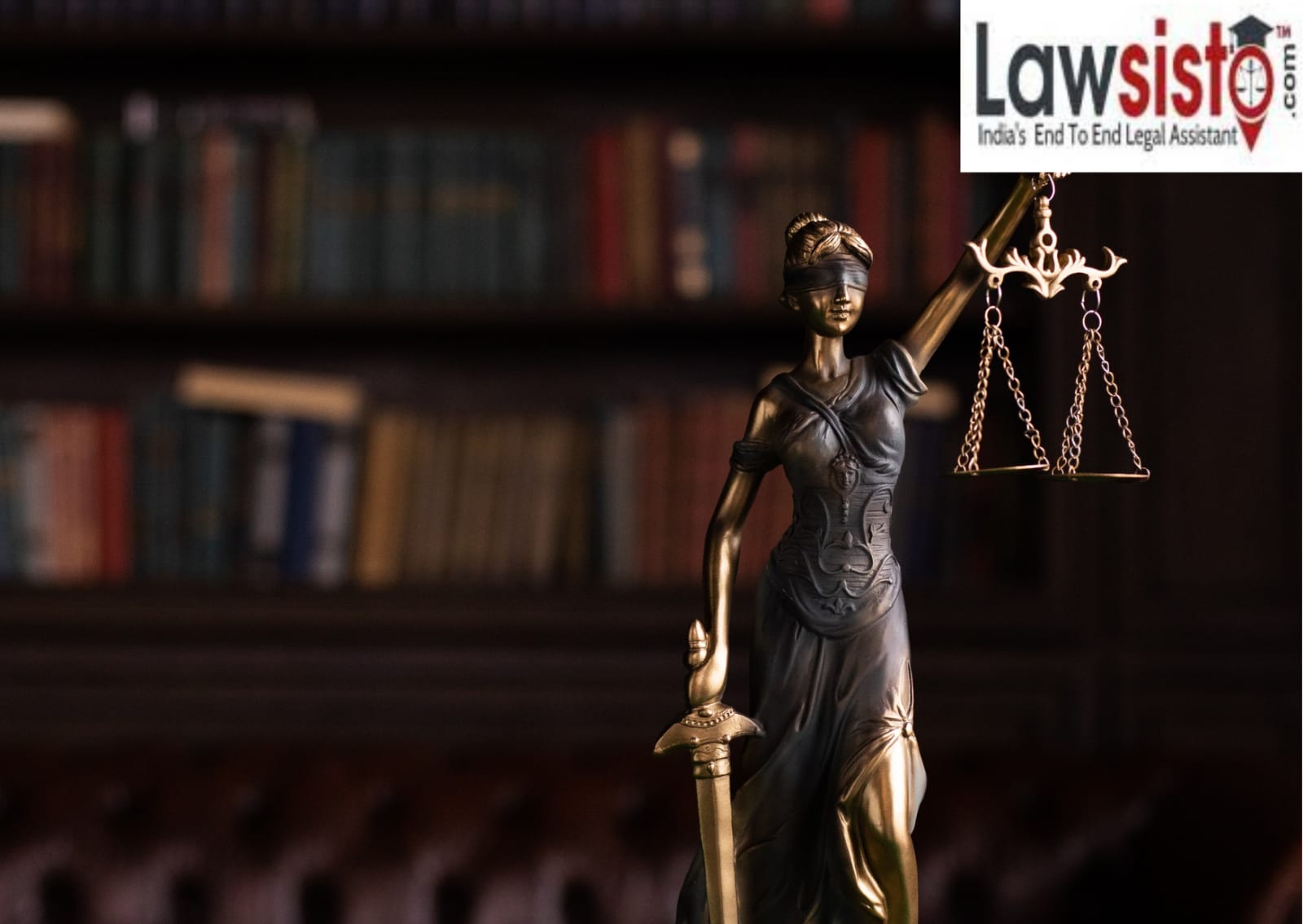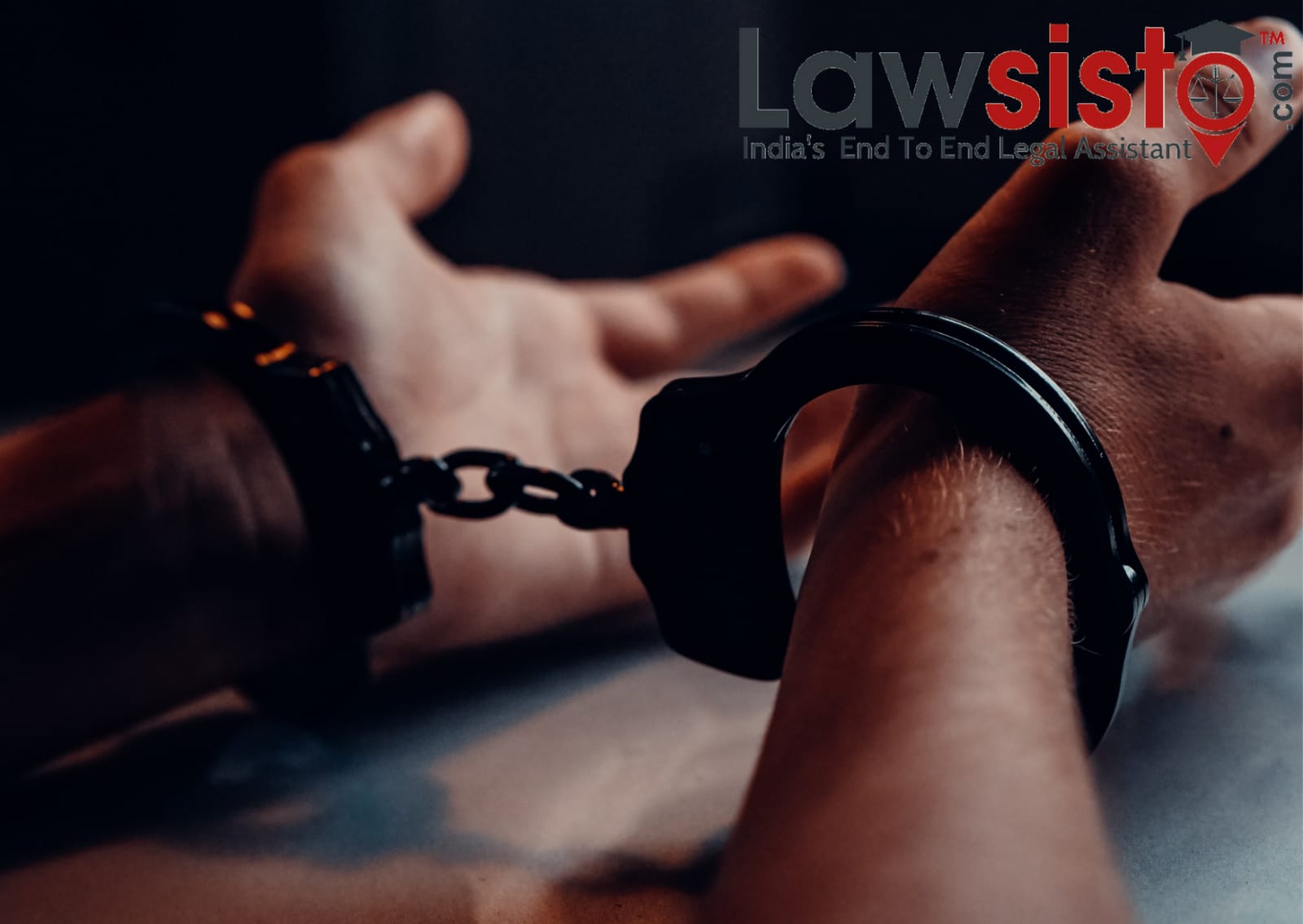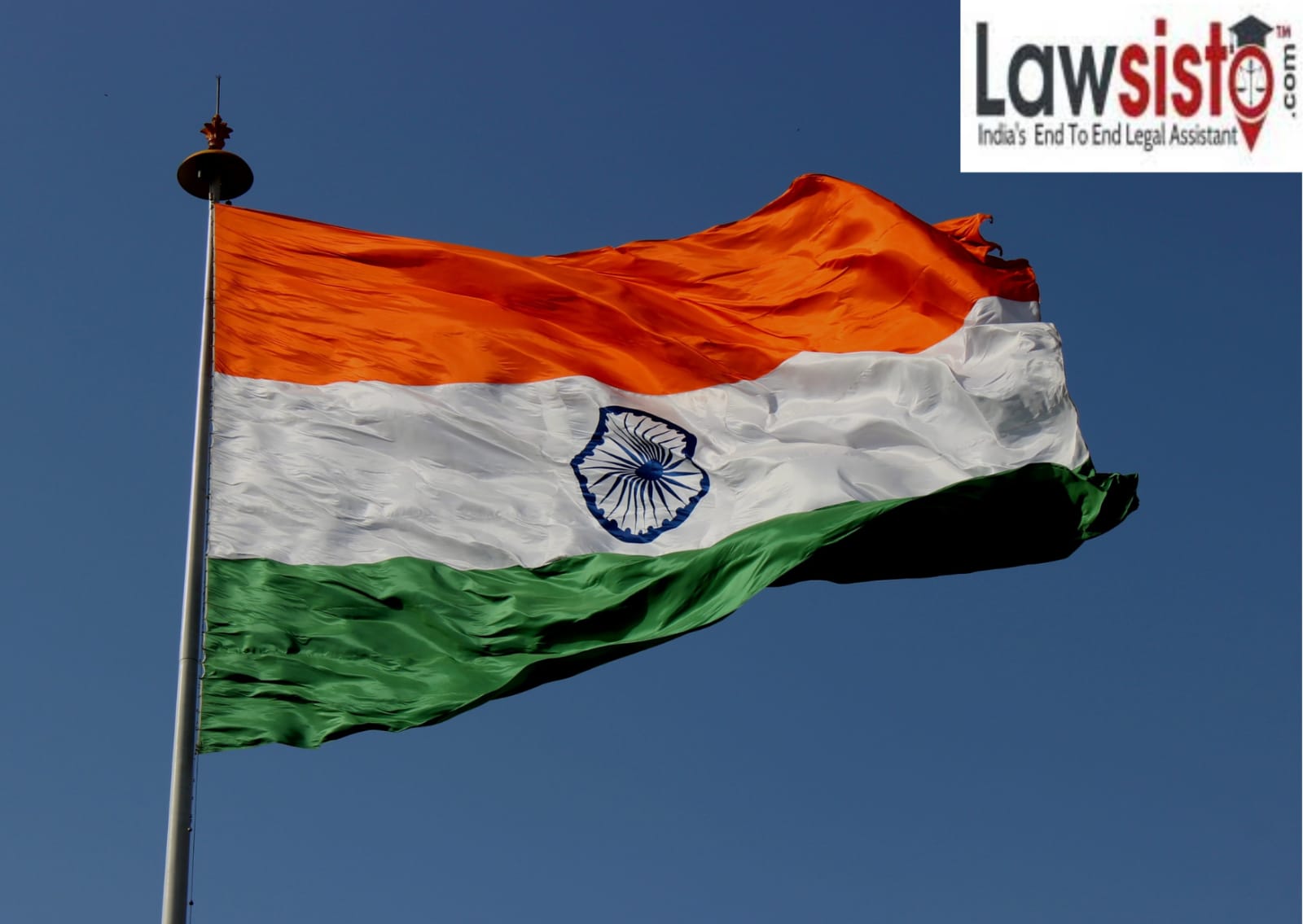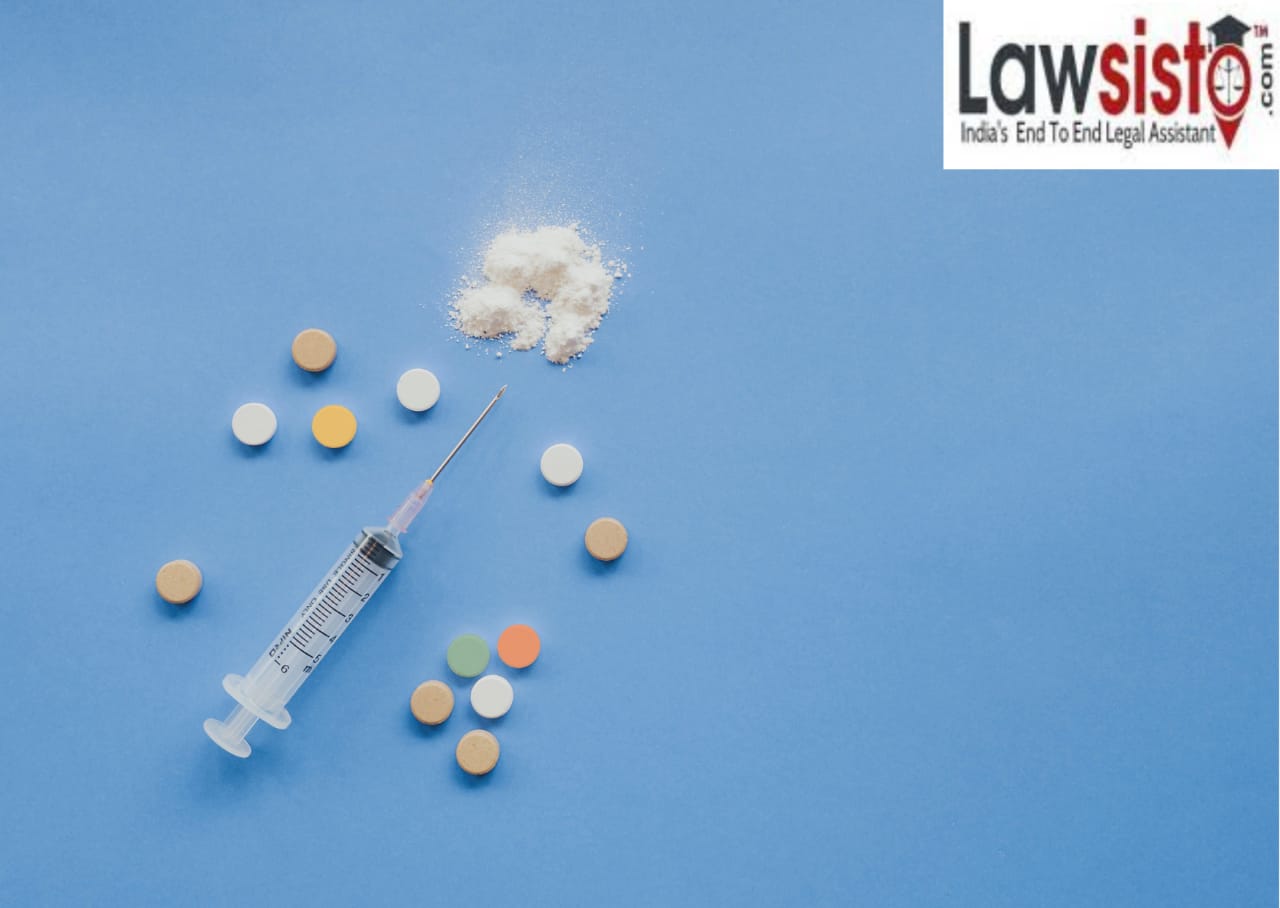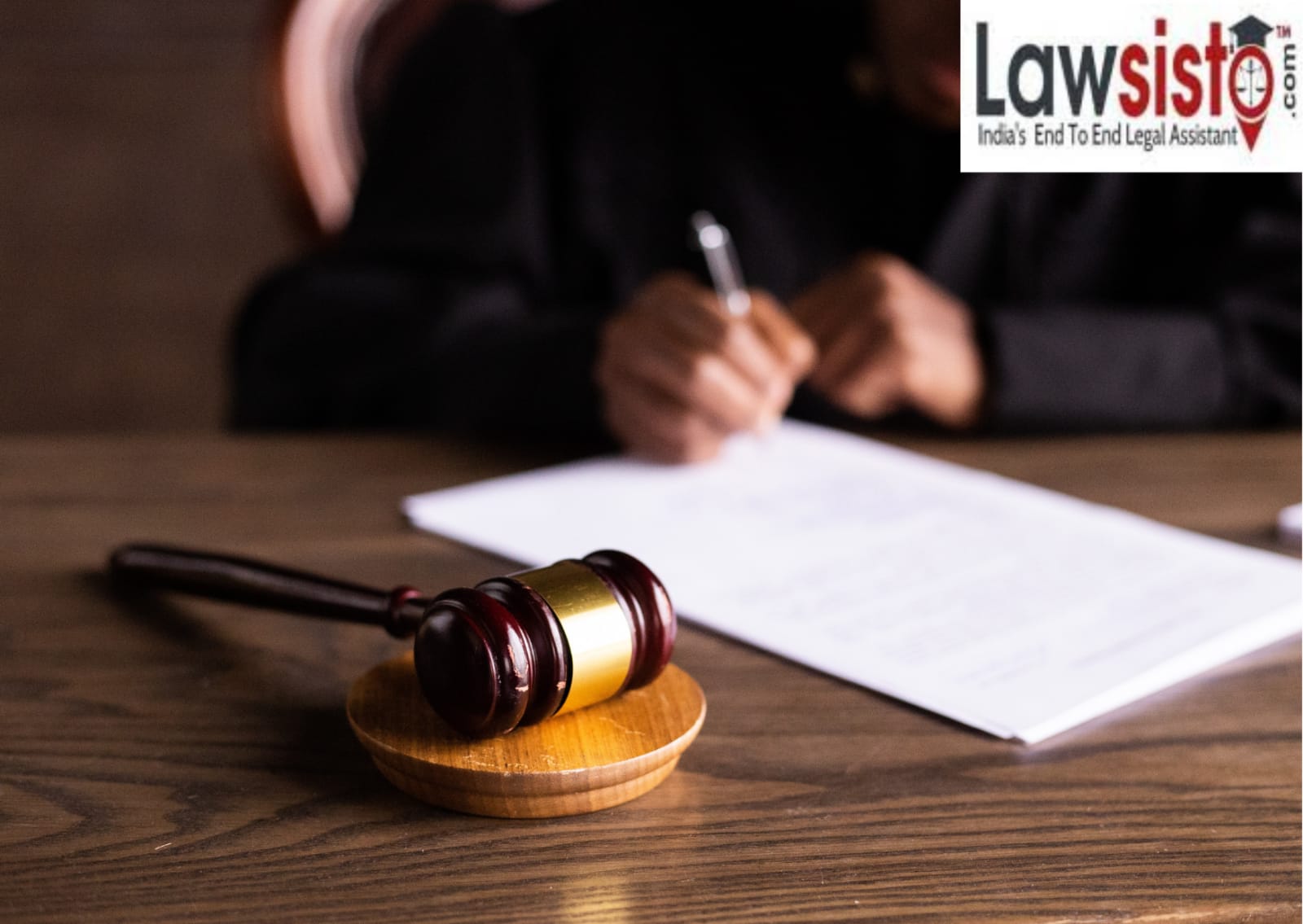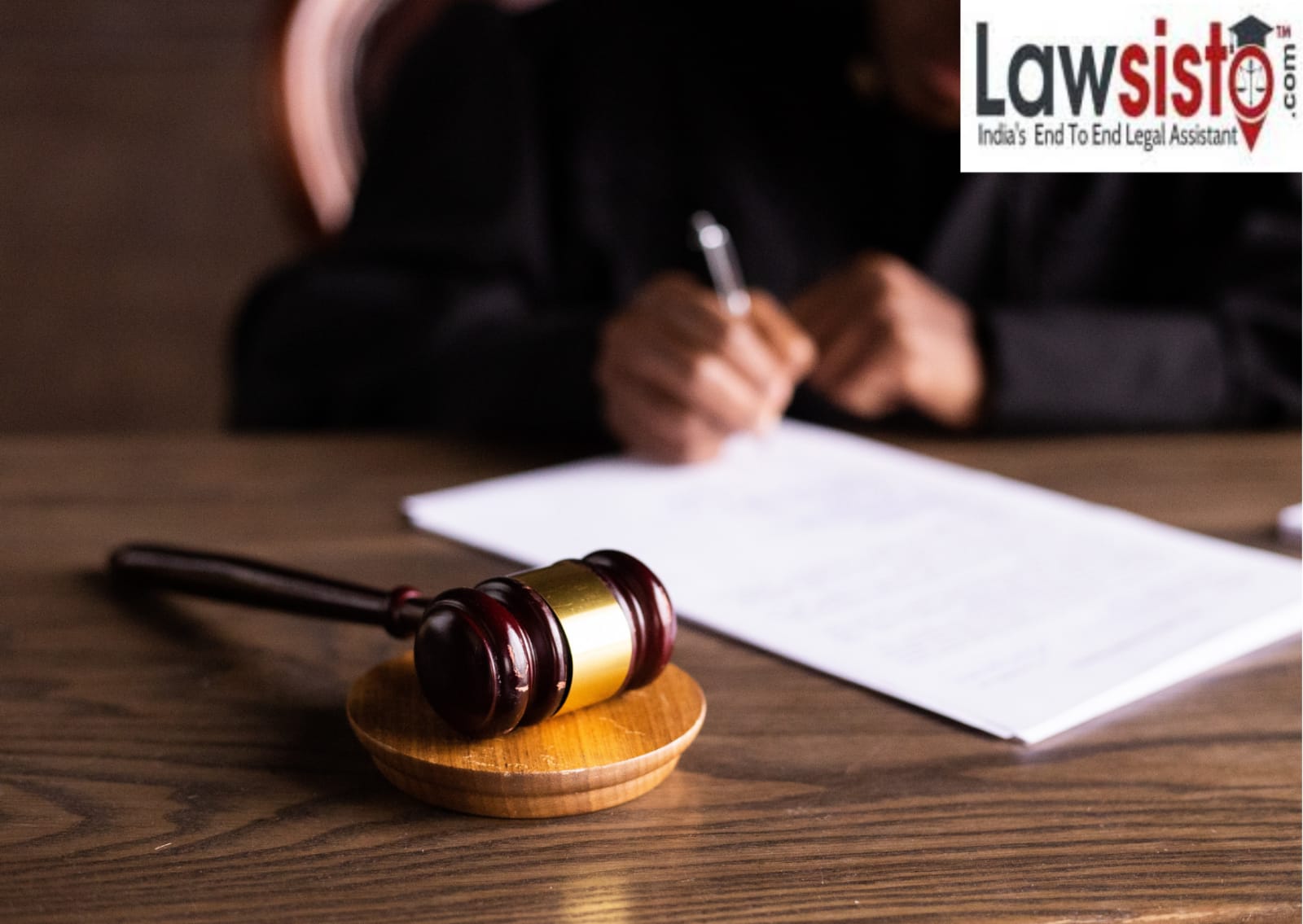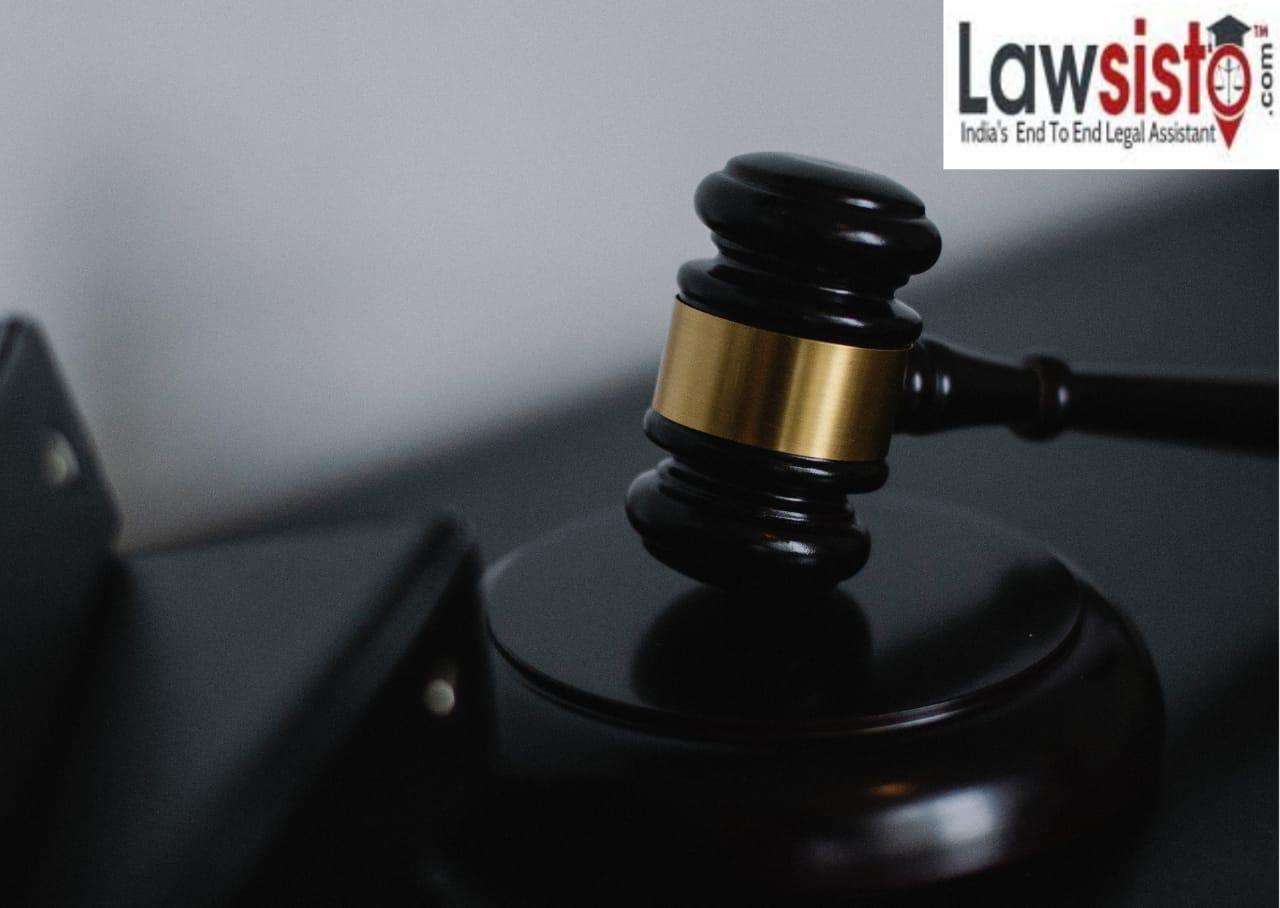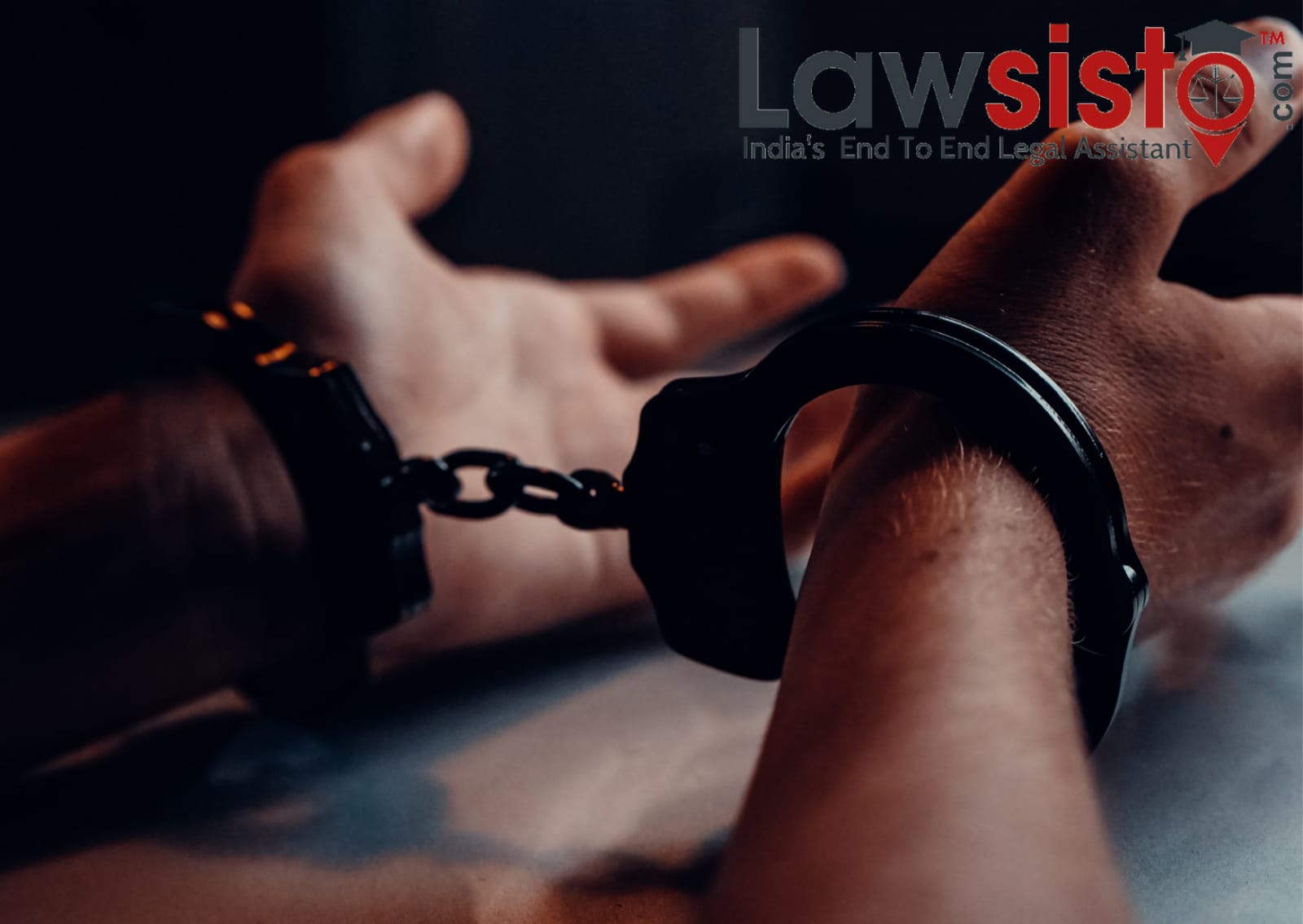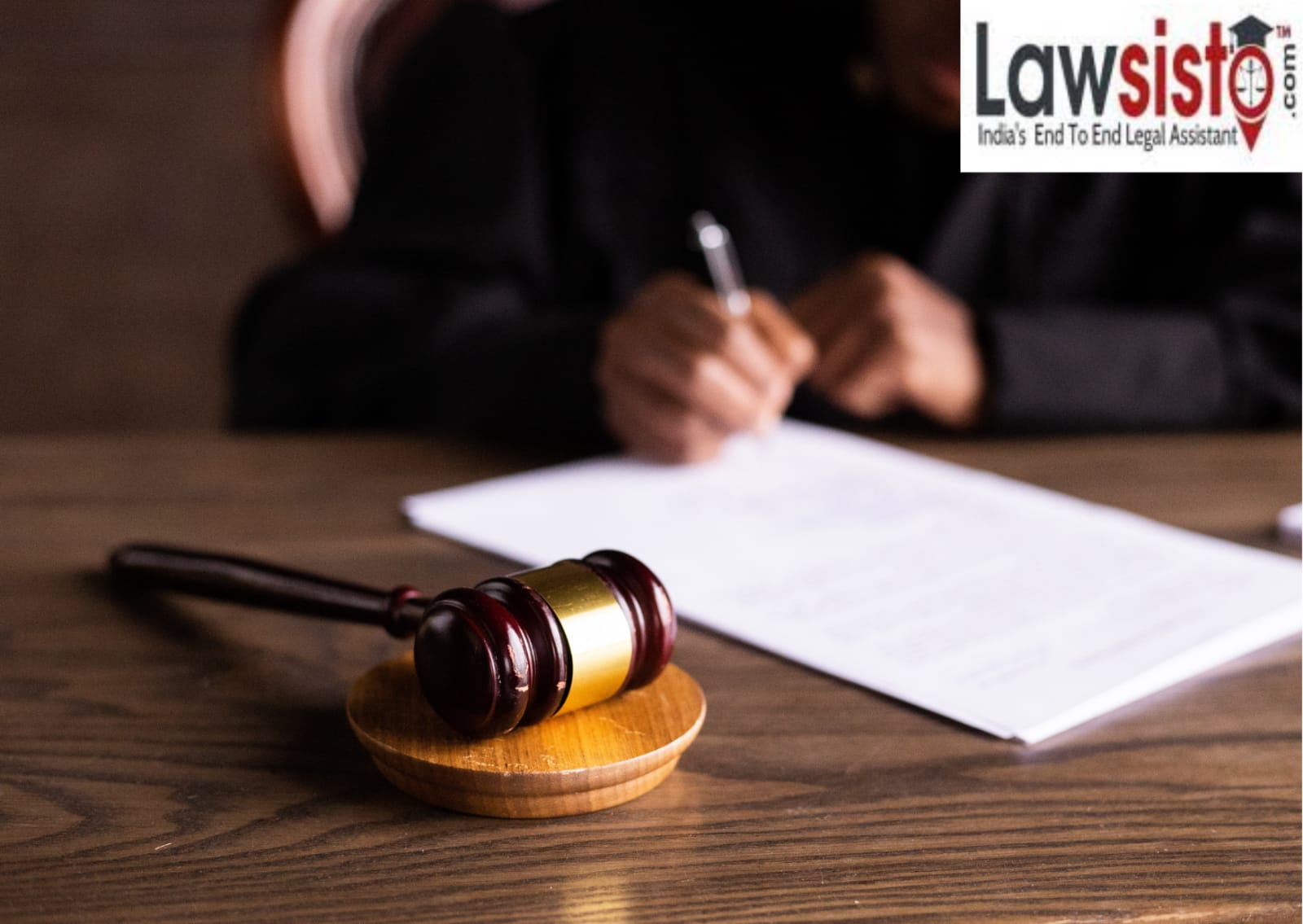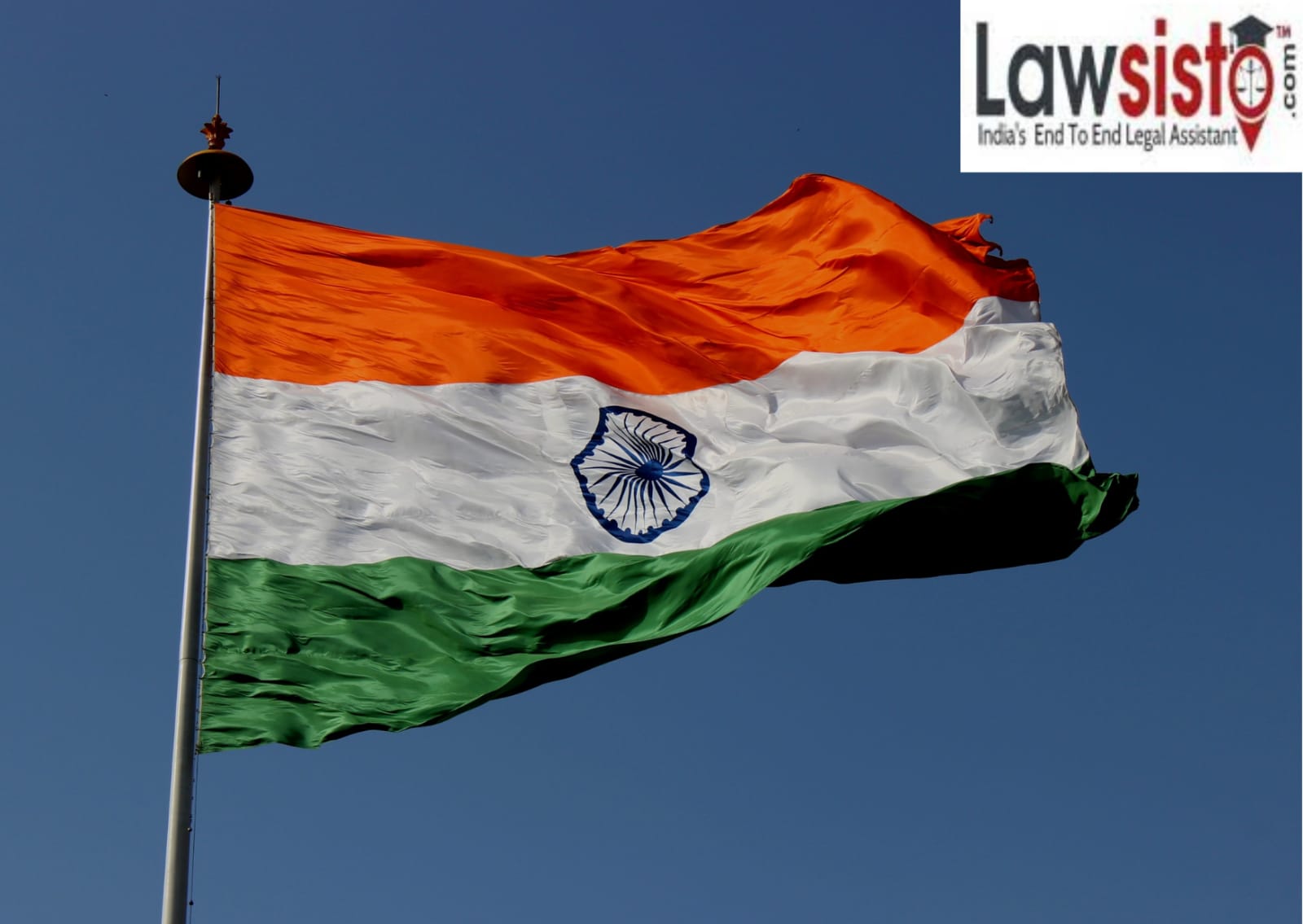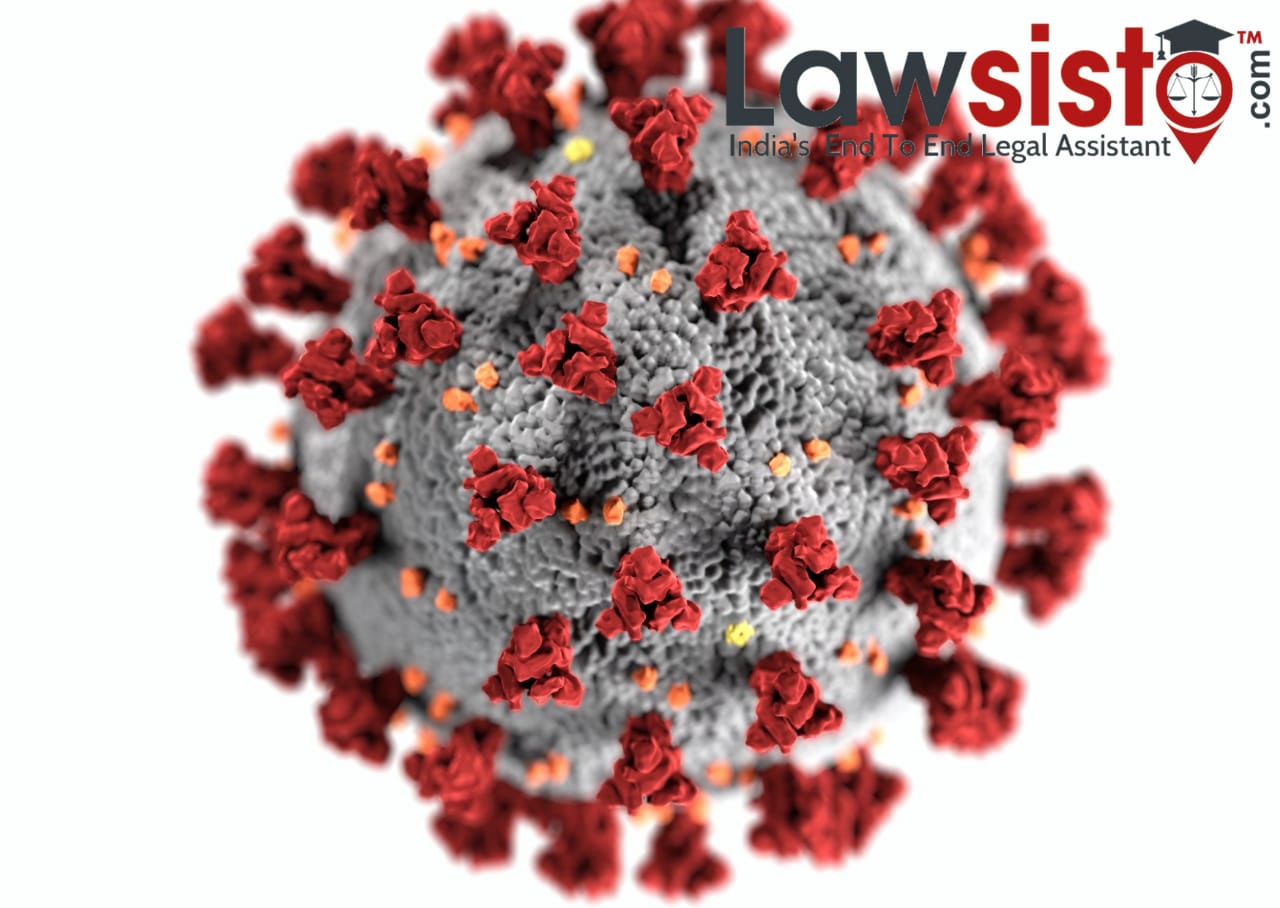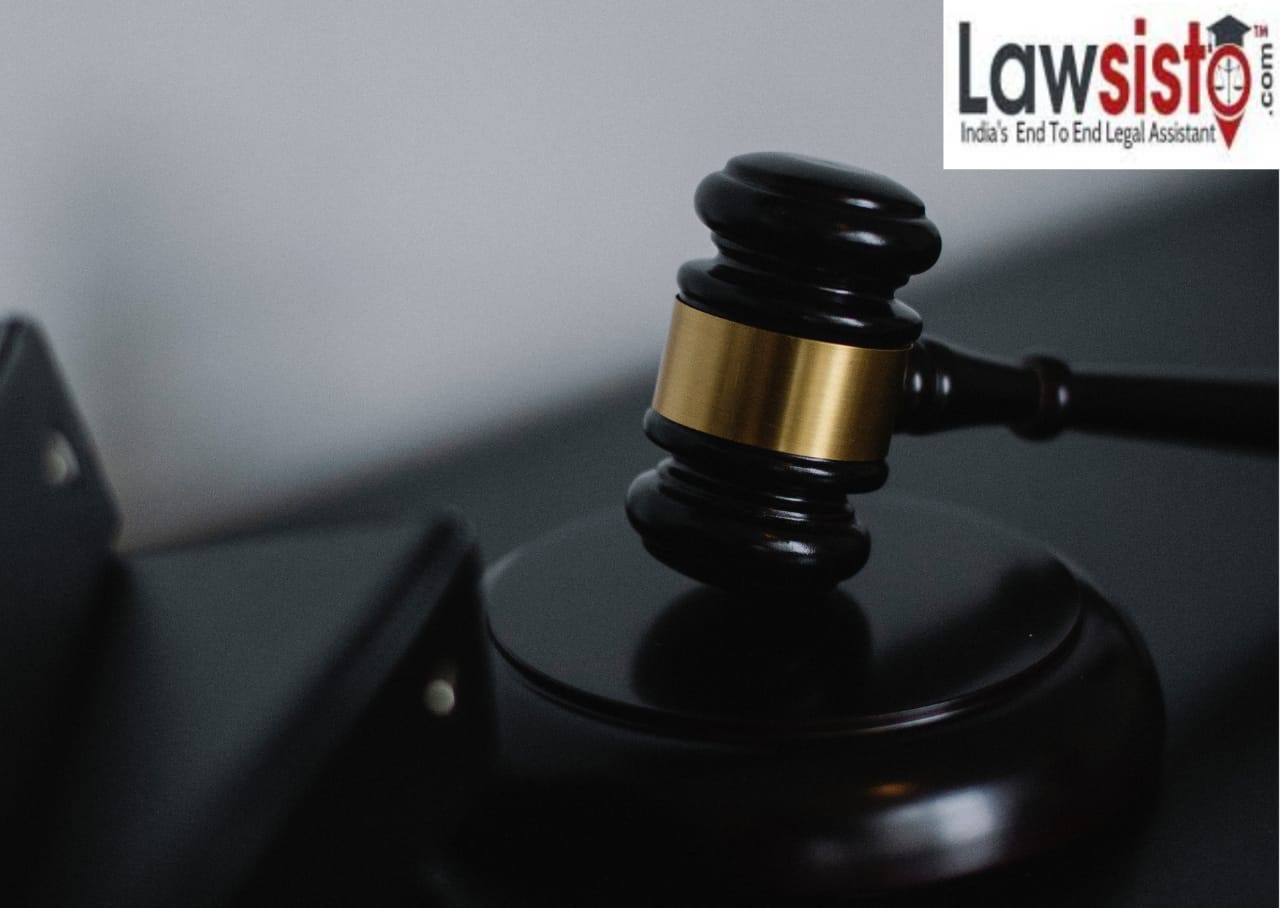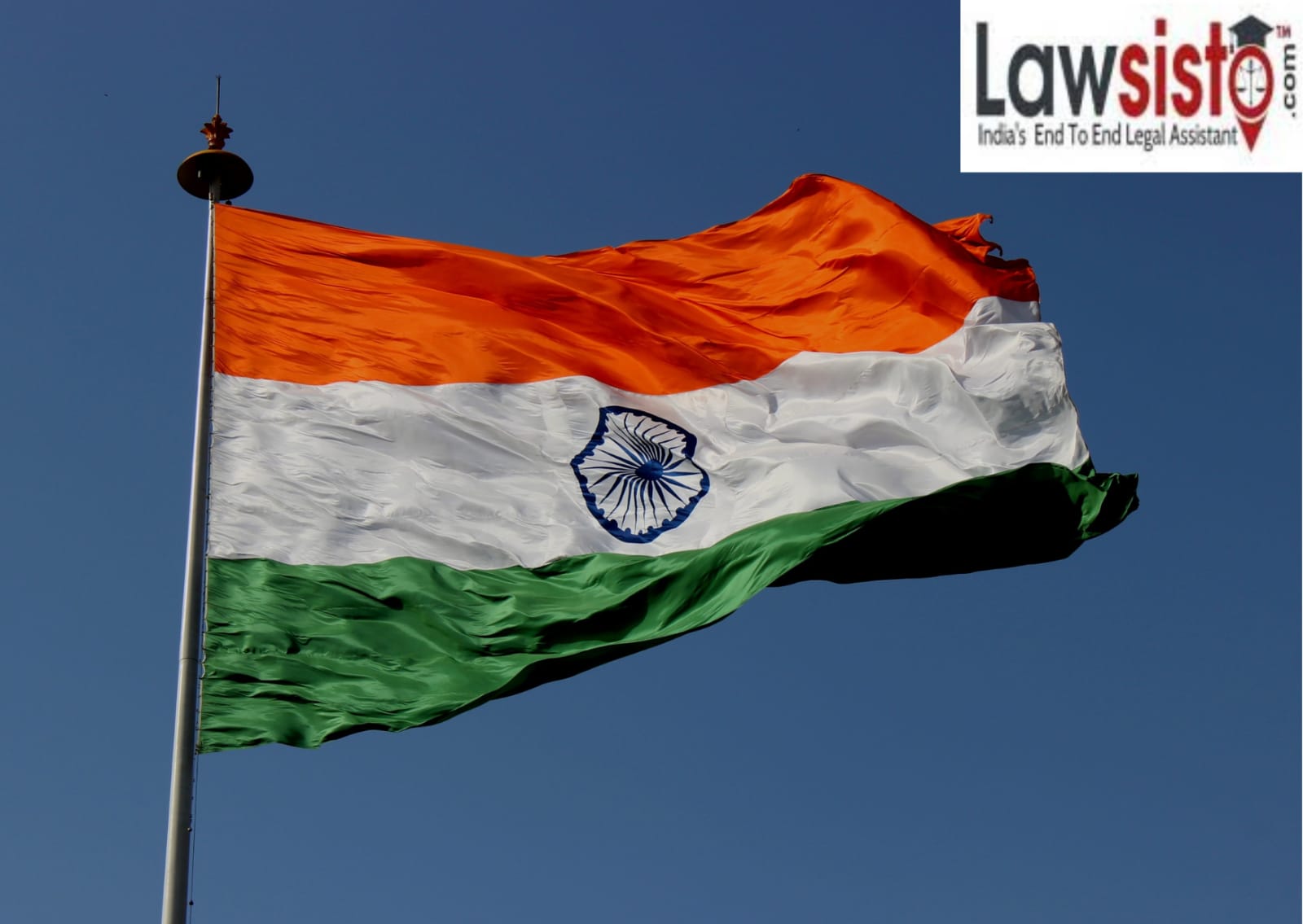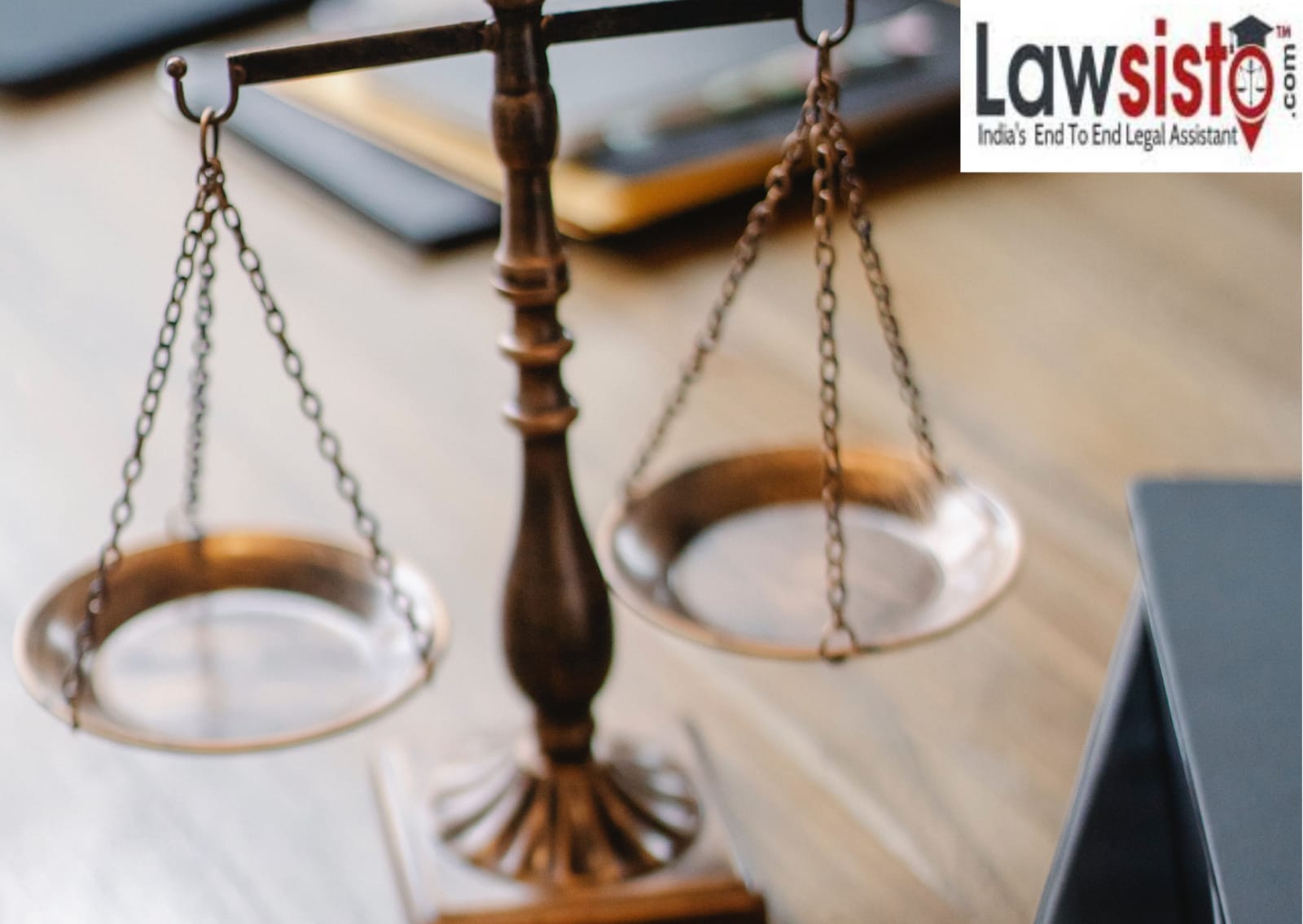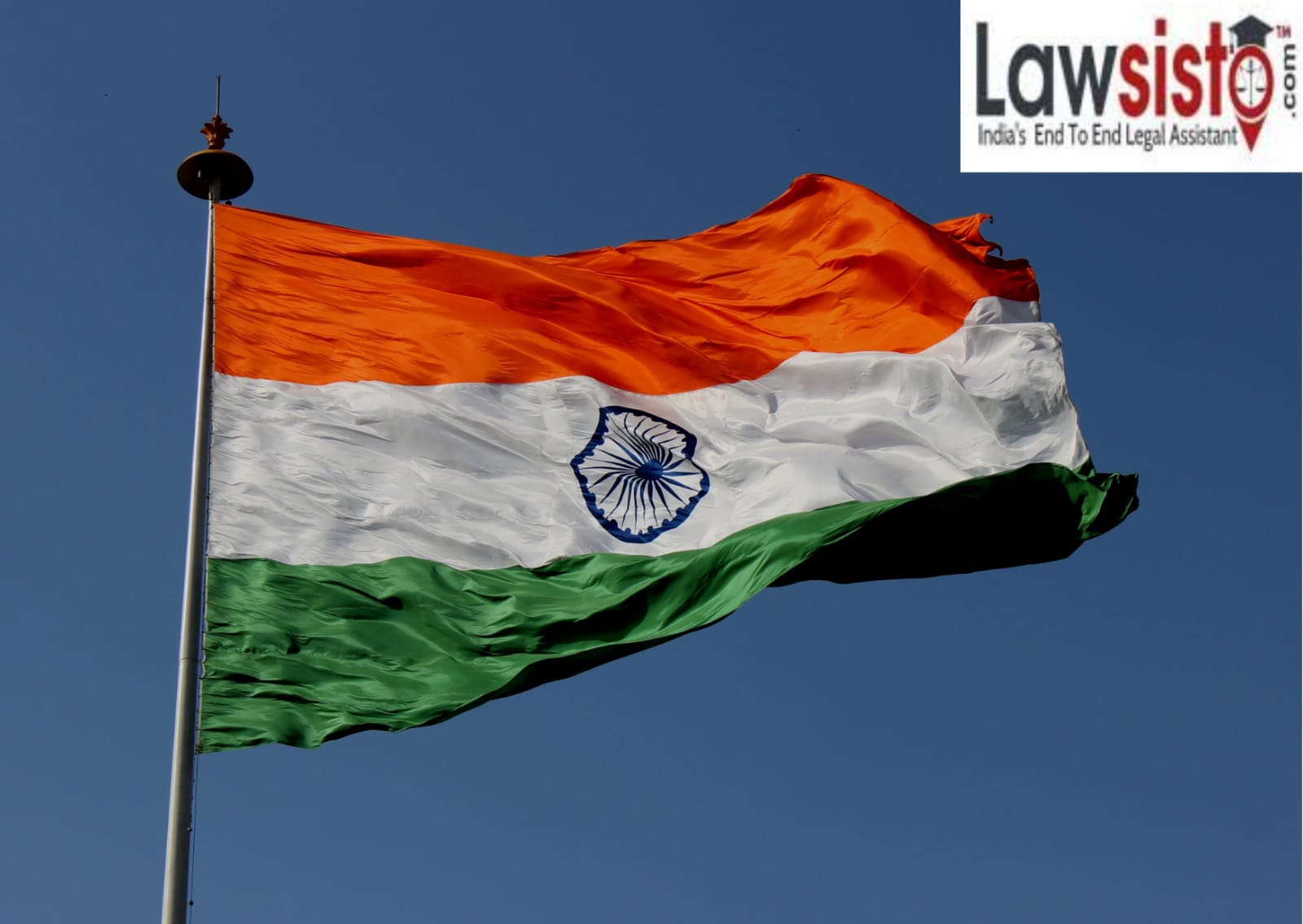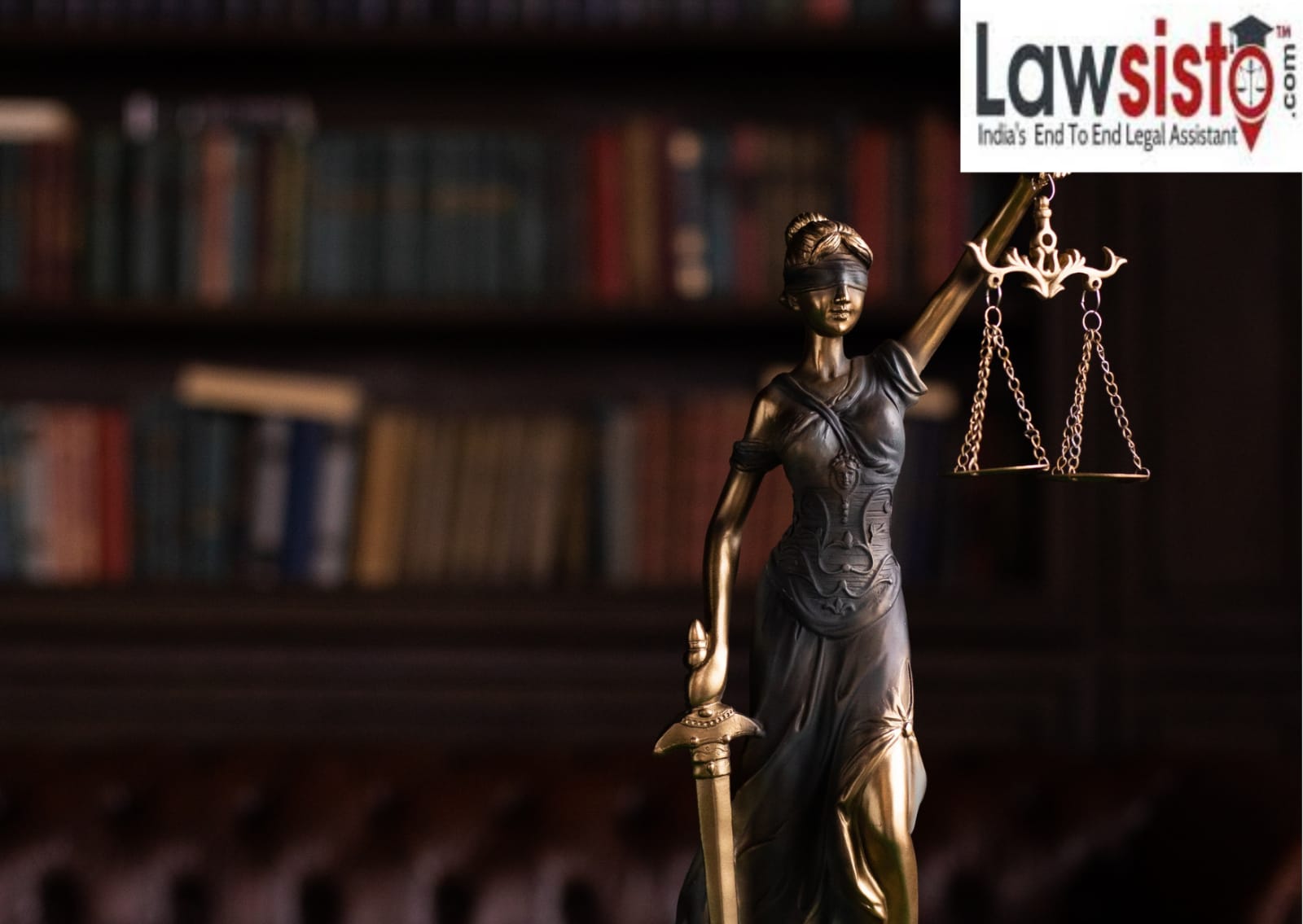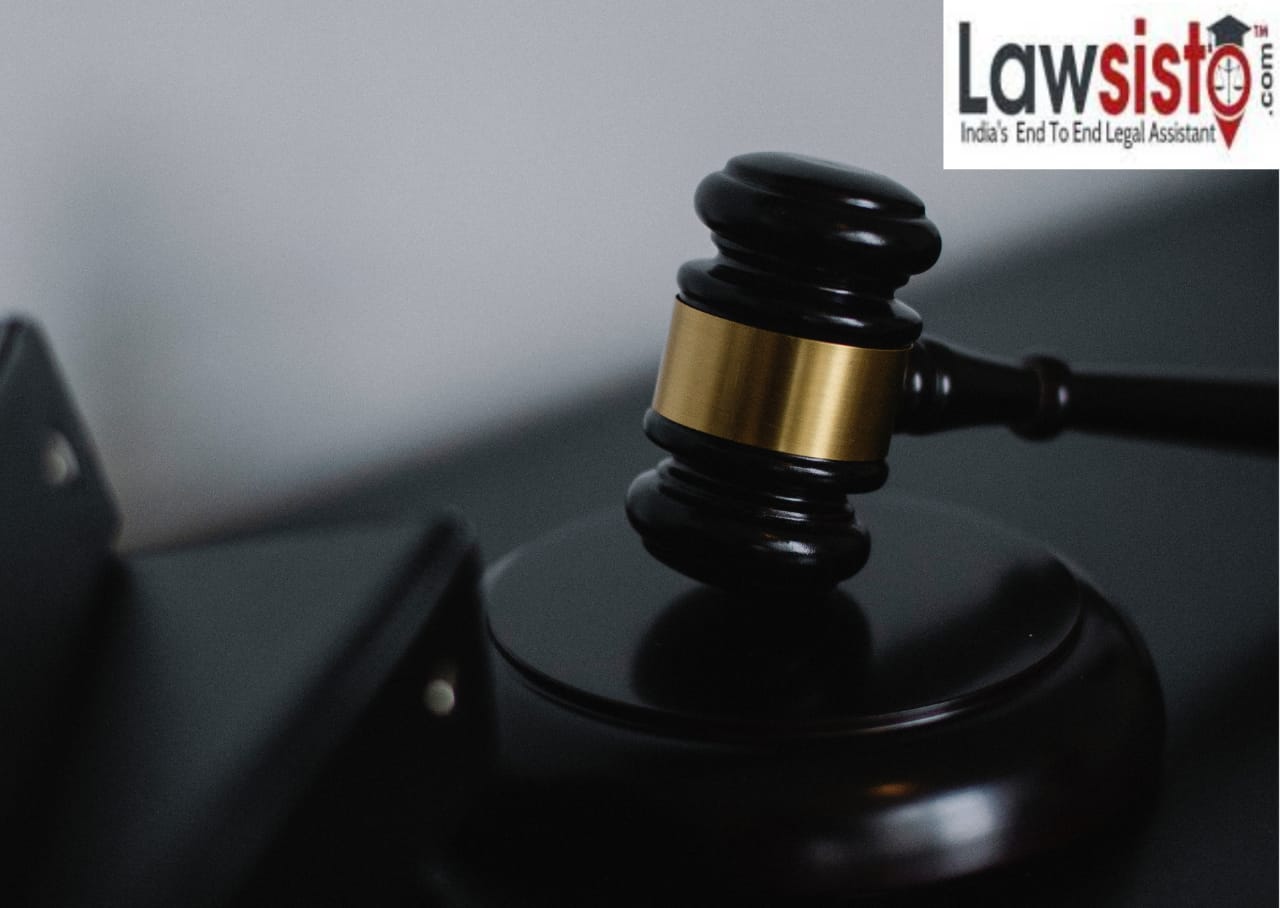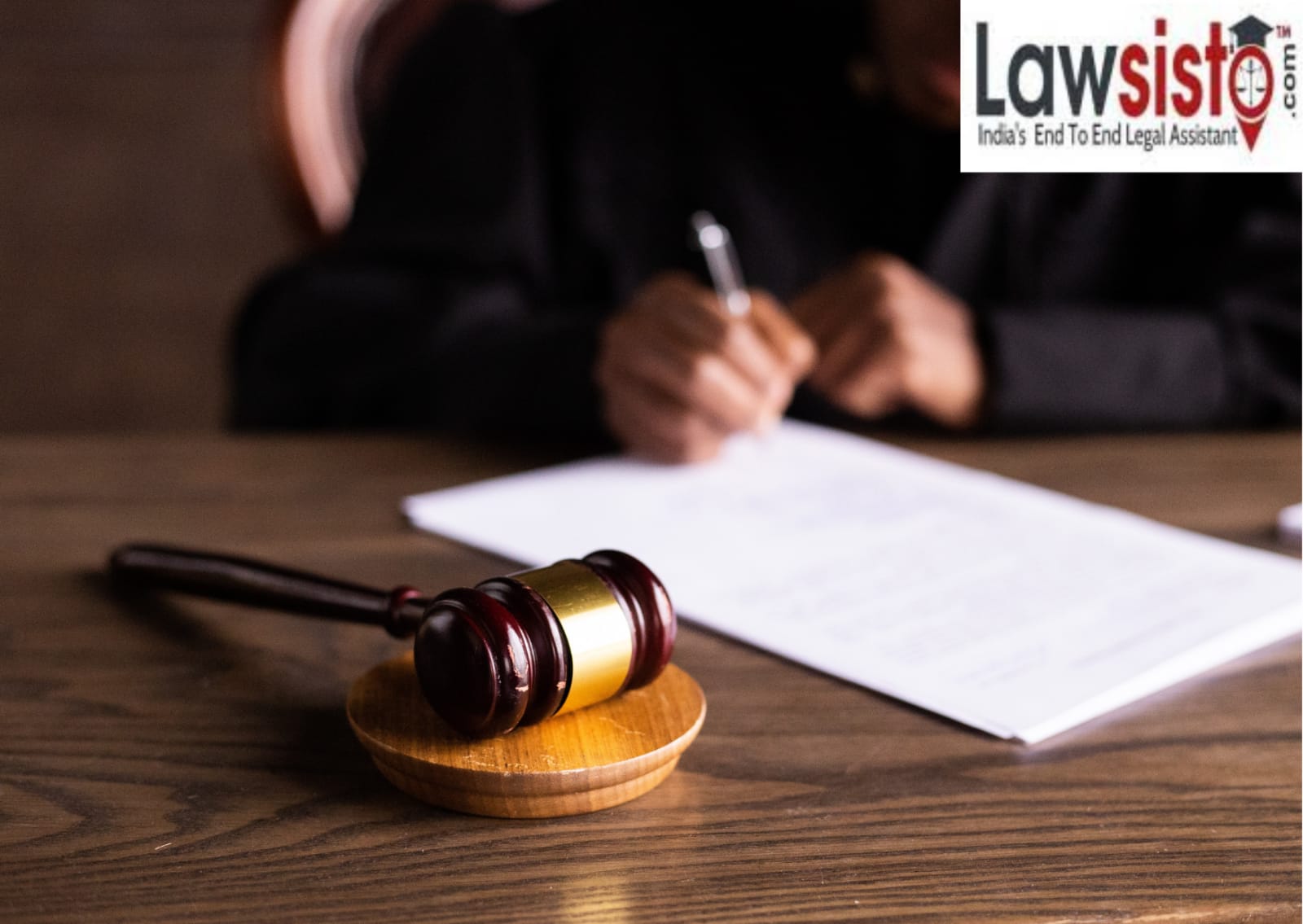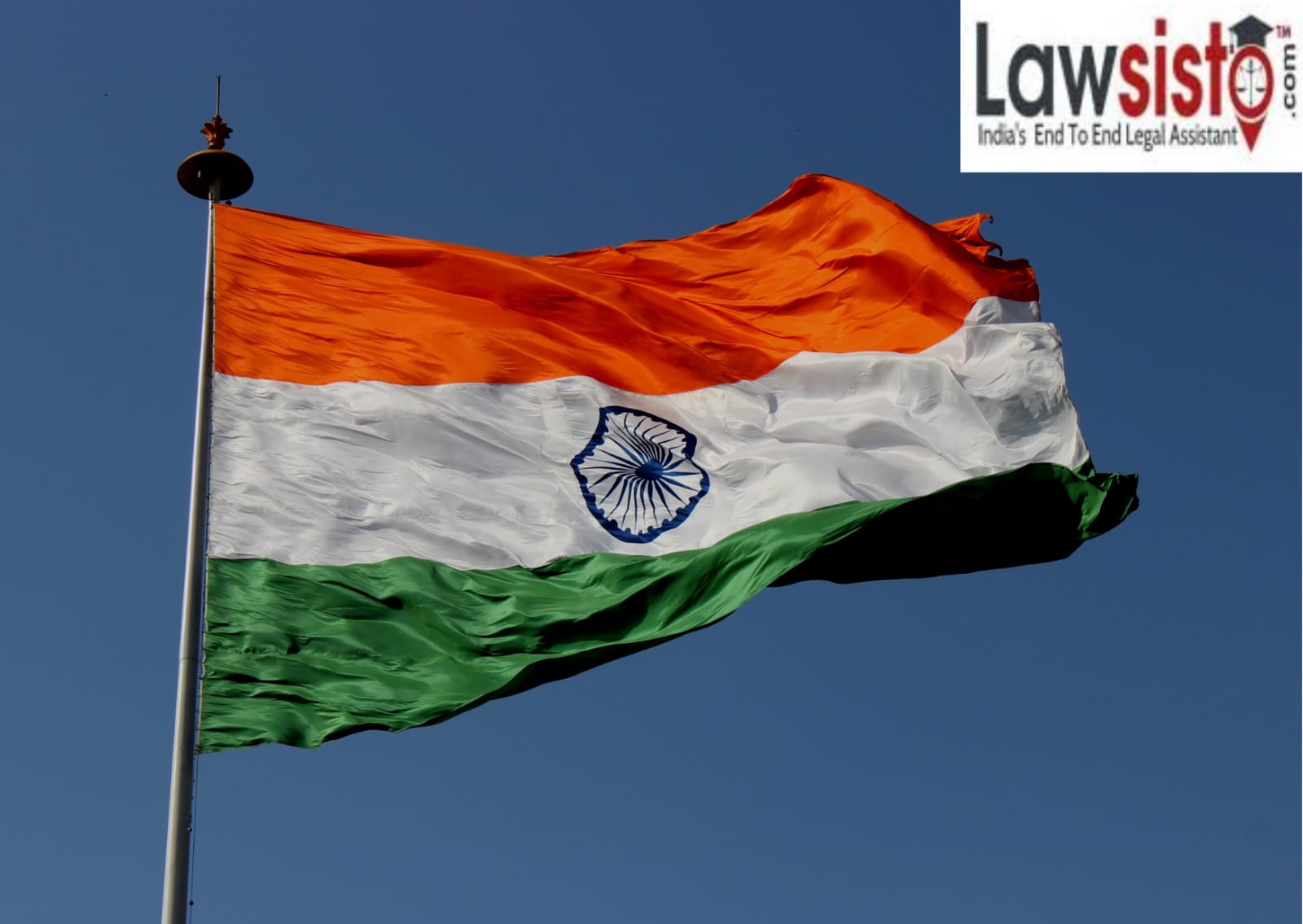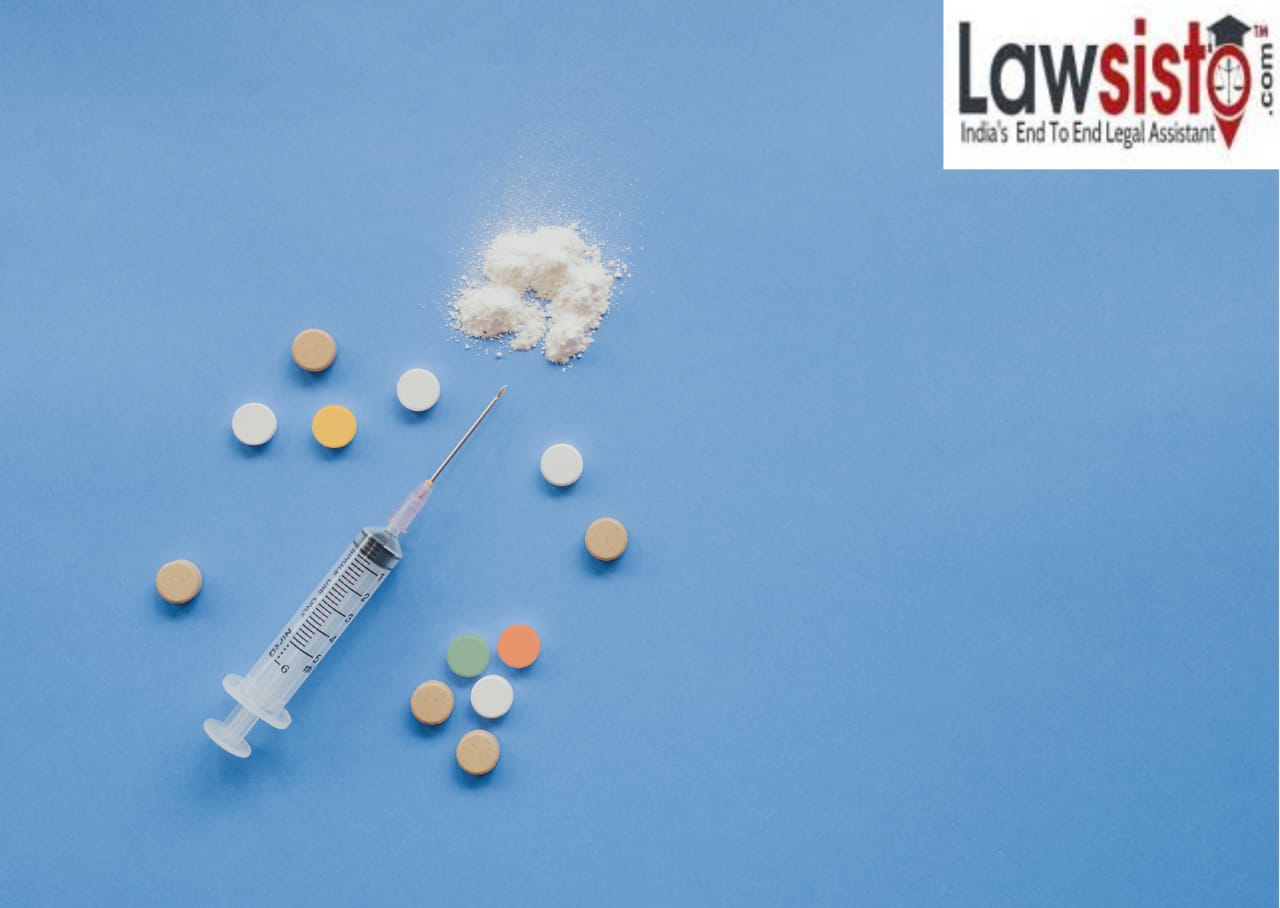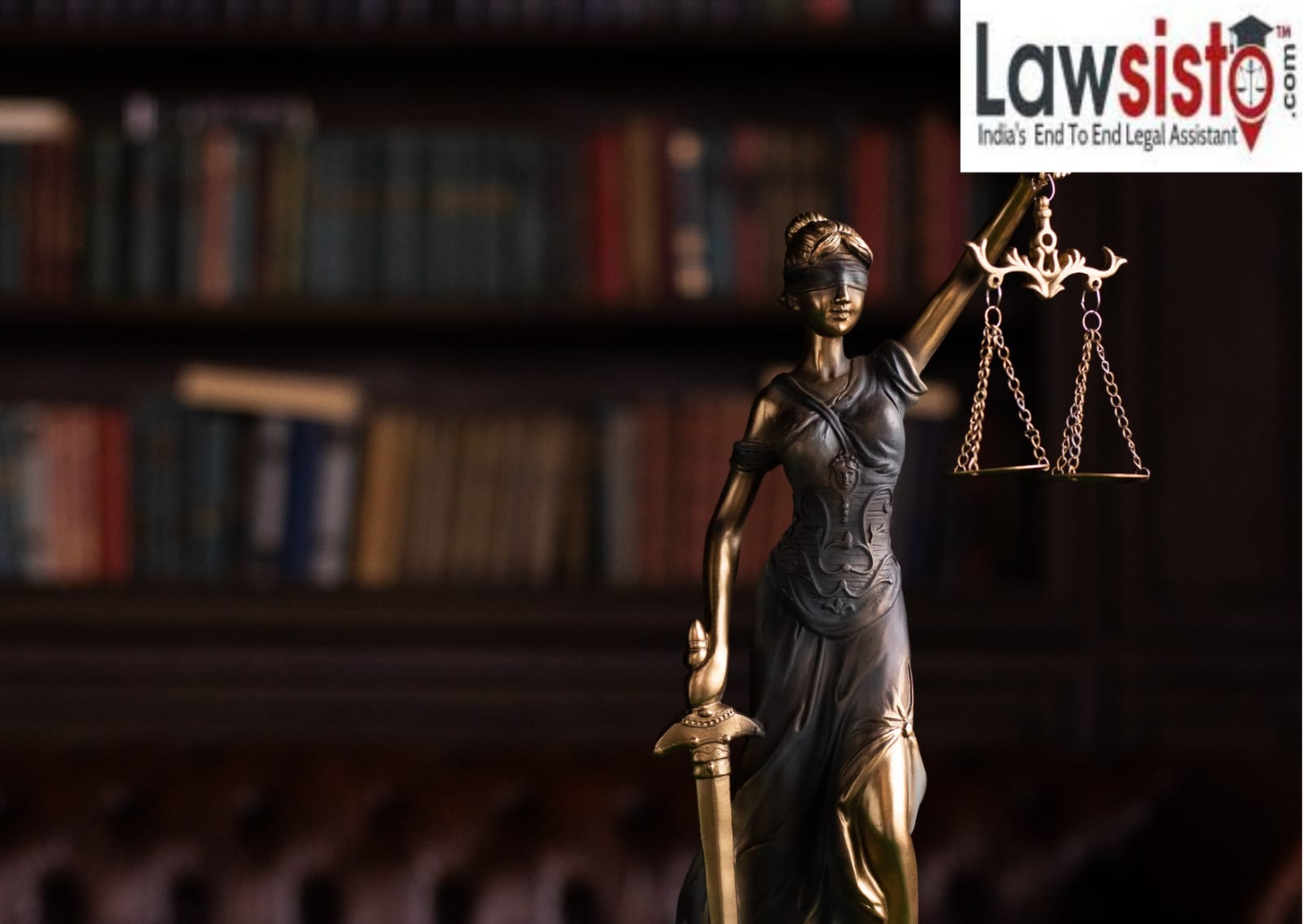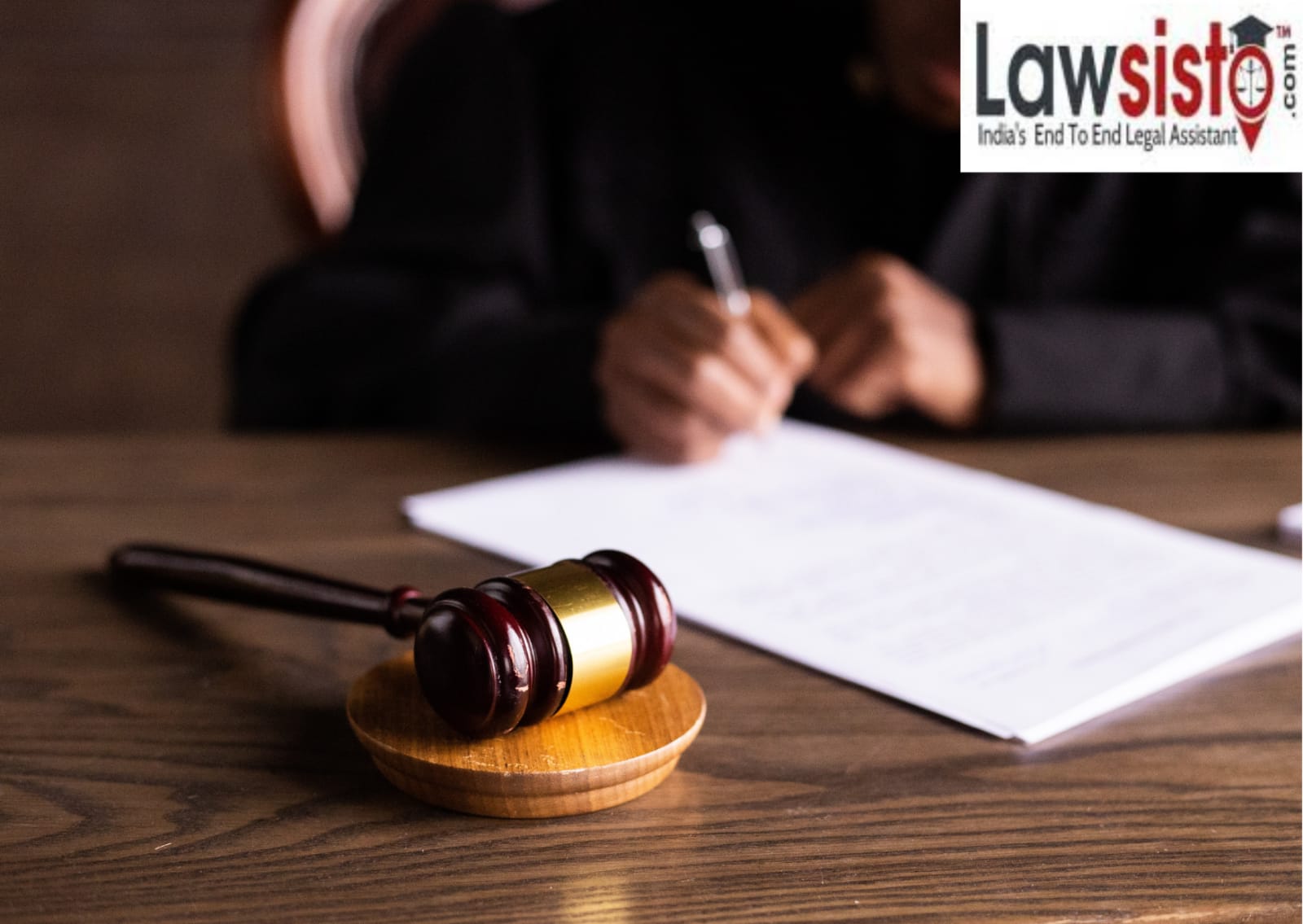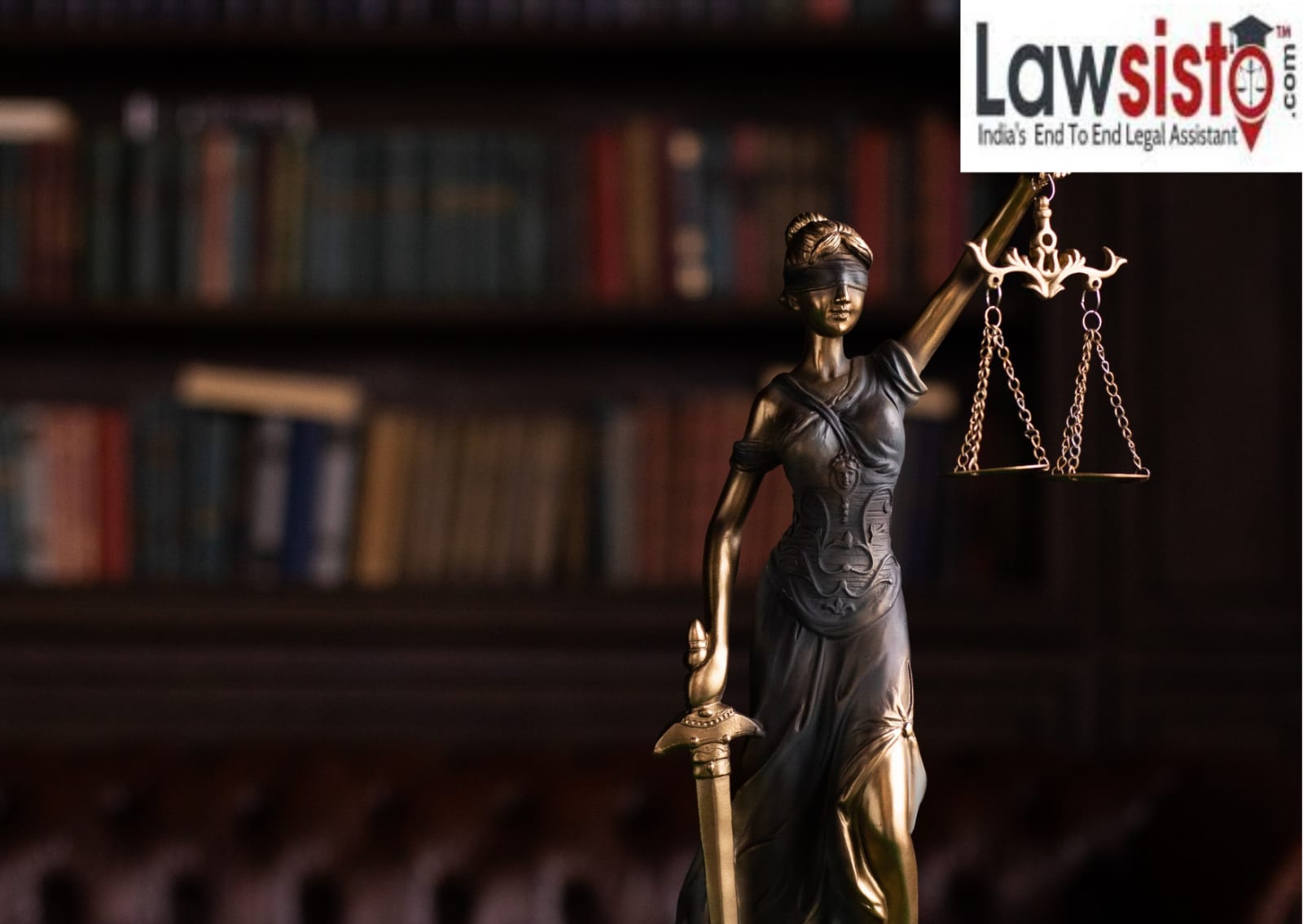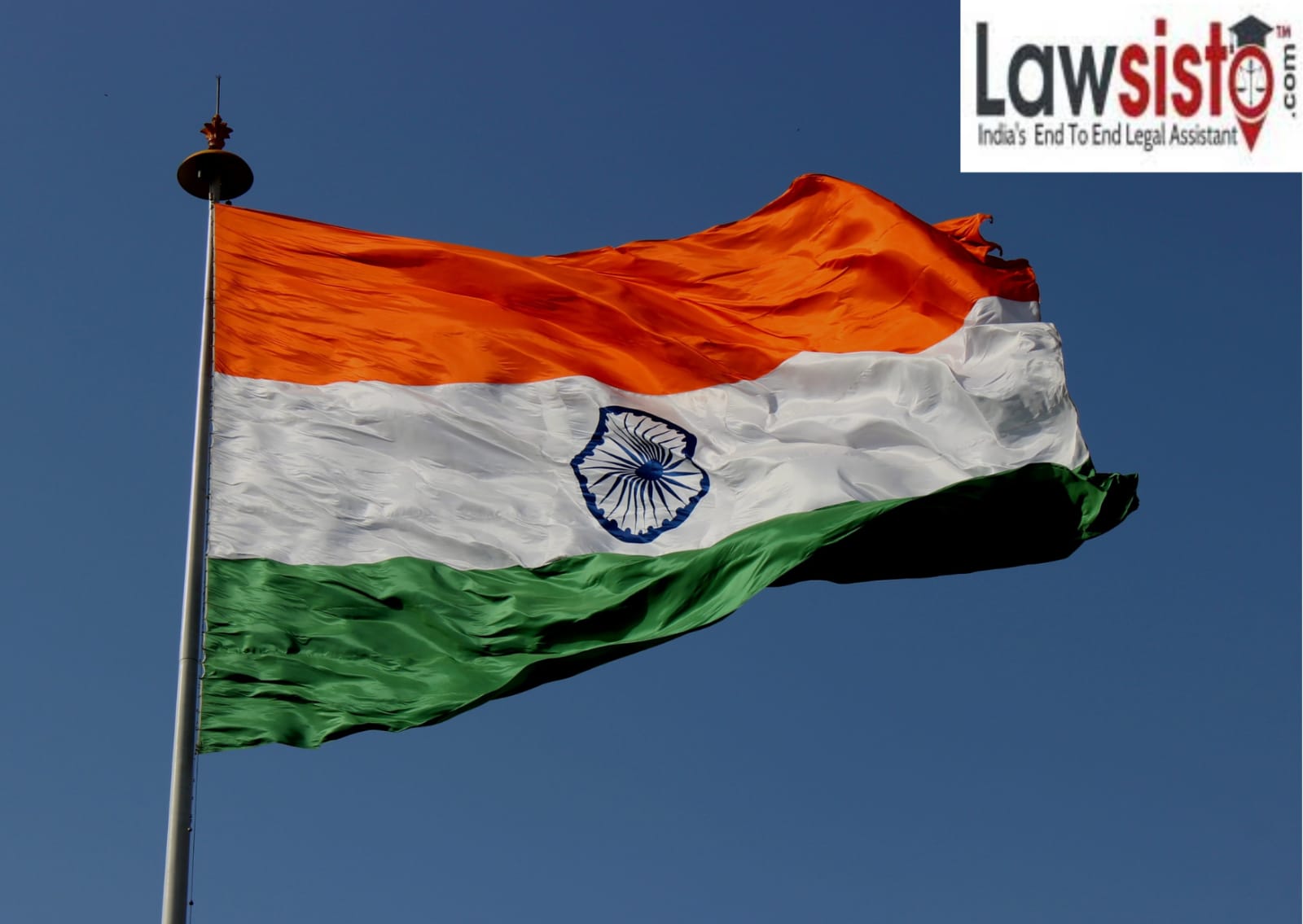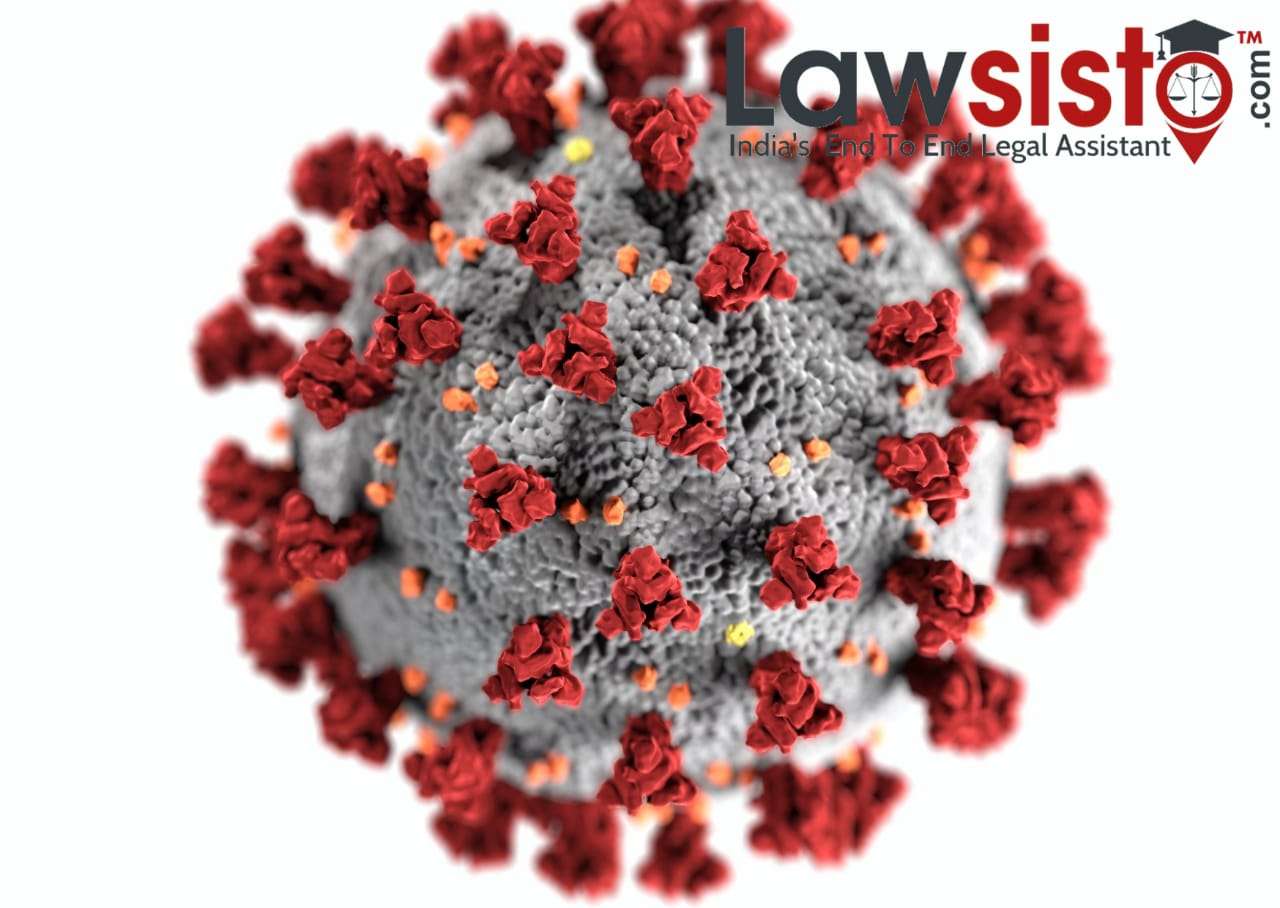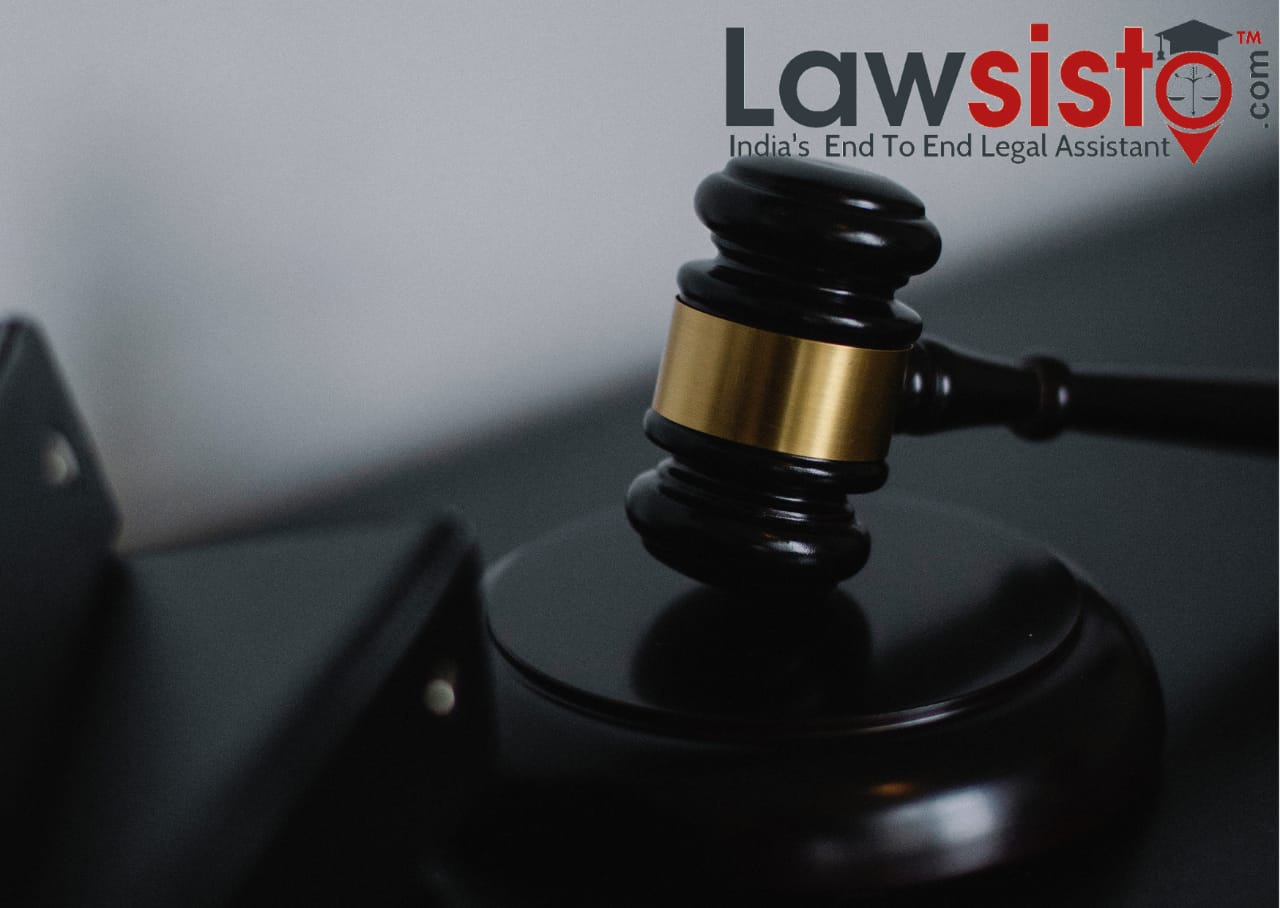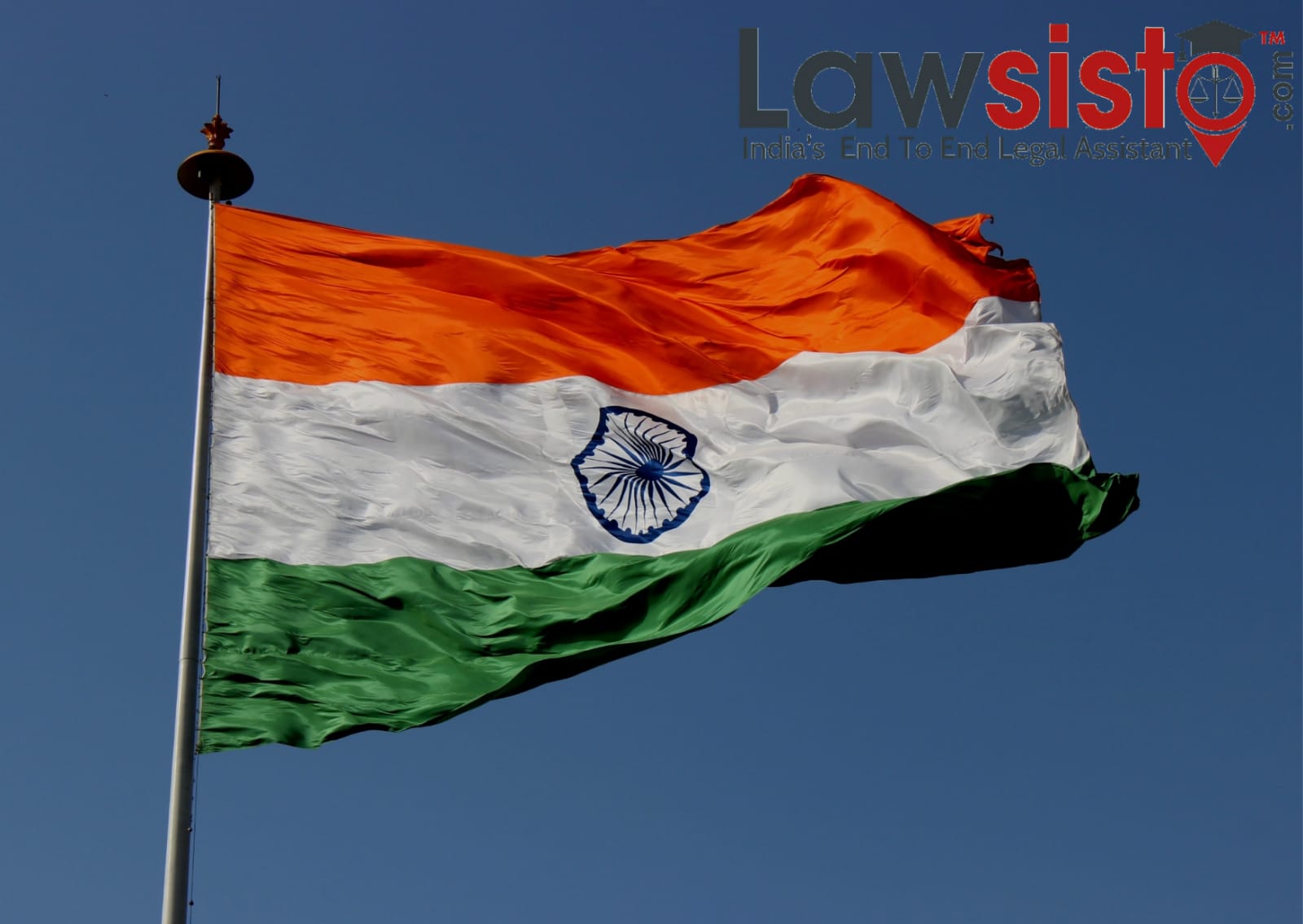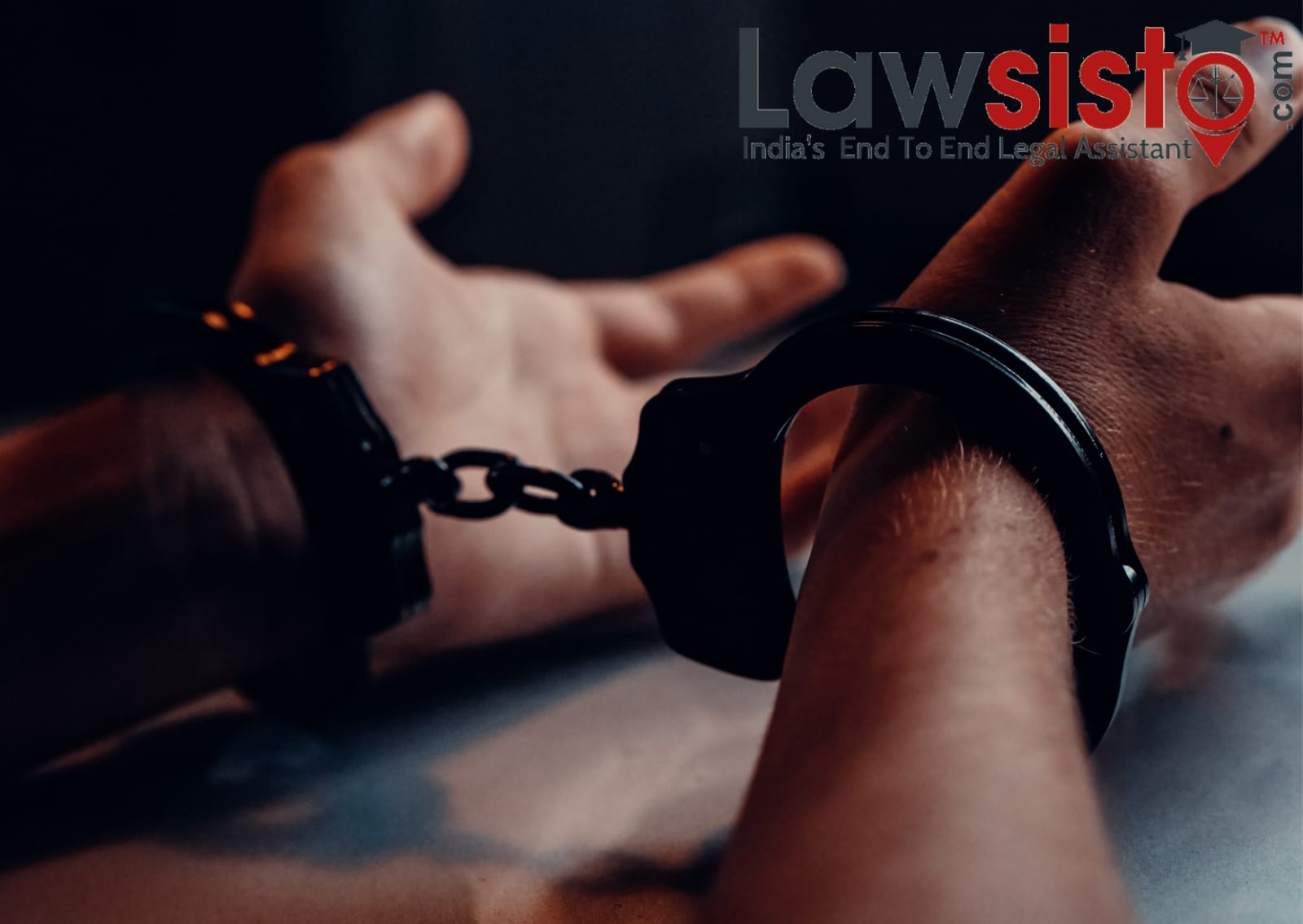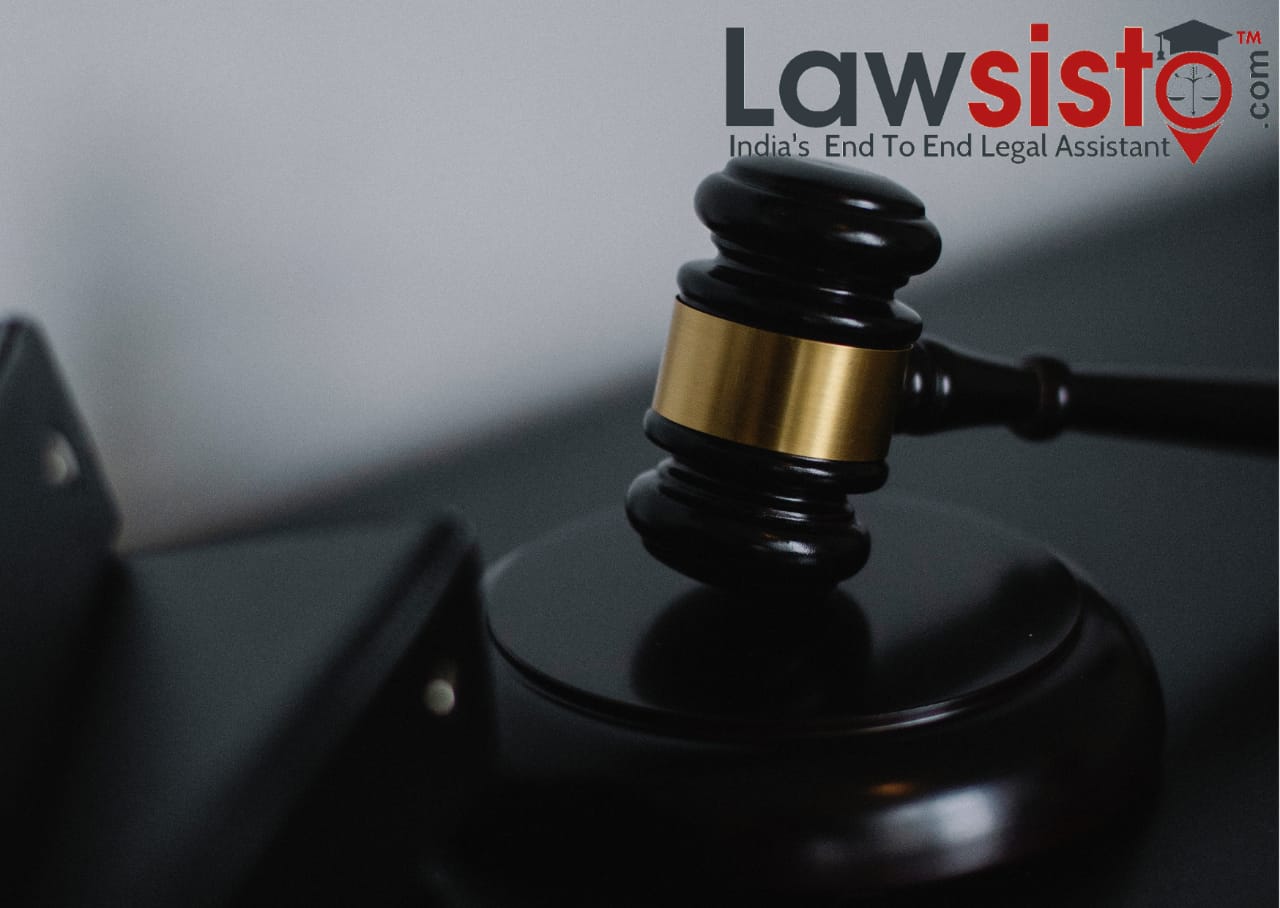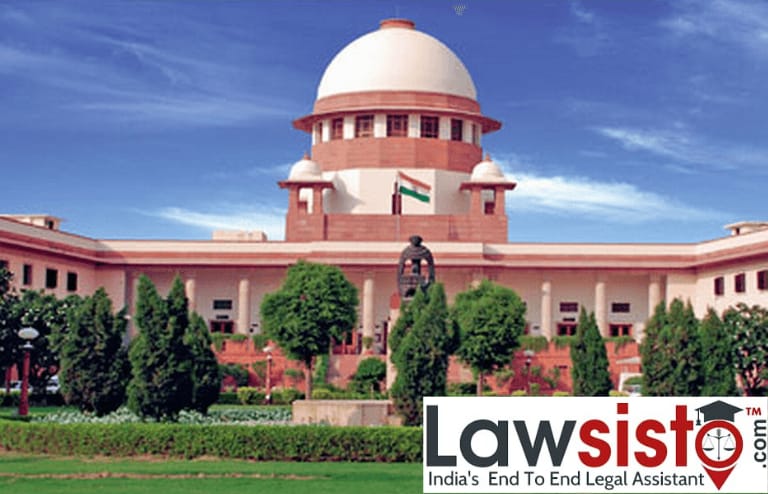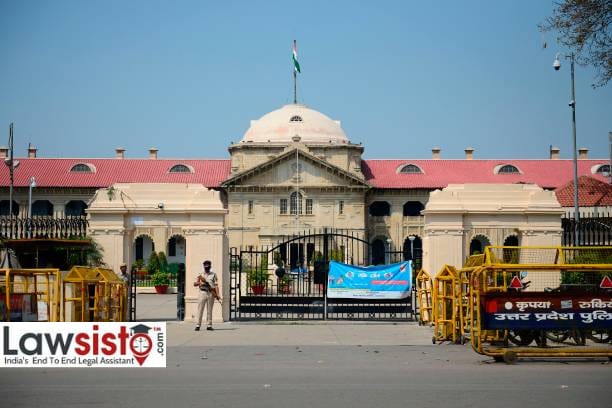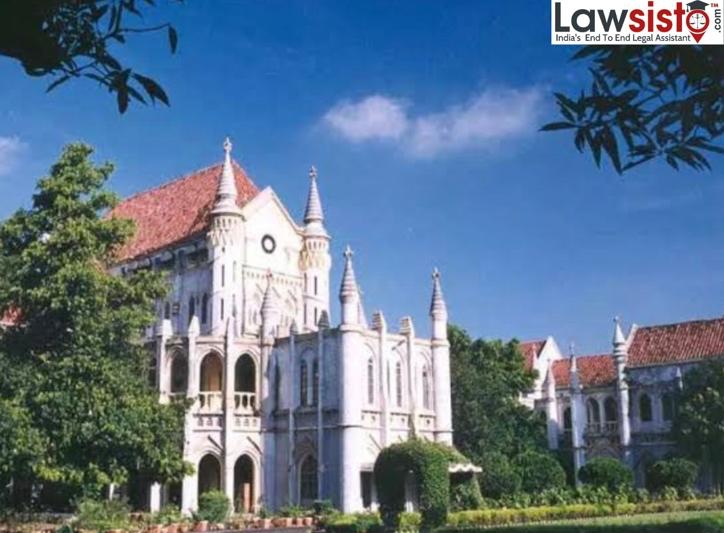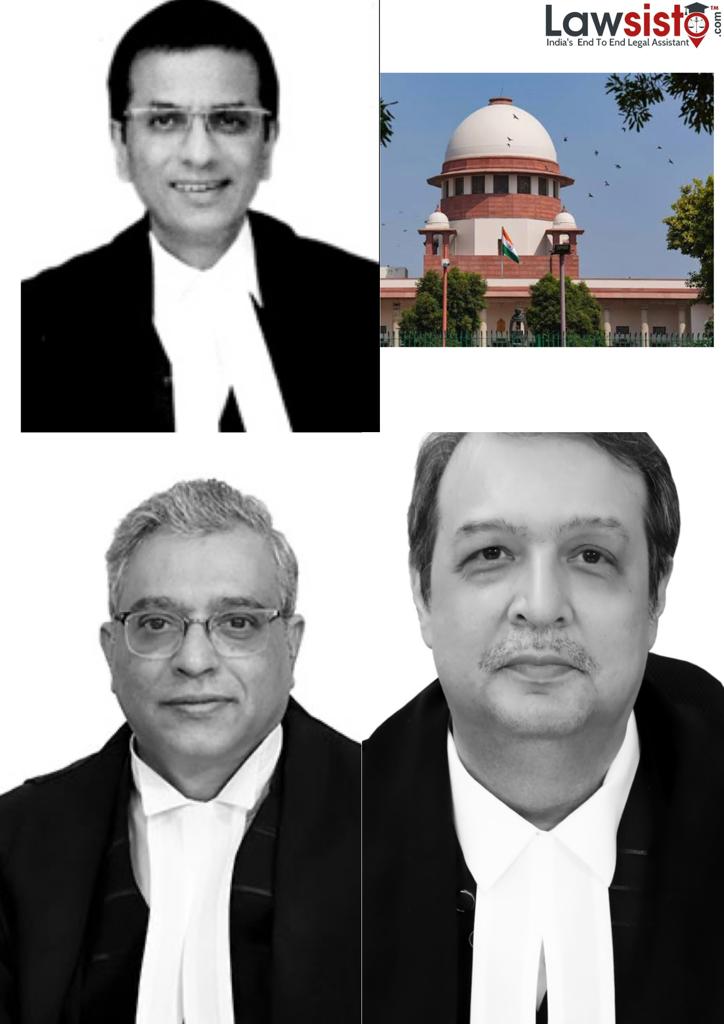Latest News
Public Interest Litigation in the Supreme Court Challenges Minority Act’s Failure to Address Minorities of State Level
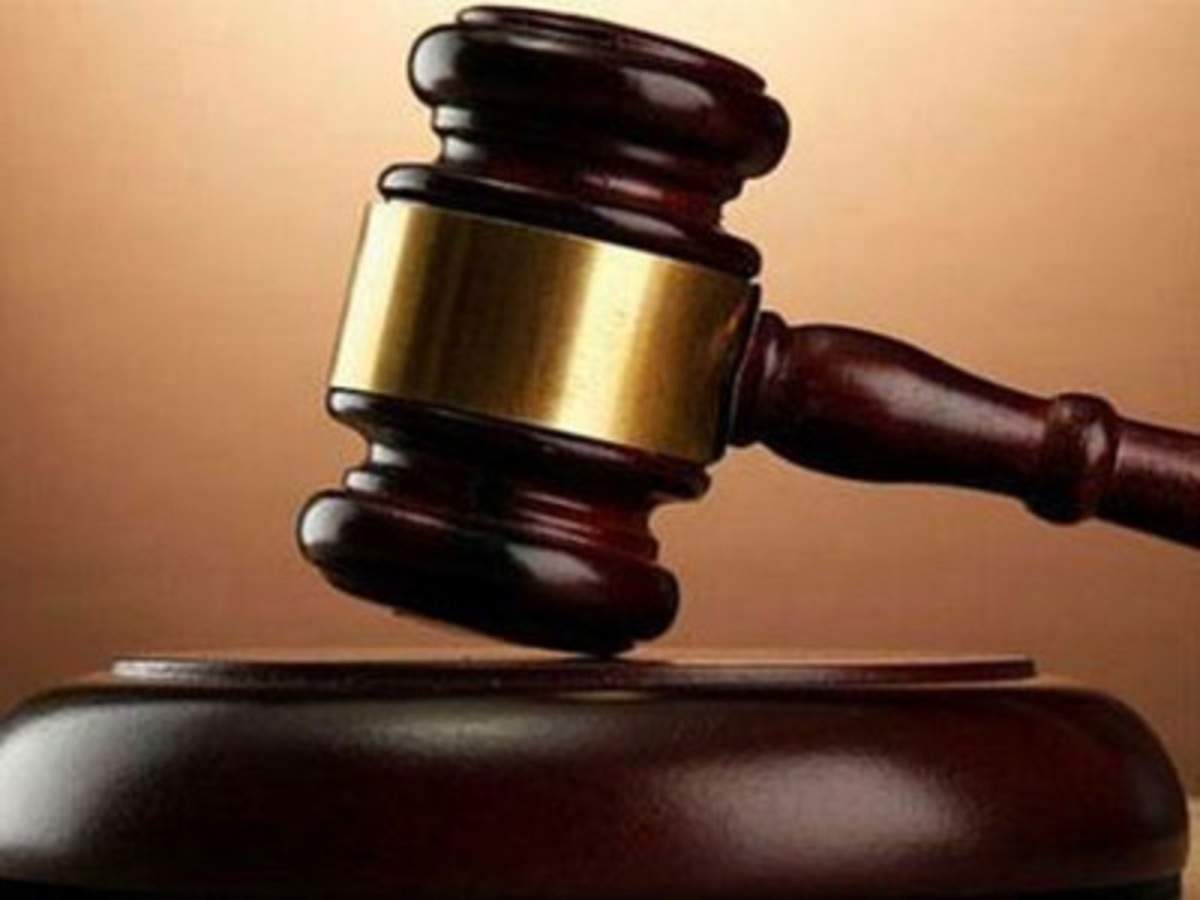
The Supreme Court issues notice on a plea challenging the validity of part of the National Commission for Minority Education Institution Act, 2004 for failing to recognize subgroups at the state level. The bench was headed by Justice Sanjay Kishan Kaul, Ajay Rastogi, Aniruddha Bose and petition was filed by Advocate Ashwini Kumar Upadhyay one of the leaders of BJP challenging the validity of section 2(f) of the National Commission for Minority Education Institute Act,2004 for not giving uncontrolled power to the Centre but also for being subjective to Articles 14, 15, 21, 29, and 30 of the constitution. The petitioner has submitted that by using uncontrolled power under section2(f) of the act, the Centre arbitrarily notified communities viz. Muslims, Sikhs, Hinduism and Judaism, Bahaism, Parsis, Buddhism and Sikhs who are minorities at the national level against the spirit of TMA Pai rules. Major Sections are in Ladakh, Mizoram, Lakshadweep, Meghalaya, Nagaland and Kashmir who cannot establish educational institutions of their choice because of non-identification of the minority at the state level thus risking their rights under Article 29 and 30 because the right under article 29-30 are being tapped off illegally to the majority community in the state because Centre has not notified them minority under National Commission for Minority Education Institute Act.
The petitioner added that it is relevant to the state that after the judgment in TMA Pai Case the legal position is very clear that the unit for the causal status of verbal and religious minorities would state. It is said in the petition that where the minorities like Bahaism and Hinduism are being disadvantaged of their rights the Muslim communities are establishing an educational institution of their choice because of their growing numbers according to the graph it can be seen that in Lakshadweep (96.58%) & Kashmir (96%) and of a significant population in Ladakh (44%), Assam (34.20%), Bengal (27.5%), Kerala (26.60%), UP (19.30%) & Bihar (18%). And same with Christians who enjoy the same rights as Muslims because of their majority. The states in which Christians can establish the educational institution of their choice are Nagaland (88.10%), Mizoram (87.16%), Meghalaya (74.59%) which is the same prestige followed by the Sikhs because of their majority in Punjab (57.69%) and also they are in some parts of Delhi, Chandigarh, Haryana and same with Buddhists in Ladakh with 50% of the population are enjoying their rights and privileges leaving behind other communities.
The Supreme Court on 10th November 2017 dismissed a plea filed by the Upadhyay who was in search of minority status of Hindus in seven states and one Union Territory and asked him to approach the NCM. Upadhyay stated that notwithstanding being the minority in these states, Hindus were not in a position to take advantage of the benefits meant for them and the groups which formed a majority in these states were still taking benefits meant for minorities.
The petition submitted said that Hindus are nearly 1% in Ladakh, 2.75% in Mizoram, 2.77% in Lakshadweep, 4% in Kashmir, 8.74% in Nagaland, 11.52% in Meghalaya, 29% in Arunachal Pradesh, 38.49% in Punjab but they are still not considered as a minority. And they are still not able to protect themselves under section 29-30 of the Indian Constitution and cannot establish an educational institution of their choice and same with the followers of Bahaism and Judaism who are only 0.1% and 0.2% in these states.
Conclusion
The Supreme Court issued a notice to the Centre on a petition filed by the Lawyer and BJP leader Ashwini Kumar challenging the validity of the National Commission of Minority Educational Institute Act (NCMEI) 2004. The bench was headed by Kishan Kaul asked the Ministry of Home Affairs, the Ministry of Law and Justice and Ministry of Minority Affairs to respond to the PIL. The applicant wanted the Supreme Court to seek the problems faced by the minorities of the state. The PIL stated that communities like Hinduism, Judaism, Bahaism, Parsis, Muslims, Sikhs were not able to establish or administer under the choice of an educational institution, their protection under article 29-30 is violating.
Document:
